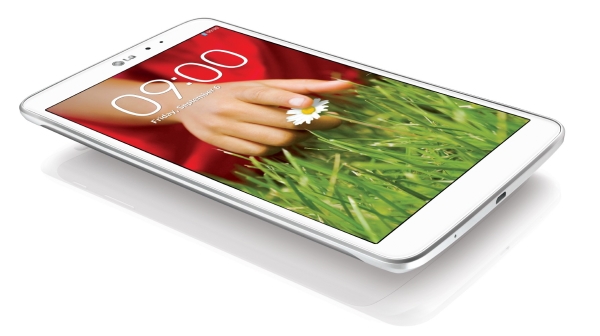The countdown to Windows 8.1 is officially on. Whoever thinks that Windows 8.1 is squarely a consumer-centric release is heavily mistaken. After spending a month with Windows 8.1 Pro on my Thinkpad X230 Tablet, I can definitively say that Windows 8.1 is shaping up as a rock-solid option for the enterprise. I've previously written about why businesses should have been considering Windows 8 for their next upgrade cycles. With 8.1, Microsoft's latest OS is a service pack on more than a few steroids.
By any measure, I've been a vocal, bullish early adopter of Windows 8. My day to day consulting work for customers doesn't allow me to stay stuck on previous generations of Windows. Even if I did prefer Windows 7, my mixed client base is moving to 8 whether I like it or not. I need to be prepared for the questions and troubleshooting that ensues, which means I need to be their resident Windows 8 expert.
And I won't lie: Microsoft has pleasantly surprised me with Windows 8. Even on a non-touchscreen Thinkpad T410, my experiences with the new OS have been generally positive. Sure, my initial foray was met with skepticism and a twitch desire for the old and familiar, but I got past the mental speedbump and haven't turned back.
I readjusted my workflow when I made the switch off Windows 7. Mind you, I spend about 90 percent+ of my time in the Desktop interface on 8 (and recently, 8.1) and after a few hours of hunting for the Start button, I started to take advantage of the fruits that 8 offers. Searching for what I need instead of pecking through menus or organizing rows of shortcuts. Making use of the Charms. After a while it hit me: this new interface just made sense. I found myself saving time on mundane tasks that were otherwise nestled in click-here, click-there combinations.
My day to day work is highly dynamic and the needs of the hour determine what I'm working within. One minute I'm administering a server over Remote Desktop or helping a customer with our live support tool, ScreenConnect. The next I'm cranking out a proposal in Google Docs. Perhaps working on my company's financials in QuickBooks Online. Throw in some Hyper-V and VirtualBox usage for testing different OSes, and round out my day doing some number crunching in Excel. I have yet to throw a use case scenario at Win 8 that didn't feel right or work as expected. I also cannot remember a single "Blue Screen" since jumping ship from Windows 7.
This transition for the Microsoft OS ecosystem is no doubt a generational one. Not unlike Office when the Ribbon trashed the menu-heavy interface in version 2007. Not unlike how XP completely transformed the Start Menu from the die-hard Classic look/feel of Windows 2000. And to a lesser extent, not unlike Windows 3.1 which slapped a full GUI on us and rejected the notion that "everyone wanted DOS". I'm still not sure why companies like Apple can toss the revolutionary iOS on a generation of users without a hint of an uproar, and Microsoft is held to a last-generation expectation from the masses. Double standard, anyone?
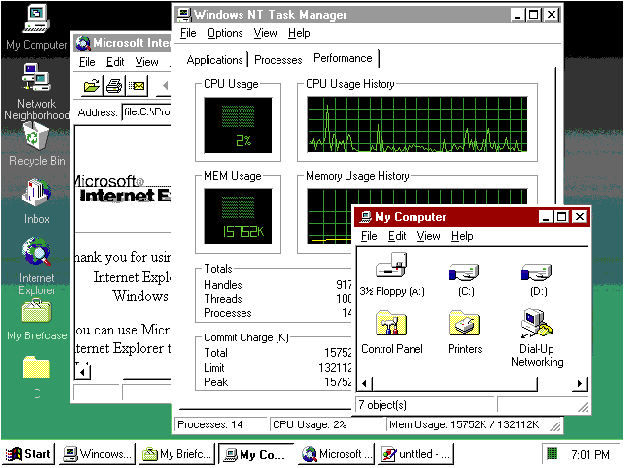
Just two decades ago, the command line of DOS gave way to the first wave of Windows GUI desktops in the workplace. Still yearning to go back -- for old time's sake? The removal of the traditional Start Menu is no different in conceptual progression. (Image Source: Microsoft)
Enough with the soapbox. Windows 8.1 brings a ton of new functionality to the table for the business, government, nonprofit, and education sectors. And the best part about the new OS? It's completely free. As in zero dollars, zero cost, you name it. Businesses that have already either partially or fully moved to Windows 8 will be able to get the update at the same cost of free as any consumer. This goes for organizations who also leverage Software Assurance or Volume Licensing for their Microsoft software rights. If you have licensing for Windows 8 or are getting access soon, you will be eligible to make the move to 8.1 at no charge. As you'll see below, there are few reasons not to take advantage.
So what are these neat new functionalities that Microsoft has baked into Windows 8.1? Here's a closer look at the ones I see as most relevant, divided into logical sections so you can peruse by category with ease.
Windows 8.1: Security
Drive Encryption for Everyone: Microsoft is dead serious about encryption security for Windows 8.1. That's why every edition of Windows 8.1 will have the underlying technology behind BitLocker baked in, with the Pro and Enterprise flavors getting full administrative control as was the case previously in varying extent since Windows Vista. Upon login with a Microsoft Account, any Windows 8.1 machine will have encryption for the main OS drive turned on by default. This is excellent news for medical offices who are facing the mad dash towards IT HIPAA compliance.
Remote Selective Data Wipe: Up until now, BYOD in the workplace has been a pain in the rear. When it comes to differentiating access to corporate data, traditional VPNs and share permissions off servers have done little to paint the black and white lines of what employees should keep and what needs to get returned once a worker leaves a business. We deal with it all the time in my consulting business. The next best thing to completely blocking BYOD has been Windows Remote Desktop Services, leveraging Session Based Desktops, but this doesn't meet everyone's needs.
Remote Selective Wipe in Windows 8.1 allows companies or organizations to specify what data is owned by the employer and should get wiped or indefinitely locked on the end user's device when they leave. This means companies can dole out more liberal access to critical data without fretting about what will get plucked when a valuable employee gets picked up by the competition. This helps reduce capital investment in laptops/tablets while enabling for a secure approach to BYOD which has never been offered on such a pervasive scale before.
Work Folders to Simplify File Access: The way we used to dole out file access to users was never intended for the modern BYOD workplace. Offline Files, remote VPN access, etc were all poor band aids to a big problem: how can workers get access on the go with relatively little effort, without ruining file synchronization on the server? Work Folders in Windows 8.1 (coupled with Server 2012R2 on the backend) solves this brilliantly. The technology is a lot like what SkyDrive offers on the personal and Office 365 side of things. Files can get assigned and synced to user devices for on-the-go editing access, and when an internet connection gets restored, the files are streamed and synced back to the central server. Remote file access that finally just works.
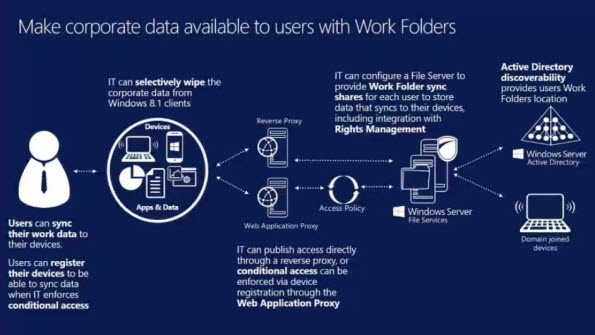
Work Folders bring the power of SkyDrive-esque technology to the native Windows 8.1 experience specifically for the workplace. Microsoft's cruddy Offline Files technology finally bids a long overdue farewell. (Image Source: Microsoft Channel9)
Microsoft has a great overview video of the tech on Channel9 as well as a nice in-depth writeup on TechNet.
Workplace Join is like AD-lite: It was either you were on a Workgroup or an AD Domain -- and that was it. Not anymore. Windows Workplace Join allows sysadmins to provide a "purgatory" of sorts that is not quite full AD, but not as loose as being joined to a Workgroup. You can watch a full demo of how simple this technology works from this year's BUILD 2013 conference.
Native Biometric Recognition Support: Fingerprint readers have been a mainstay for business line laptops for years. Most Thinkpads I have owned over the last ten years have had one. The problem is, they always required additional vendor software to use the functionality. This increases overhead, administrative effort, and in the end, also increases likelihood for issues over the long run. Which is one of the reasons why biometric uptake has been slow on Windows. Windows 8.1 has native fingerprint and virtual smart card support out of the box to secure the logon process. About time, Microsoft.
Network Behavior Monitoring in Windows Defender: While Defender alone should not be considered a comprehensive security solution, the fact that it will now have some HIPS functionality (Host Based Intrusion Prevention System) is reassuring. My company's favorite AV product, ESET NOD32, has had HIPS functionality since version 5. Microsoft is claiming that in Windows 8.1, Windows Defender will be able to spot suspicious network behavior from both known and unknown threats alike.
I wouldn't hinge my entire company's security plan around it, but it is reassuring to know that every 8.1 system out of the box will have a fairly decent level of protection from modern complex threats natively.
Assigned Access for Dirt Easy "Kiosk Mode": This new feature is especially nice for the education and business sectors. Previously, when organizations wanted to restrict access to a single interface -- for example, a web browser locked to a certain site or a given app -- they had to leverage combinations of complex Group Policies and/or AppLocker rules. These solutions worked, but boy, the amount of legwork and testing required made even the seasoned IT sysadmin sweat.
Assigned Access, which is available in Windows 8.1 RT, Pro, and Enterprise allows for admins to lock down an 8.1-powered device to function within a single, designated Windows Store app. It could be a reading application for Surface RT tablets in K-12 education. Or perhaps a line of business program for a sales force out in the field on convertible tablets. The uses are near limitless.
"The Most Secure OS Ever Made": According to Microsoft, Windows 8 is 21 times safer than Windows XP, and 6 times safer than Windows 7, from a malware infection perspective. Renowned AV vendor ESET has said similar praises about Windows 8 being the "most secure version of Windows ever." After years of noise about a mass exodus from Windows to Mac due to security, researchers are coming out and claiming that Macs have nothing inherently more secure about them, and new malware that hit OS X earlier this year is continuing to show the cracks in Apple's security-by-obscurity approach. For the enterprise stuck on an imploding island of XP machines, Windows 8.1 is looking like a much better replacement than Windows 7 or Mac.
Security in Windows 8.1 is a big deal. Security researchers have already begun saying that government agencies looking to upgrade to Windows 8 are making a "good move." And seeing that Microsoft has promised support for Windows 8 (and 8.1) through Jan 2023, the OS will enjoy a plush 10 year lifespan for organizations that make the move now.
Windows 8.1: Networking & RDS
Big Improvements for RDS: When used in conjunction with Server 2012 R2, Windows 8.1 with Remote Desktop Services Session Host Desktops (RDSH) allows for neat extended capabilities. For example, sysadmins and IT support staff can now actively view and control user desktop sessions to provide help desk style support and answer questions on functionality through Session Shadowing. The networking side of RemoteApp has been markedly improved even further, allowing for crisper usage of RDS-hosted RemoteApp programs in low bandwidth scenarios like on mobile 4G cards or at wifi hotspots. RDS on 8.1 also finally introduces multi monitor support for users, meaning that "Terminal Services" doesn't have to be a second class experience. This also includes full touch capability for RDS sessions!
New Simple Printer Connection Options: Two new wireless-enabled printing capabilities are being added natively to Windows 8.1. The first, Wi-Fi Direct, allows anyone to connect a mobile device to a Wi-Fi Direct printer to leverage ad-hoc printing without the need for drivers or an existing wireless network. NFC tap-to-pair printing is very similar, and can allow an NFC device like a smartphone to merely "bump" a printer that has an NFC tag placed on it to establish a simple direct printing connection on the spot.
Easy Hotspot Creation from your PC: Internet Connection Sharing has been around for a long time. But it's been a junk feature for as long as I can remember. Hard to configure, and even more difficult for others to leverage. Windows 8.1 brings the notion of easy hotspot creation to every PC, which is great for situations where, for example, staff members are trying to share a single wired LAN connection at a conference room before a sales presentation. Wi-Fi isn't ubiquitous or free everywhere yet, so this is a welcome new feature for mobile road warriors.
Auto-Triggered VPN Access: We're all used to the errors and access issues presented by applications we just forget that need VPN access to the corporate network when in the field. Windows 8.1 looks to solve these dilemmas once and for all with Auto-Triggered VPN settings that can prompt for necessary VPN credentials whenever certain items necessitate them. Forgetting to connect to the VPN won't end up in a molasses-crawl to the expected "access denied" prompts anymore.
Better Out-of-Box VPN Client Support: You can cross four vendor VPN application add-ons off the list of programs needed to get onto the corporate network. Microsoft has caked in native support for SonicWall, Juniper, Check Point, and F5 VPN firewall connectivity. You check check out the short spiel on this from the BUILD 2013 event on Windows 8.1.
Simplified, Easy Management of Devices in Windows Intune: Windows 8.1 and 8.1 RT brings the next progression of Windows Intune to the forefront, allowing for unified centralized cloud management of all your Windows devices. Schools, nonprofits, and businesses can all benefit from such management capabilities, especially on the Windows RT side where devices cannot be natively joined to Active Directory. What used to be relegated to MSC 2012 for an on-premise server is now extended fully to the cloud with Intune.
This is excellent news for organizations with little budget for capital expenses on servers and extensive setup labor. Intune comes in as cheap as $6 USD/month for licensing without Software Assurance -- a real bargain compared to some BYOD management suites.
Windows 8.1: UI & Functionality
Smart Search: If you happened to enjoy the excellent built-in search capabilities in Windows 8, then 8.1 is not going to let you down. The same speedy, integrated search experience still exists and permeates in Windows 8.1, but is brought to the next level via Bing inclusion. This means you can search for anything from the Modern UI interface. Last week's financial spreadsheet, your family photos from vacation, the apps you use day to day, and internet-powered results for items like news, weather, research material, etc. Paul Thurrott goes into excellent detail on this functionality on his blog.
Windows Button "Right Click Menu": The fact that the Start Button is back in a limited form is old news. The best part about the new Start Button is the hidden "right click menu" that provides a juicy amount of easy access to numerous functions most IT pros take for granted. Heck, many of these items are now easier to get to then they were in Windows 7. This not-so-secret menu makes it simple to shut down your machine, open command prompt, or a bevy of other options. Yes, this easter egg of sorts existed in stock Windows 8, but the addition of the new power-related options make this revised menu a keeper. See below for more information.
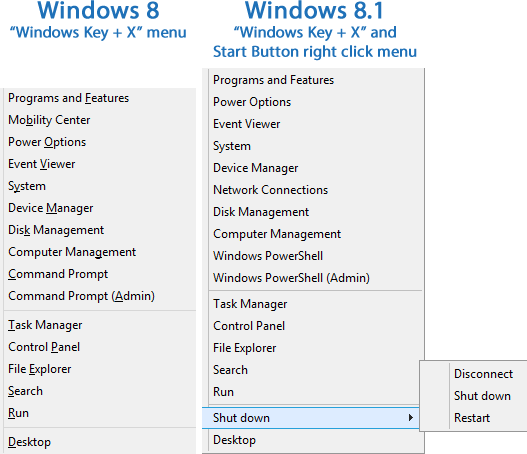
Boot Straight to Desktop Mode: This is awesome news for workers like me, that spend a majority of their time in the Desktop interface and only dabble onto the Modern UI for a little after-hours activity. In 8.1, anyone can configure their PC to boot straight to the familiar desktop interface, meaning you can get straight to work, bypassing the Start Screen entirely. A small, but timely, touch.
Just as Fast, Just as Slim as 8: This isn't necessarily a feature per-se, but it's one heck of a nicety. Not only does Windows 8.1 have the same exact hardware requirements as Windows 8 - but these happen to be the exact same requirements as Windows 7 had. What gives? Microsoft has created a lean mean, processing machine in Windows 8 and the trend continues. While I don't have any hard numbers or results to back it up, my non-scientific feelings lead me to believe that 8.1 runs smoother than 8, most notably on startup and shutdown. SSD users are in for a blazing fast experience. You will likely miss the new boot screen with the funky Betta Fish if you don't look carefully.
This also means that those computers which would have otherwise gotten canned at the office can more than likely get upgraded to Windows 8.1. Seeing that Windows 8 did away with the memory and battery intensive Aero interface, you will also ideally see better pound-for-pound normal usage performance from Windows 8.1 then you otherwise would with the same specs loaded up on Windows 7.
The bloat that Microsoft was known for from Windows 2000 to XP, then from XP to Vista is a thing of the past.
Miracast for Wireless Display Projection: Miracast is an open alternative to (but fully compatible with) Intel's WiDi technology that started the wireless projection market. Windows 8.1 has this neat technology built right in, which means if you have a Miracast enabled projector in the board room, but your laptop doesn't have the DisplayPort connection that it needs, you can use Miracast to setup a Wi-Fi Direct signal to the unit in order to present your material. Xbox One has this built in as well, and many new displays and projectors are promising to bundle this technology going forward. Could this be the beginning of the end for cable and dongle-heavy board rooms? Time will tell.
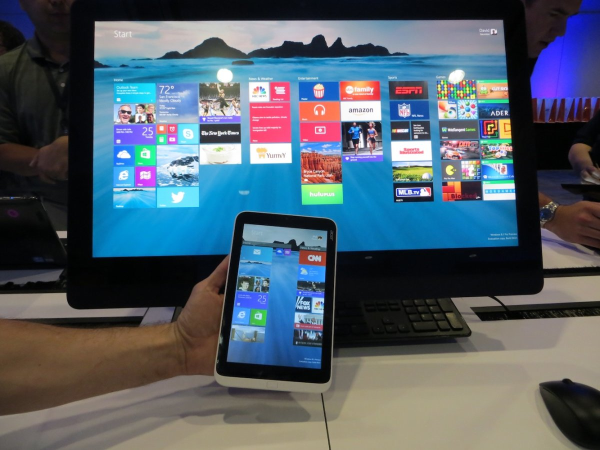
(Image Source: BusinessInsider.com)
Windows 8/RT Store Not a Ghost Town Anymore: The media kept rubbing Windows 8 for not having much of a useful Windows Store at launch last year. How the tables have turned. While the situation is not on par with what Android or iOS have, the fact that Windows Store now offers 54% of the top 100 iOS apps is pretty commendable 10 months in. As of September 1, the Windows Store had over 114,000 apps and counting. The list will only keep growing as time goes on.
Internet Explorer 11 is Faster, Safer: As if a new Internet Explorer release was ever missing those two descriptions, IE11 promises a little bit of "better everything." Faster load times, better compliance with web standards and HTML5, side-by-side browsing of sites, and deeper anti-malware integration for catching nasties before they are even allowed to launch. For companies that rely on a strict policy of IE due to corporate protocol or ease of administration, IE11 will be a no brainer to make life easier on the end-user and management fronts.
Surface RT gets Outlook 2013 with 8.1 RT: A lot of news outlets are forgetting to cover this factoid, but for business professionals leveraging the Surface RT, they should know that Outlook 2013 is launching alongside Windows 8.1 RT for the Surface RT. Free of charge, of course. This means Office 365 users who have Exchange Online accounts, or other IMAP/POP users, can easily connect their email to arguably the most powerful email and organization app ever made for the computing world. I'm rolling out Surface RT tablets at some of my customer offices, and this will make the product even that much more attractive for the workplace.
3D Printing Support Out-of-the-Box: Not the biggest deal for most businesses (yet), but if the 3D printing revolution ever takes off, Windows 8.1 has the necessary hardware/software support built in to leverage the technology natively. My only experience with 3D printers was at my old school district job, where the Applied Arts department had one that could make CAD-developed prints out of plastic in 30-60 min timeframes. Perhaps the newest generation of these units are much more dazzling in wait times. I expect numerous markets to start taking advantage of the dropping price points and improving technology to bring their once fanciful creations to life.
Multi Monitor Support that Rocks: I thought my dual screen capabilities were awesome in stock Windows 8, but 8.1 just takes it to a whole new level. Dragging and dropping individual Modern UI apps to different screens is fully supported for the first time. The Start Screen can be accessed via Charms that work on any screen now. The taskbar can be fully extended over a single set of monitors as well. And the level of customization that is now inherently provided for snapping and resizing Modern UI apps and your Desktop interface are limitless. Multi monitor workstations will greatly benefit from Windows 8.1 -- further creating screen envy among your coworkers.
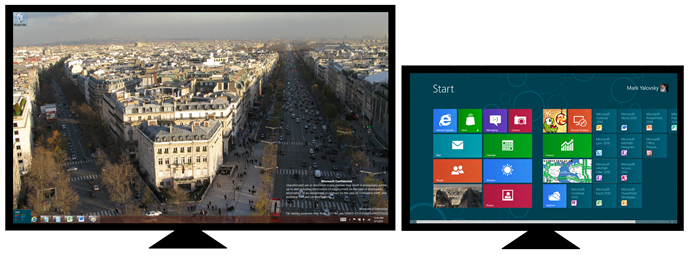
Prefer to use a hybrid Desktop-Start Screen setup with your dual screens? Such new combinations, and more, are finally possible in Windows 8.1. Microsoft has taken multi-monitor support to the next level and truly created a customizable experience worthy of what Windows 8.1 offers. (Image Source: Microsoft TechNet)
(Even) Better Battery Life: My day-to-day Thinkpad T410 got a boost of about 30-45 mins when I made the switch from Windows 7 to Windows 8 last fall. Pretty significant. While I don't have as much data to back up a statement on Windows 8.1, naturally, Microsoft is saying that OS is taking big advantage of the power saving capabilities in Intel's Haswell platform. I'm itching to see how the final RTM build handles my Thinkpad X230 Tablet as my new primary mobile workhorse, but the 8.1 Pro Preview has been giving me a solid 6 to 6.5 hrs of life on an 8 cell battery. Impressive for a pre-release, buggy iteration.
Hand-in-Hand SkyDrive Integration: It's no surprise that Microsoft is tightly combining the features of SkyDrive Personal into Windows 8.1. The cloud storage tool is a worthy competitor to Google Drive; and heck, I use it now for all of my personal Office document storage because it just works cleaner than Drive due the fact that I can leverage Office Web Apps on the go when I need to. SkyDrive is now a persistent default save location for numerous functions and apps in Windows 8.1, going beyond what Office 2013 brought to the desktop in terms of pushing SkyDrive. Hey -- there's life beyond work, after all.
Auto Predict for Touch Typing / Tablet Mode: For those using Windows 8 on tablets, like the Surface RT, typing in touch mode was a bit of a chore for a lack of proper auto predict. Windows 8.1 resolve this quite nicely. Now, you can continue typing and use predictive suggestions from the OS with complete ease. This means that Surface RT users in the field within tablet mode shouldn't have to go into laptop mode that often anymore for short-spanned typing. Should make Word 2013 a breeze to use without the cover opened!
Windows 8.1 hits the market officially for everyone come October 17, and is a completely free update for all. My company will definitely be recommending 8.1 for both consumer and business usage as time goes on, especially if the wonderful improvements from the Preview translate into real-world benefit for end users come October.
I'm calling it now: Windows 8.1 is the new Windows XP for the workplace. Just watch.
 Derrick Wlodarz is an IT Specialist who owns Park Ridge, IL (USA) based technology consulting & service company FireLogic, with over eight+ years of IT experience in the private and public sectors. He holds numerous technical credentials from Microsoft, Google, and CompTIA and specializes in consulting customers on growing hot technologies such as Office 365, Google Apps, cloud-hosted VoIP, among others. Derrick is an active member of CompTIA's Subject Matter Expert Technical Advisory Council that shapes the future of CompTIA exams across the world. You can reach him at derrick at wlodarz dot net.
Derrick Wlodarz is an IT Specialist who owns Park Ridge, IL (USA) based technology consulting & service company FireLogic, with over eight+ years of IT experience in the private and public sectors. He holds numerous technical credentials from Microsoft, Google, and CompTIA and specializes in consulting customers on growing hot technologies such as Office 365, Google Apps, cloud-hosted VoIP, among others. Derrick is an active member of CompTIA's Subject Matter Expert Technical Advisory Council that shapes the future of CompTIA exams across the world. You can reach him at derrick at wlodarz dot net.



 It is no secret that with the introduction of Windows 8.1, SkyDrive, the Microsoft cloud-based storage solution, will get much deeper integration. But now the company is detailing a bit more than what had already been gleaned from the RTM, announcing a new Smart Files feature, incorporating Bing with it.
It is no secret that with the introduction of Windows 8.1, SkyDrive, the Microsoft cloud-based storage solution, will get much deeper integration. But now the company is detailing a bit more than what had already been gleaned from the RTM, announcing a new Smart Files feature, incorporating Bing with it.

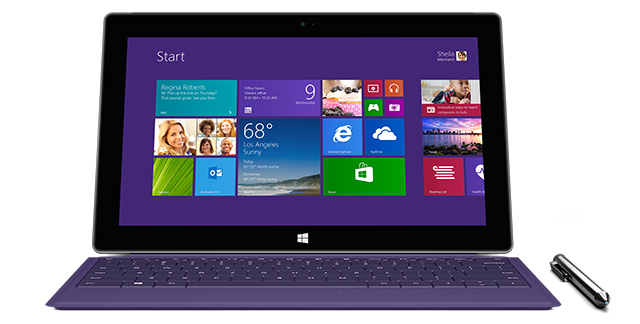
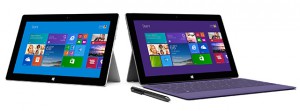 This past Monday Microsoft
This past Monday Microsoft  Microsoft held an event in NYC to
Microsoft held an event in NYC to 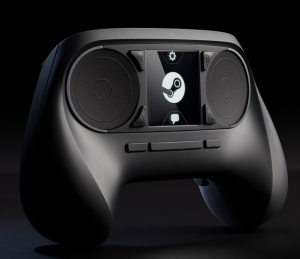 The video game controller has evolved over the years. However, from the iconic NES and going all the way to the soon-to-be-released PlayStation 4 and Xbox One, they are basically the same; directional pad on the left and buttons on the right. Sure, the number of buttons has increased, and there are now analog thumb-sticks, but overall, the concept hasn't changed -- until now.
The video game controller has evolved over the years. However, from the iconic NES and going all the way to the soon-to-be-released PlayStation 4 and Xbox One, they are basically the same; directional pad on the left and buttons on the right. Sure, the number of buttons has increased, and there are now analog thumb-sticks, but overall, the concept hasn't changed -- until now.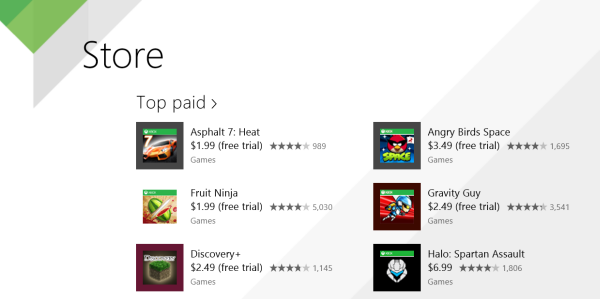
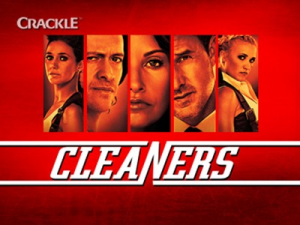 Microsoft continues the push to make its latest platforms more appealing to a rather skeptical audience, this time teaming with Crackle, the streaming video service launched by Sony. Exclusive shows are fast becoming a hallmark of these video services, with Amazon and Netflix already in on the act, and now Crackle is taking its first shot.
Microsoft continues the push to make its latest platforms more appealing to a rather skeptical audience, this time teaming with Crackle, the streaming video service launched by Sony. Exclusive shows are fast becoming a hallmark of these video services, with Amazon and Netflix already in on the act, and now Crackle is taking its first shot.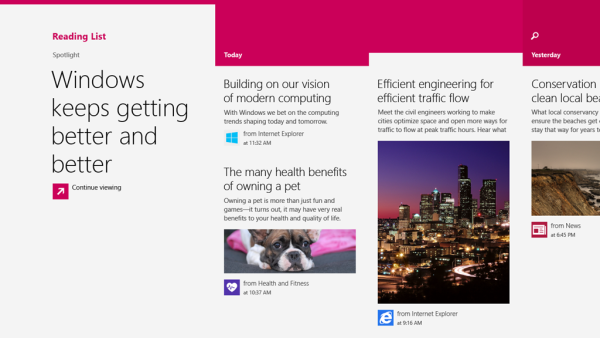
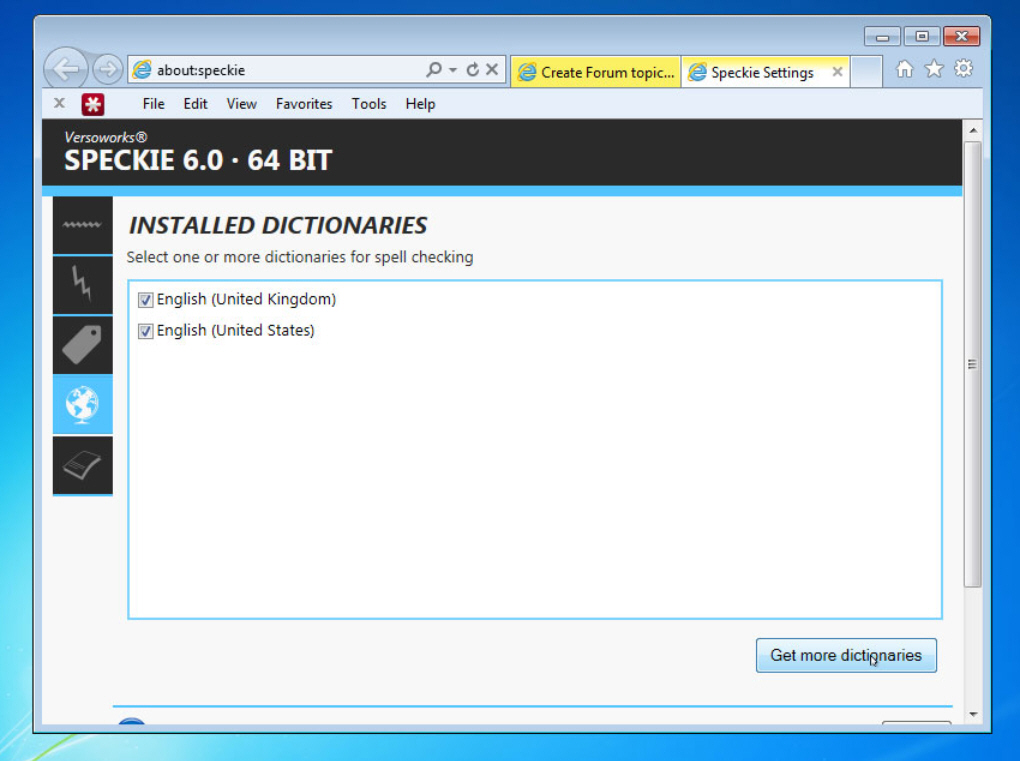
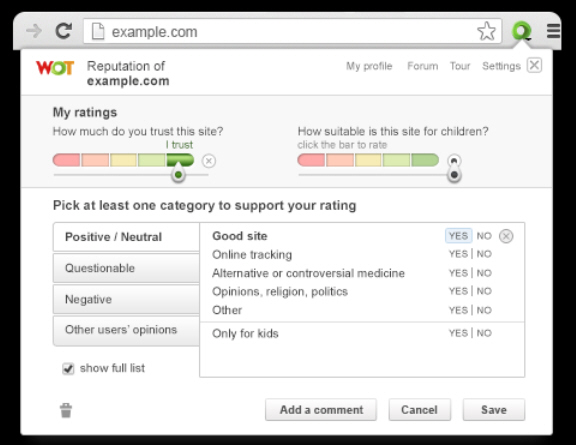 These days most browsers offer some form of basic protection against clicking a fake link and visiting phishing websites (facsimiles of genuine sites that attempt to trick users into giving up sensitive personal information like passwords and credit-card details). But they don’t offer much else protection against other dangerous sites.
These days most browsers offer some form of basic protection against clicking a fake link and visiting phishing websites (facsimiles of genuine sites that attempt to trick users into giving up sensitive personal information like passwords and credit-card details). But they don’t offer much else protection against other dangerous sites.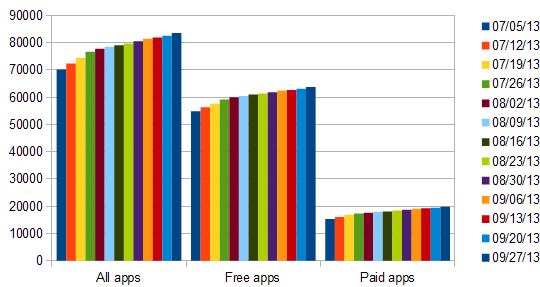
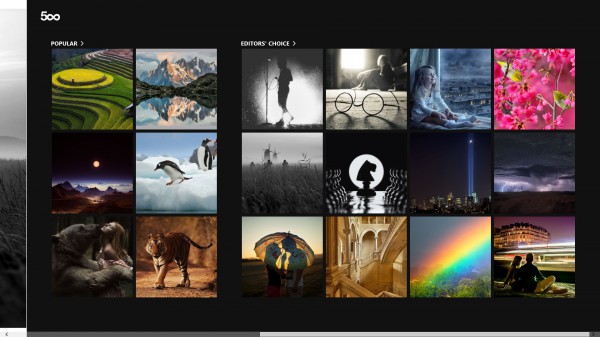
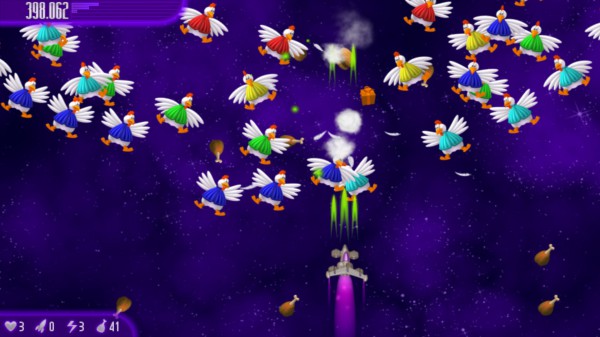
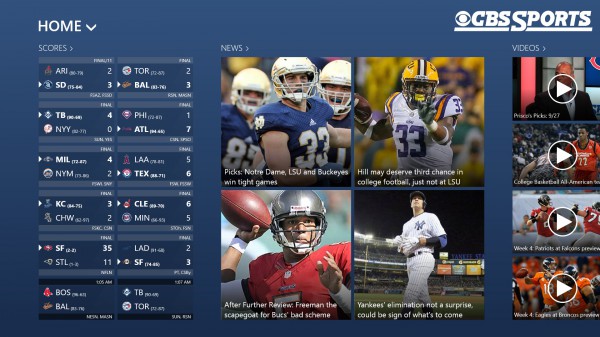
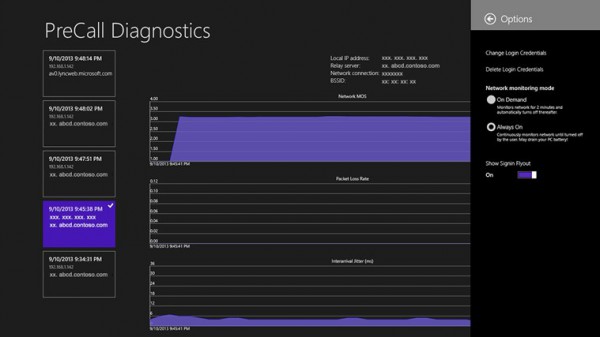
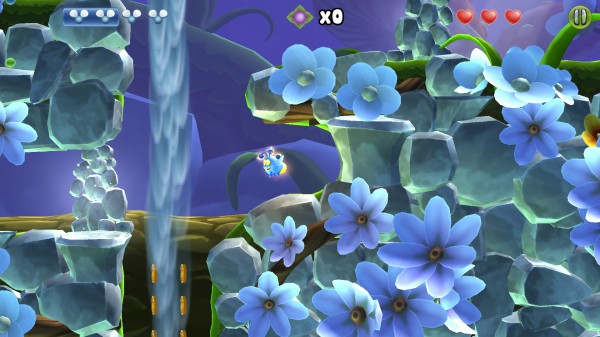
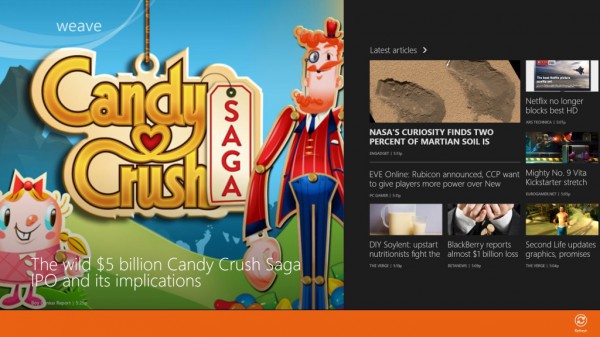
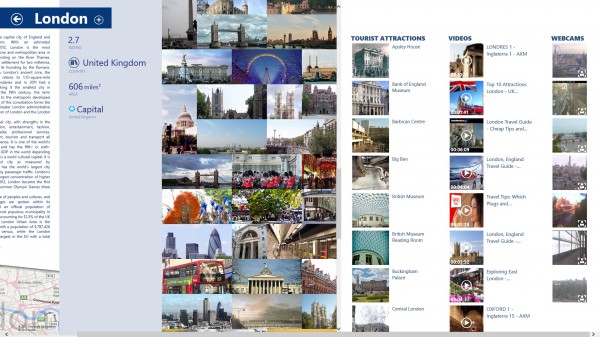
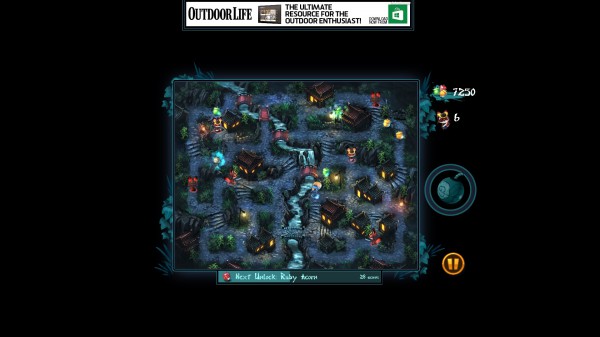
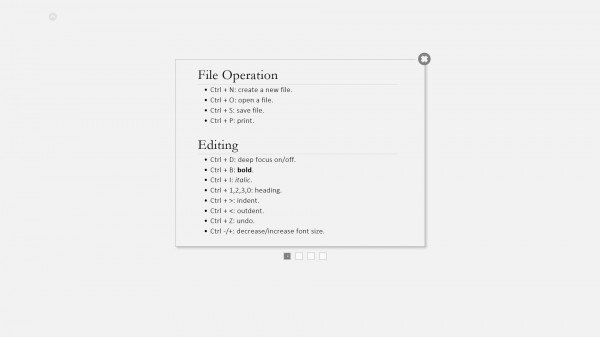
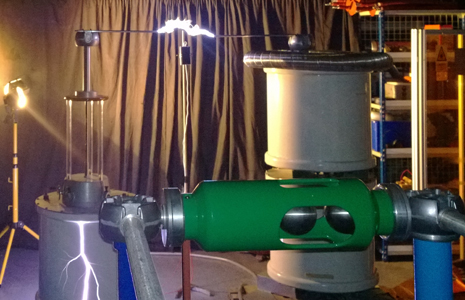 I am a big fan of thunder and lightning storms. There is nothing else in nature that is simultaneously fun, romantic and scary (depending on the situation and company). However, there is a very serious side to these storms -- death or injury by lightning. Yes, an electrical storm can end your life if you aren't careful.
I am a big fan of thunder and lightning storms. There is nothing else in nature that is simultaneously fun, romantic and scary (depending on the situation and company). However, there is a very serious side to these storms -- death or injury by lightning. Yes, an electrical storm can end your life if you aren't careful. As
As 
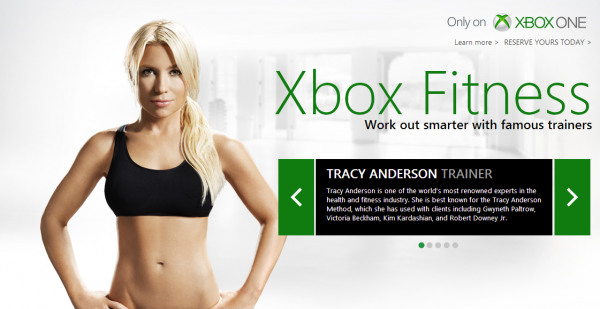
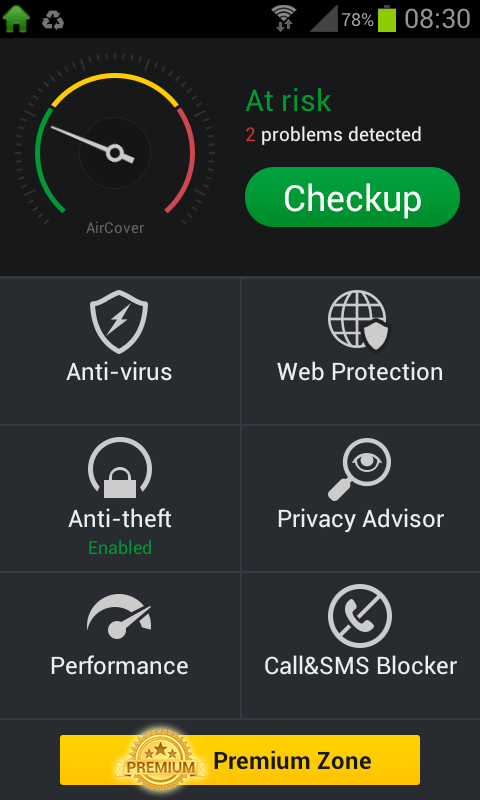 All of the major antivirus firms -- big names like Symantec, McAfee, AVG and Kaspersky -- offer mobile security apps for Android which can help protect against malware and theft. There are offerings from lesser known companies available too.
All of the major antivirus firms -- big names like Symantec, McAfee, AVG and Kaspersky -- offer mobile security apps for Android which can help protect against malware and theft. There are offerings from lesser known companies available too.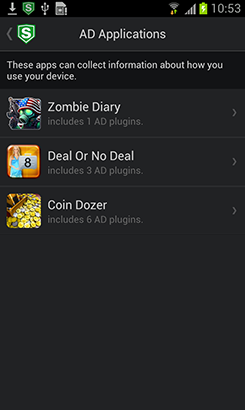 AD detector which lists installed apps that collect data about how you use your device and lets you uninstall any that sound suspicious.
AD detector which lists installed apps that collect data about how you use your device and lets you uninstall any that sound suspicious.
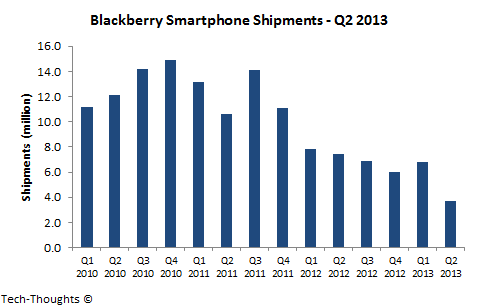
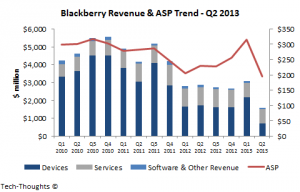
 Sameer Singh is an M&A professional and business strategy consultant focusing on the mobile technology sector. He is founder and editor of
Sameer Singh is an M&A professional and business strategy consultant focusing on the mobile technology sector. He is founder and editor of 
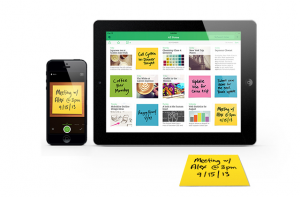 Some habits are hard to kick. Even though the world is trending towards a digital lifestyle, many business users still use Post-it Notes. I am guilty of using these low-tech pieces of paper daily. Sometimes, I need to quickly jot-down a note or phone number; a piece of paper can be faster than unlocking my smartphone or workstation. However, at the end of the day, I find my desk littered with these things. I have often wished for an easy way to transfer them to my computer.
Some habits are hard to kick. Even though the world is trending towards a digital lifestyle, many business users still use Post-it Notes. I am guilty of using these low-tech pieces of paper daily. Sometimes, I need to quickly jot-down a note or phone number; a piece of paper can be faster than unlocking my smartphone or workstation. However, at the end of the day, I find my desk littered with these things. I have often wished for an easy way to transfer them to my computer.
 We already know that
We already know that 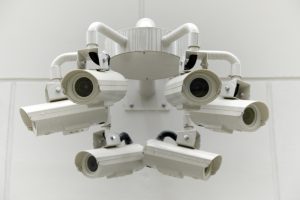 I am a long time customer of a home security system, and it has been a wild ride through much of its history, but not one I will detail here -- suffice it to say, the alarm can scare you to death for no reason at times. Adding a camera can intensify this problem, by opening up the motion detection to every creature that wonders into the field of view -- a lot as I live in a rural area.
I am a long time customer of a home security system, and it has been a wild ride through much of its history, but not one I will detail here -- suffice it to say, the alarm can scare you to death for no reason at times. Adding a camera can intensify this problem, by opening up the motion detection to every creature that wonders into the field of view -- a lot as I live in a rural area. Technology moves at a feverish pace. It feels like only yesterday that the iconic Blackberry was the market leader for smartphones. However, fast-forward to 2013 and we see a
Technology moves at a feverish pace. It feels like only yesterday that the iconic Blackberry was the market leader for smartphones. However, fast-forward to 2013 and we see a  Microsoft has taken over the tech news today with its
Microsoft has taken over the tech news today with its 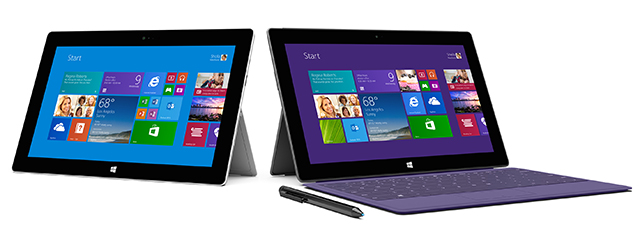
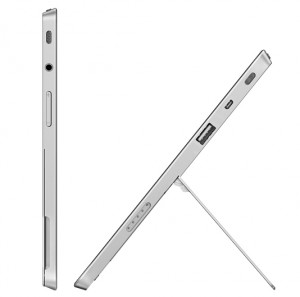 A docking station is something that many people felt was lacking from the Surface lineup, and this has been rectified with version 2. The Surface Docking Station not only adds power, but also three USB 2.0 ports, one USB 3.0 port, Ethernet, audio in and out and Mini DisplayPort. Other accessories were also announced, including improved versions of the Type and Touch covers. The Type Cover 2 is available in two colors, is thinner than the original and is also backlit.
A docking station is something that many people felt was lacking from the Surface lineup, and this has been rectified with version 2. The Surface Docking Station not only adds power, but also three USB 2.0 ports, one USB 3.0 port, Ethernet, audio in and out and Mini DisplayPort. Other accessories were also announced, including improved versions of the Type and Touch covers. The Type Cover 2 is available in two colors, is thinner than the original and is also backlit.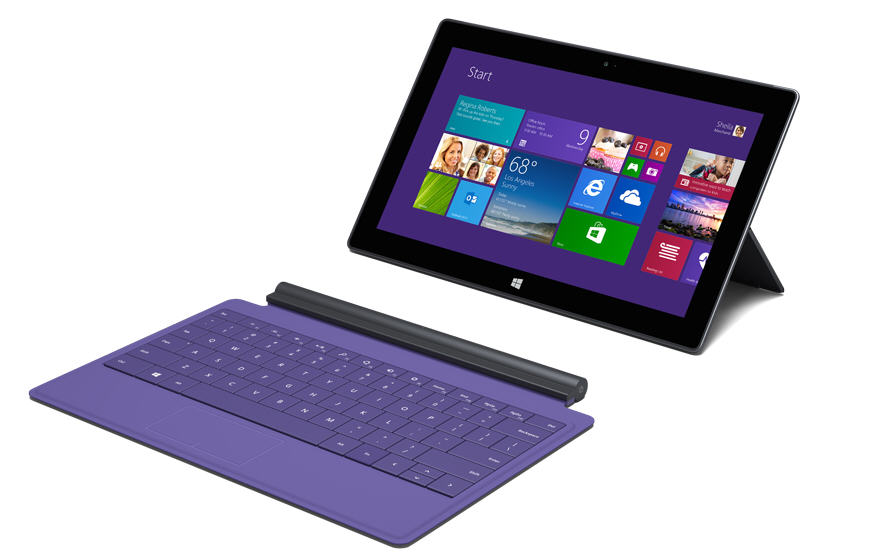
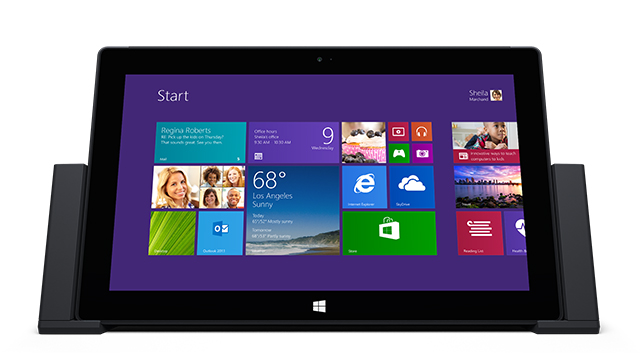
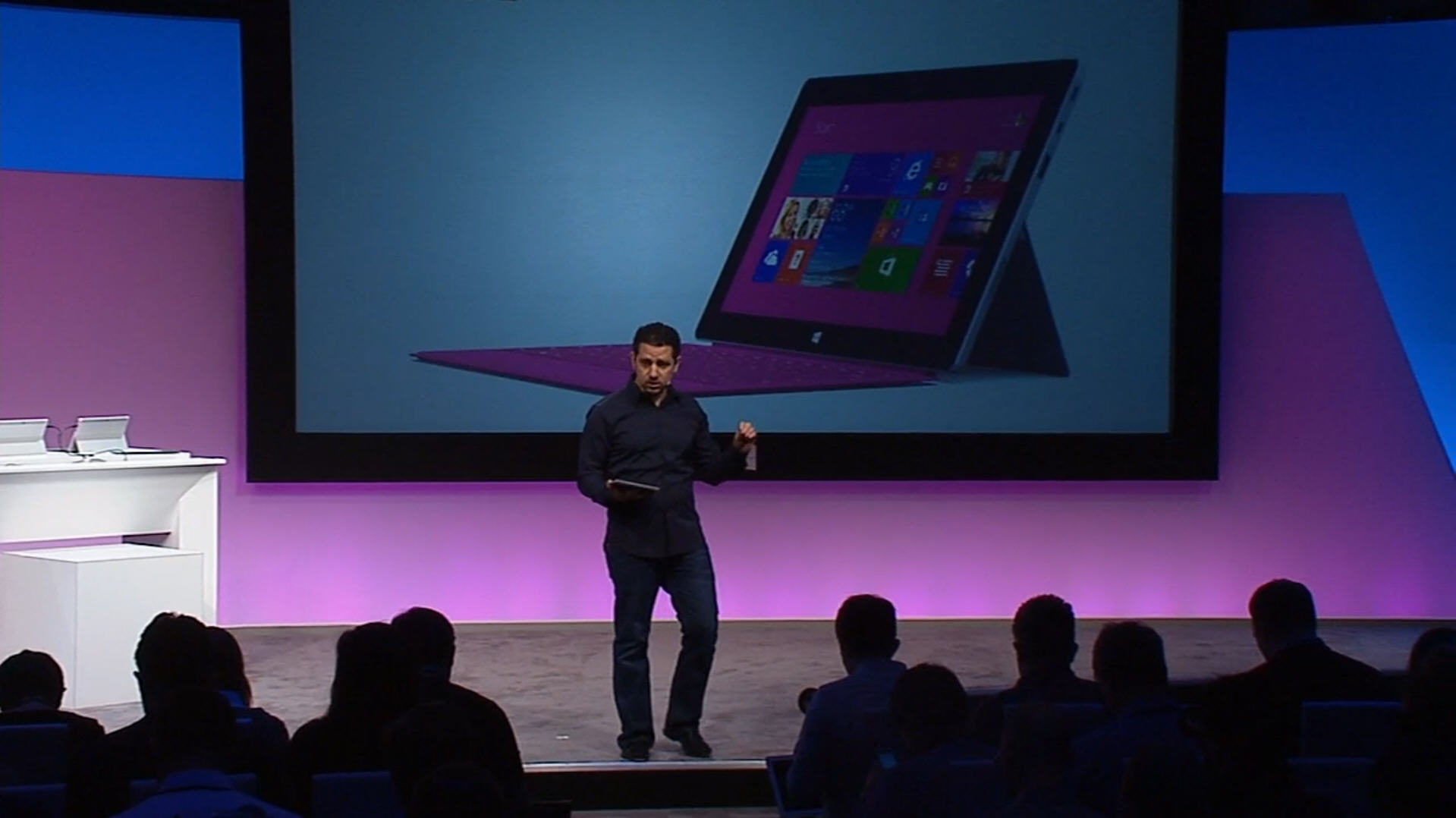

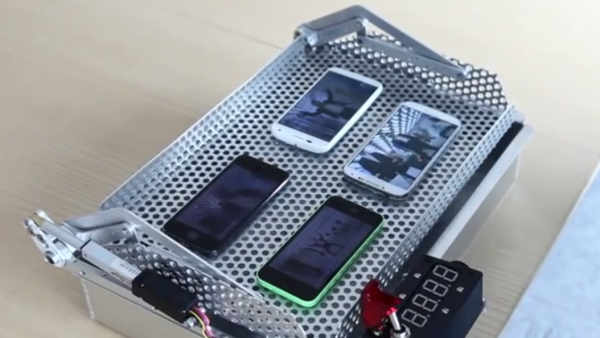
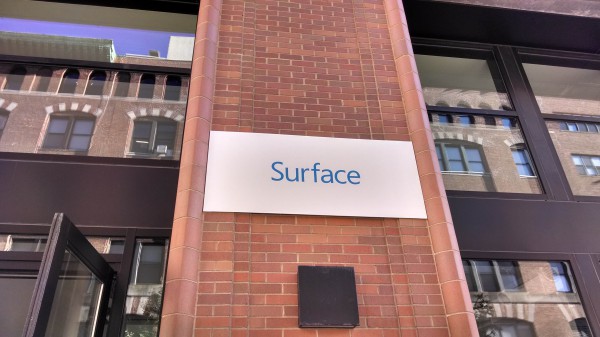
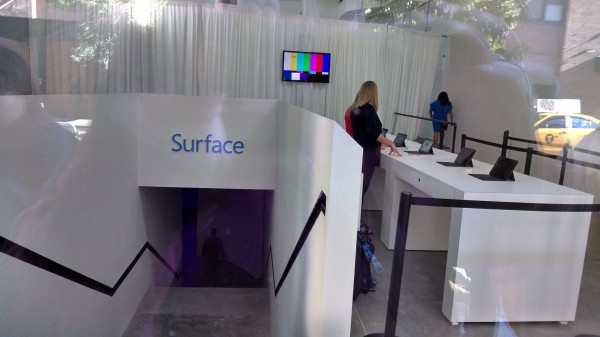
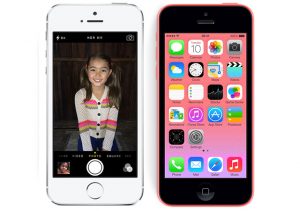 With queues stretching around Apple stores and talk about stock sell-outs dominating the tech news, it comes as no surprise that the iPhone 5s and 5c enjoyed brisk sales this launch weekend. The only question was exactly how many units the Cupertino, Calif.-based tech giant would shift of its new devices.
With queues stretching around Apple stores and talk about stock sell-outs dominating the tech news, it comes as no surprise that the iPhone 5s and 5c enjoyed brisk sales this launch weekend. The only question was exactly how many units the Cupertino, Calif.-based tech giant would shift of its new devices.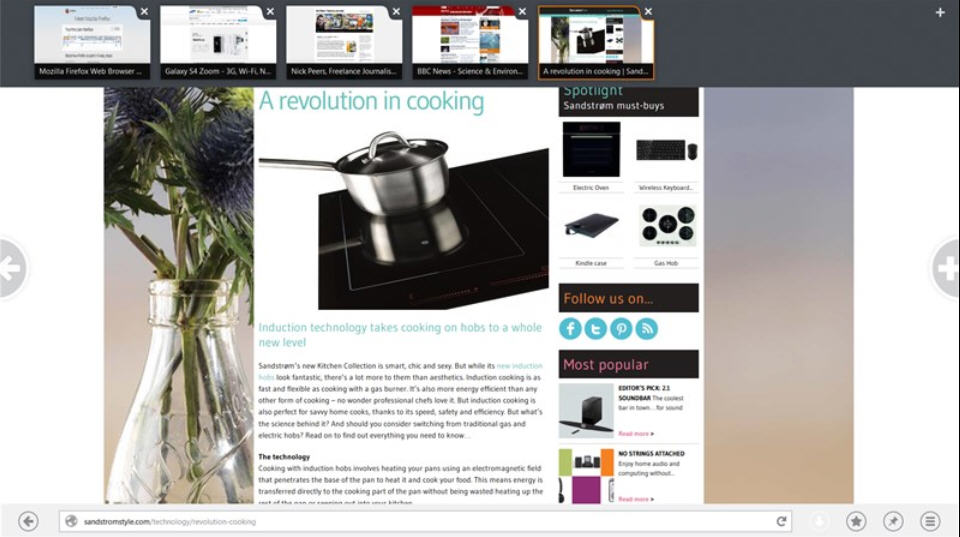
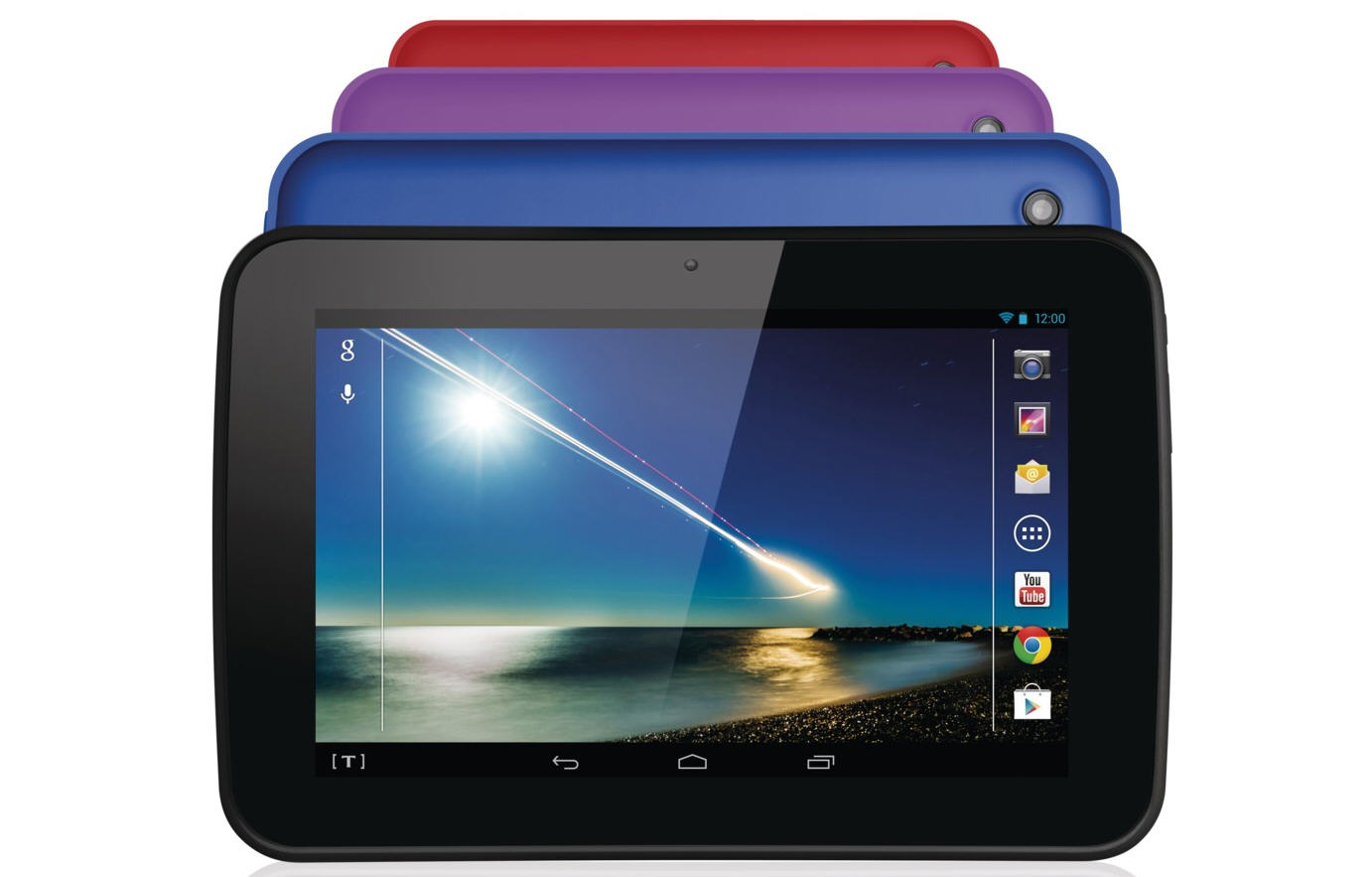
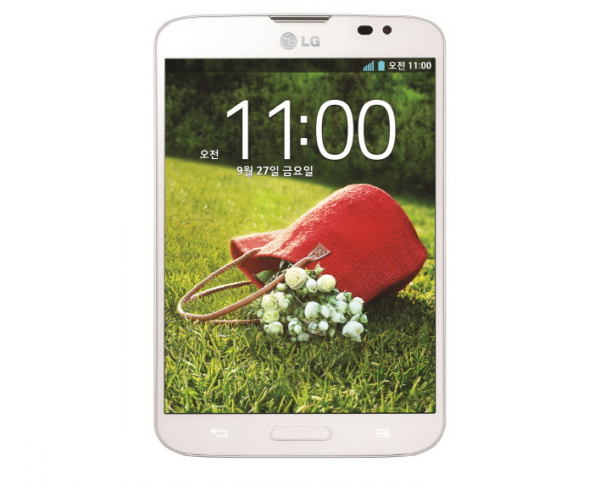
 Investment in big data continues to rise in 2013 according to a new survey by
Investment in big data continues to rise in 2013 according to a new survey by 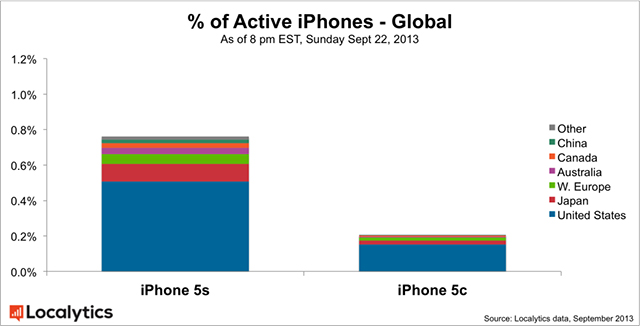
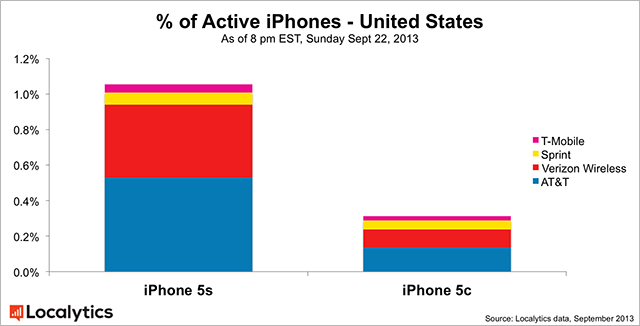
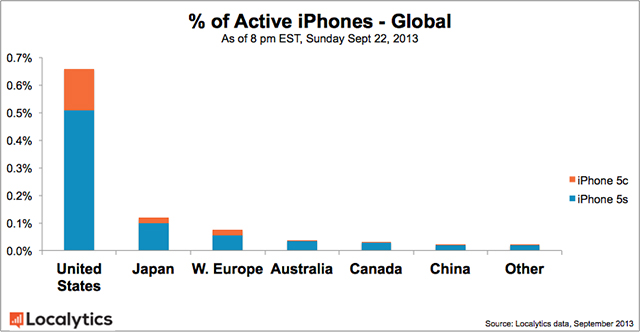
 Just days after the launch of
Just days after the launch of 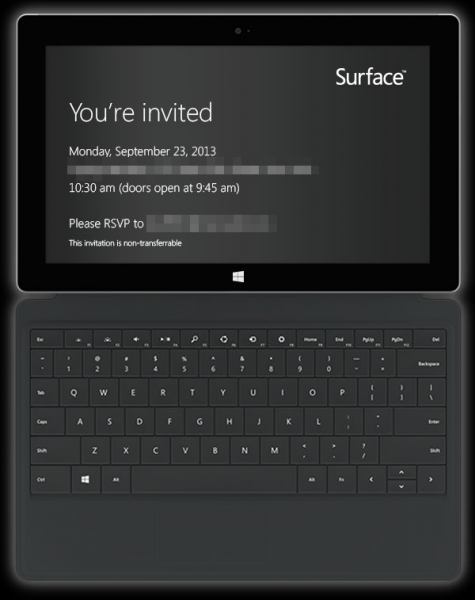
 Apple stole the limelight from just about everyone else this week. The big news was, of course, the
Apple stole the limelight from just about everyone else this week. The big news was, of course, the 
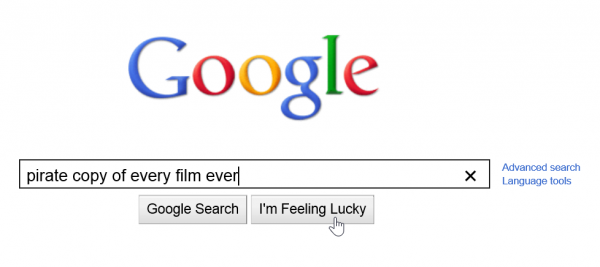
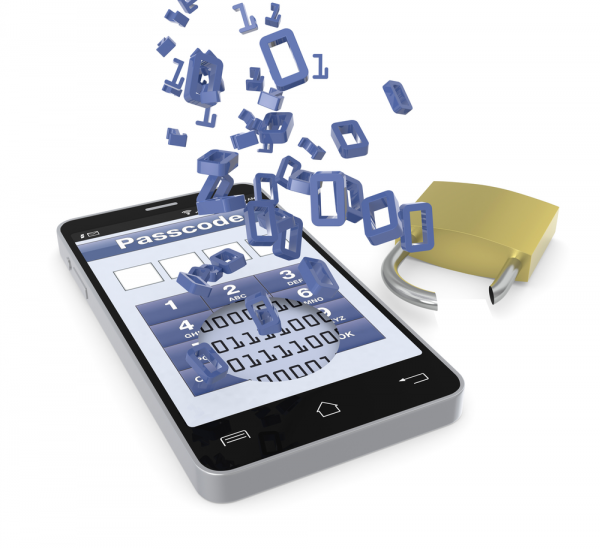
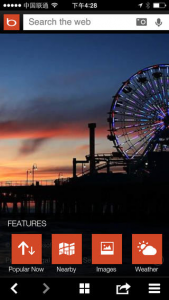 Two days ago Apple
Two days ago Apple 
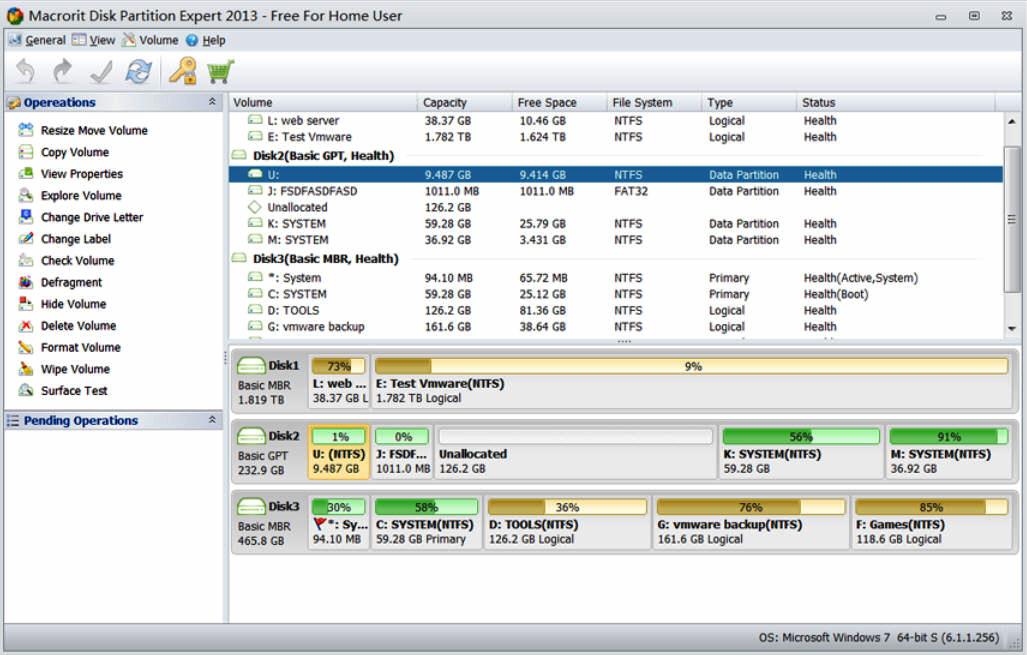
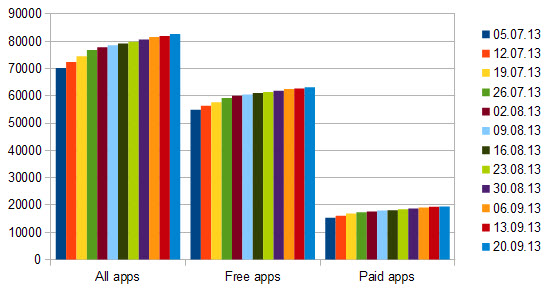

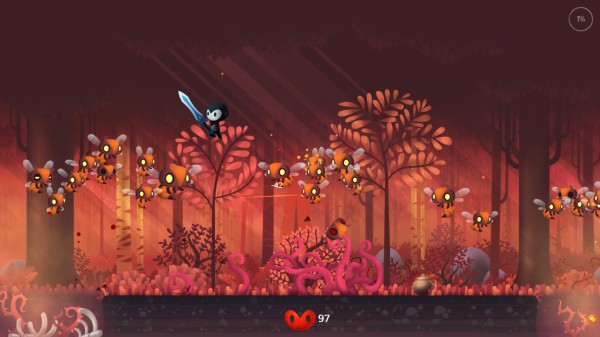
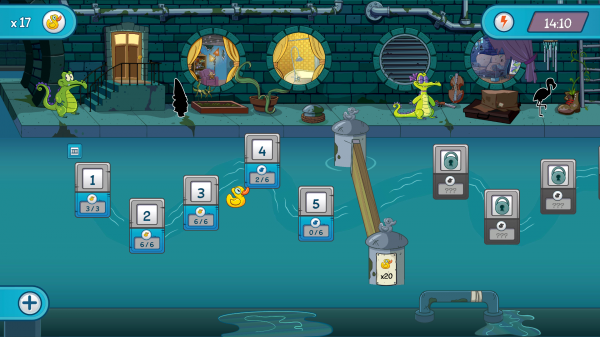

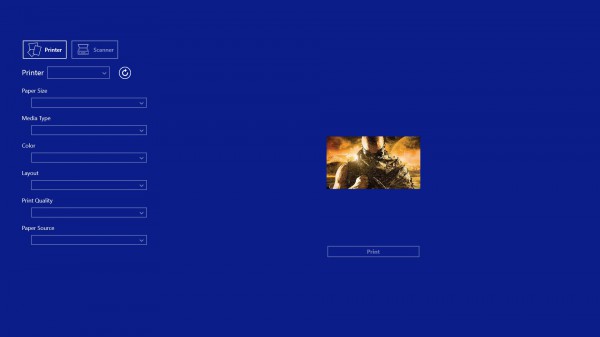
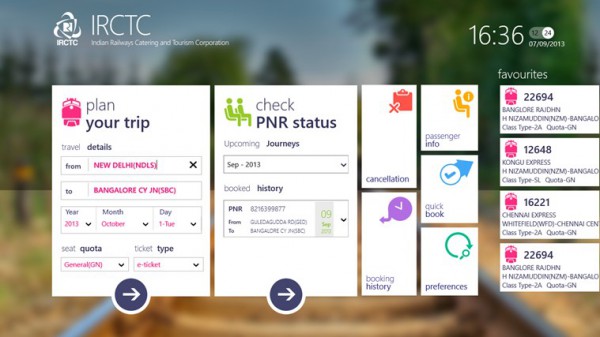
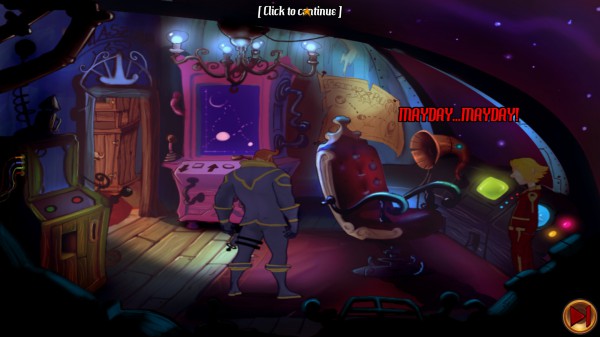
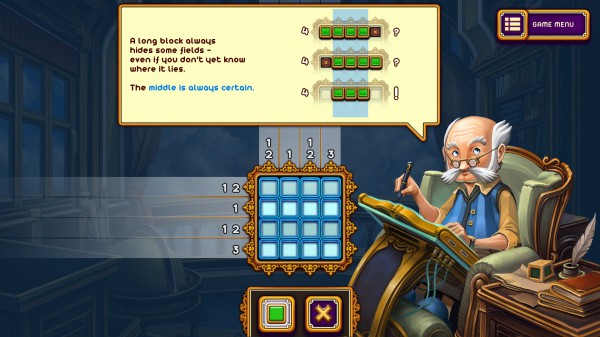
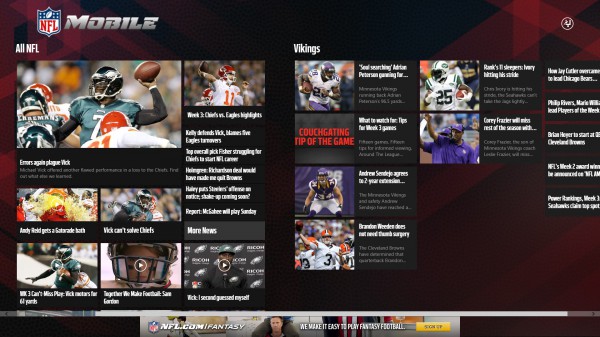
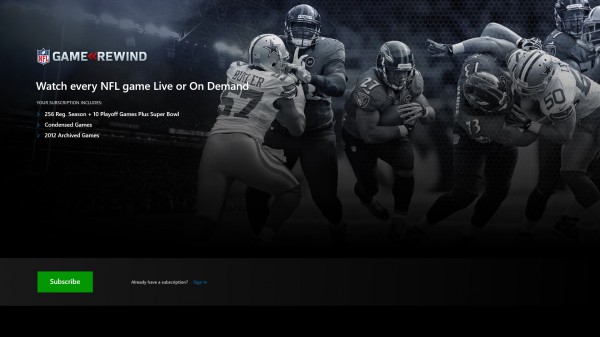
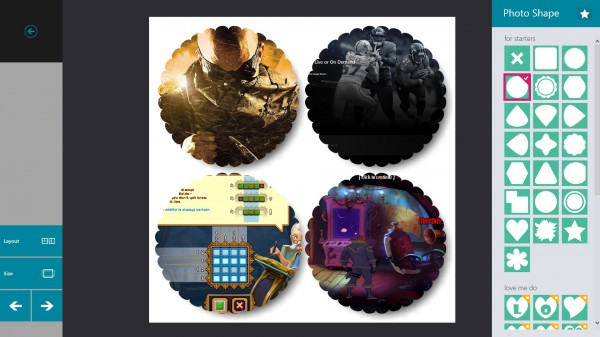
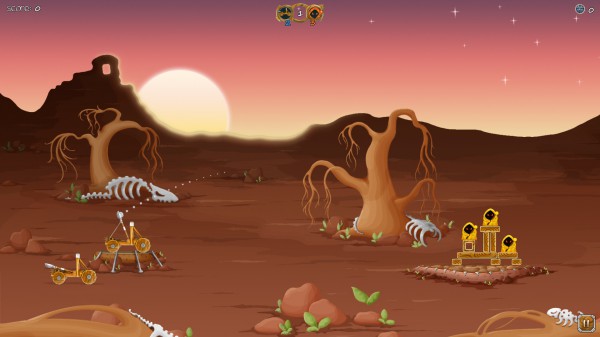

 If you own a smartphone it’s likely you download apps for it, and given the proliferation of mobile devices, it’s not surprising that the volume of app downloads is continuing to rocket.
If you own a smartphone it’s likely you download apps for it, and given the proliferation of mobile devices, it’s not surprising that the volume of app downloads is continuing to rocket.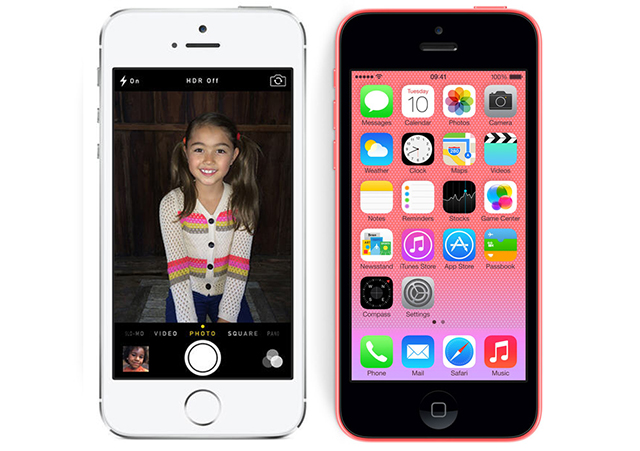
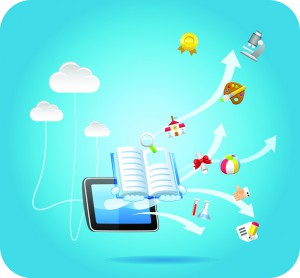 A new white paper compares Android and Windows devices for use in the public sector and education. It looks at four areas it considers critical -- ease of use, security, productivity and lifecycle -- and finds Windows devices to be the "superior choice".
A new white paper compares Android and Windows devices for use in the public sector and education. It looks at four areas it considers critical -- ease of use, security, productivity and lifecycle -- and finds Windows devices to be the "superior choice".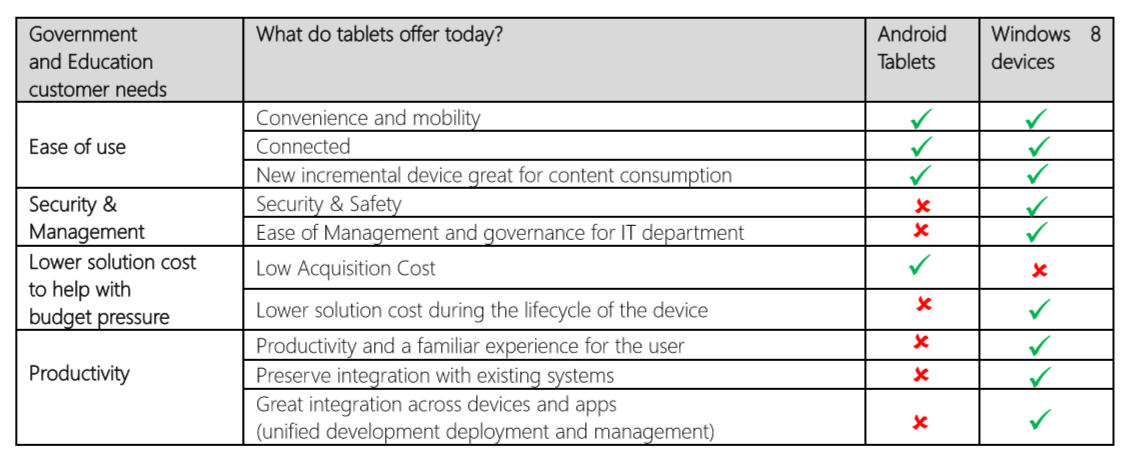
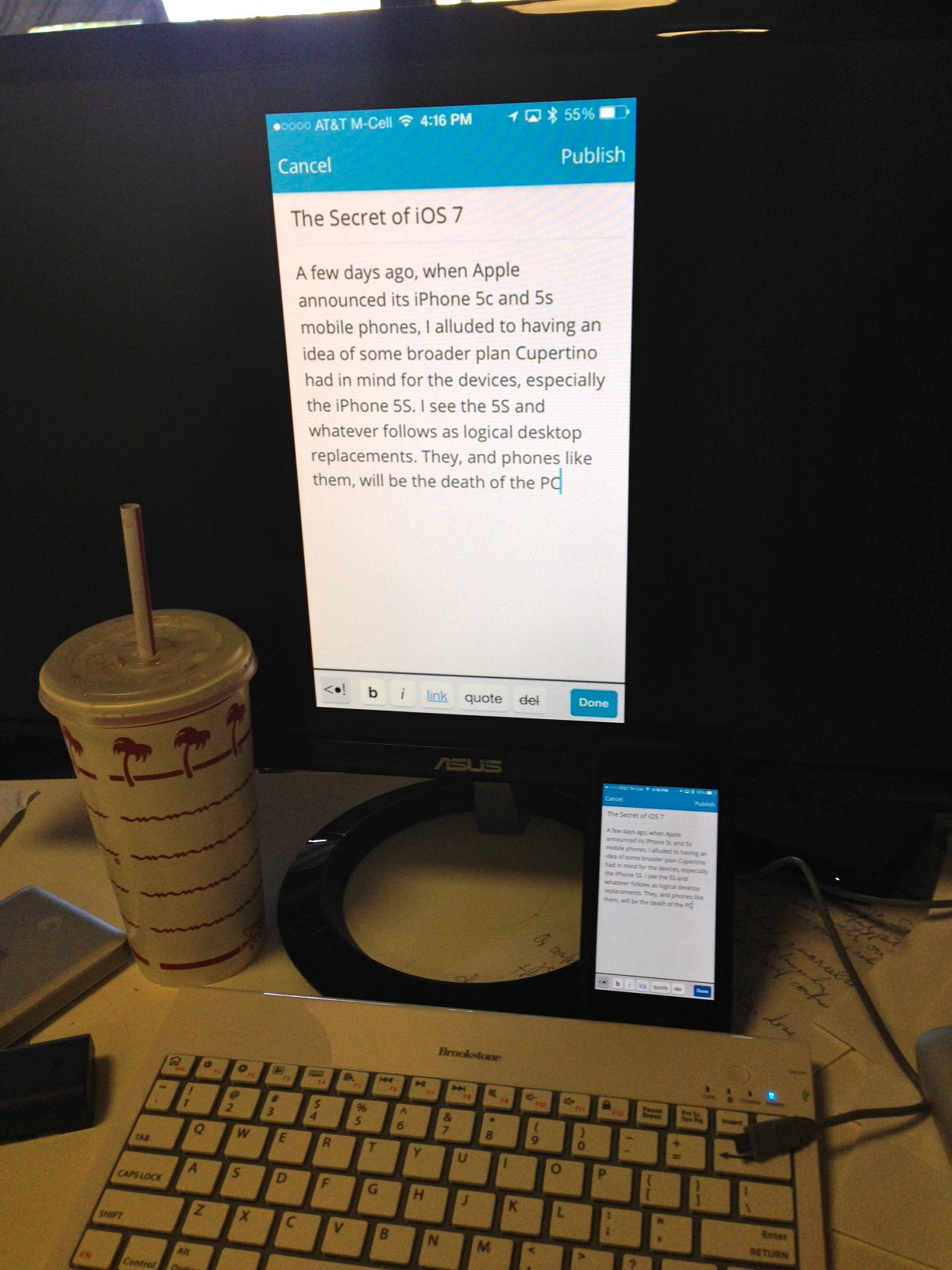 The Innovator’s Dilemma, a 1997 book by Harvard professor Clayton Christensen, made the point that successful companies can lose their way when they pay too much attention to legacy products and not enough attention to new stuff. They are making so much money they either don’t see a competitor rising up or are too complacent to feel threatened. In either case the incumbent generally loses and the upstart (usually one of many) generally wins. The best way for successful companies to avoid this problem is by inventing the future before their competitors do.
The Innovator’s Dilemma, a 1997 book by Harvard professor Clayton Christensen, made the point that successful companies can lose their way when they pay too much attention to legacy products and not enough attention to new stuff. They are making so much money they either don’t see a competitor rising up or are too complacent to feel threatened. In either case the incumbent generally loses and the upstart (usually one of many) generally wins. The best way for successful companies to avoid this problem is by inventing the future before their competitors do.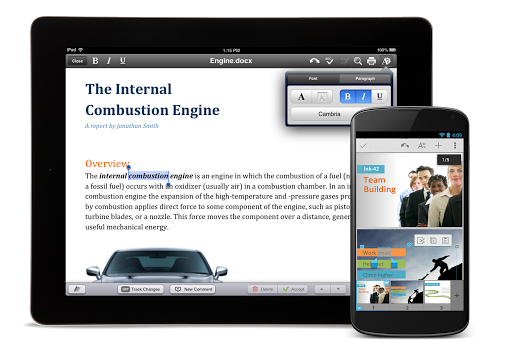
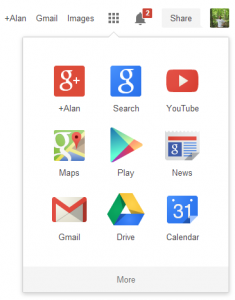 The Google homepage changes little, though minor tweaks here and there have been known to take place. The company, and its customers, largely prefer a sleek, clean look. Minor changes to properties contained in the top menu bar and the color of said bar have been the biggest changes we normally must learn to deal with.
The Google homepage changes little, though minor tweaks here and there have been known to take place. The company, and its customers, largely prefer a sleek, clean look. Minor changes to properties contained in the top menu bar and the color of said bar have been the biggest changes we normally must learn to deal with.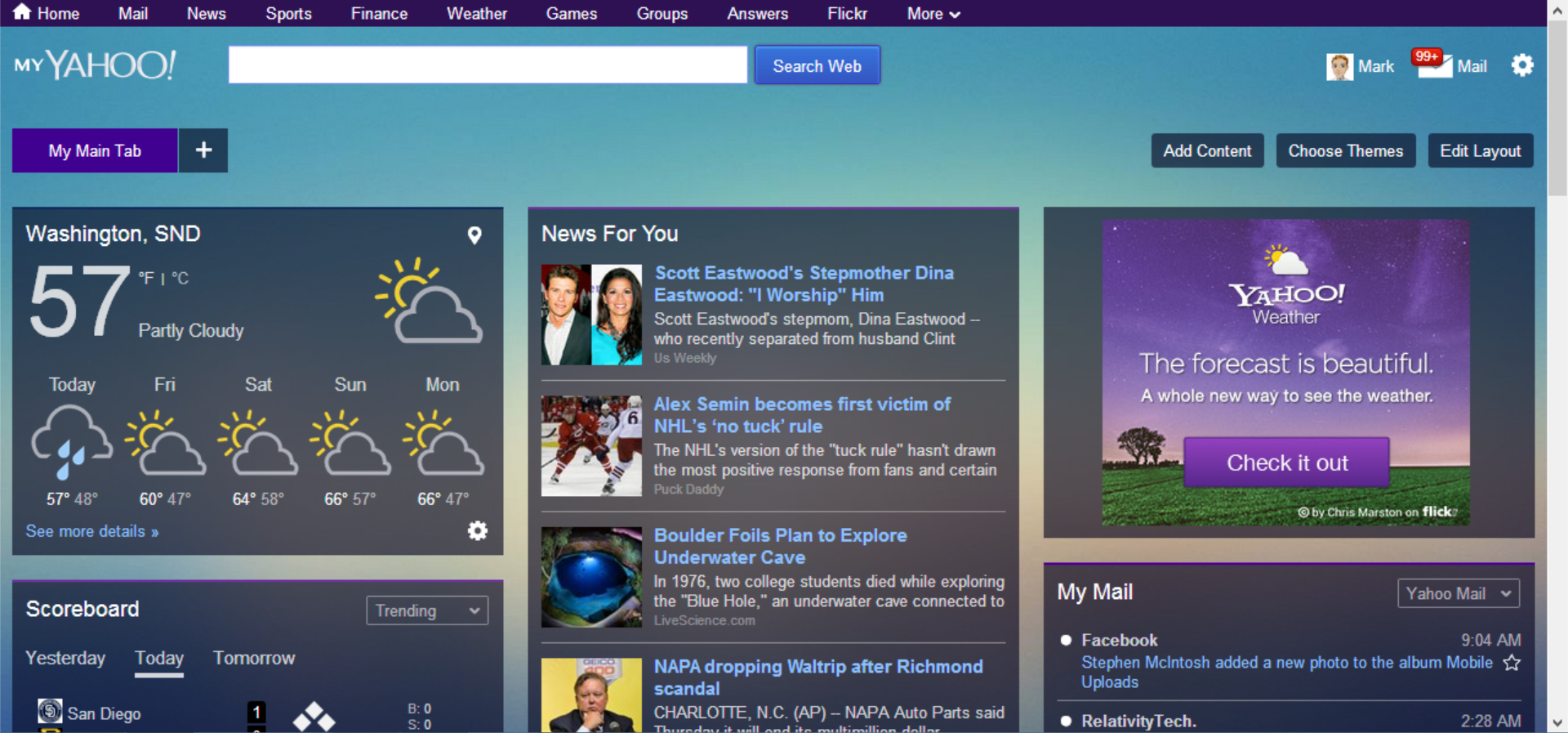
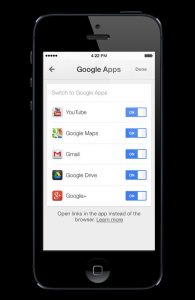 Just in time for iOS 7, Google has announced the release of
Just in time for iOS 7, Google has announced the release of 
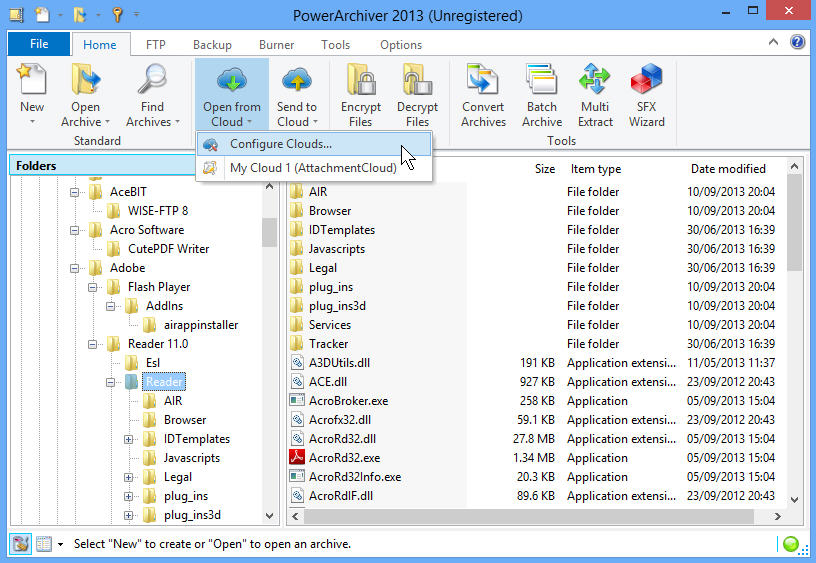
 Like my colleague Mark Wilson, I was excited about the launch of iOS 7 yesterday, but the update to the new mobile operating system took hours and hours to complete. Starting, failing, doing nothing… When the upgrade finally began -- for real -- it did so at a glacial pace. I have a 100Mbps connection, but the iOS 7 download was at dial-up speeds.
Like my colleague Mark Wilson, I was excited about the launch of iOS 7 yesterday, but the update to the new mobile operating system took hours and hours to complete. Starting, failing, doing nothing… When the upgrade finally began -- for real -- it did so at a glacial pace. I have a 100Mbps connection, but the iOS 7 download was at dial-up speeds.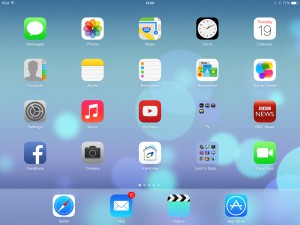 I could actually find a lot more than seven things I love. The lock screen for example, is one of them. I can access the notifications from here without unlocking the screen, and unlocking is done by swiping to the right from anywhere, not just flicking a switch at the bottom.
I could actually find a lot more than seven things I love. The lock screen for example, is one of them. I can access the notifications from here without unlocking the screen, and unlocking is done by swiping to the right from anywhere, not just flicking a switch at the bottom. So… it's here.
So… it's here. 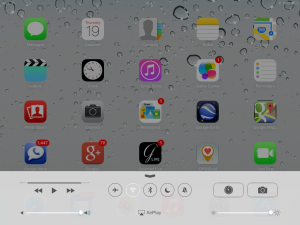 It's a shame. I dearly wanted to love iOS 7. The iPhone 5c and 5s announcements got me excited about Apple again -- which is odd as many people were deriding the company for its lack of innovation. I was seriously considering getting back into the world of iPhone (it's a while since I owned my 3GS), but I'm not sure I could live with the OS full time.
It's a shame. I dearly wanted to love iOS 7. The iPhone 5c and 5s announcements got me excited about Apple again -- which is odd as many people were deriding the company for its lack of innovation. I was seriously considering getting back into the world of iPhone (it's a while since I owned my 3GS), but I'm not sure I could live with the OS full time.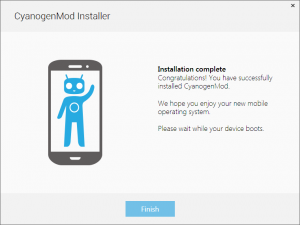 When it comes to Android, many users like to tinker and root their devices. Many of these users also flash custom-roms; a modified version of the Android operating system. This is typically done to add features, remove carrier-installed apps and heck -- even just for fun. For years, CyanogenMod was viewed as the "holy grail" of custom-roms.
When it comes to Android, many users like to tinker and root their devices. Many of these users also flash custom-roms; a modified version of the Android operating system. This is typically done to add features, remove carrier-installed apps and heck -- even just for fun. For years, CyanogenMod was viewed as the "holy grail" of custom-roms.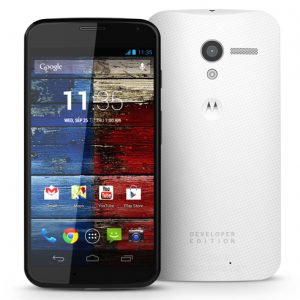 I just have to ask, because the price irks me.
I just have to ask, because the price irks me. The first new iPhone reviews are in, and there is increasing buzz about how 5s supplies will be greatly limited, as in "
The first new iPhone reviews are in, and there is increasing buzz about how 5s supplies will be greatly limited, as in "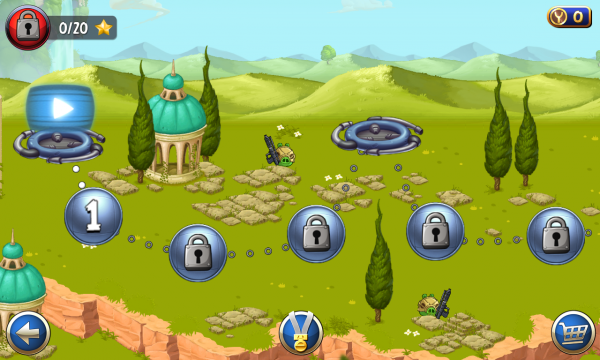
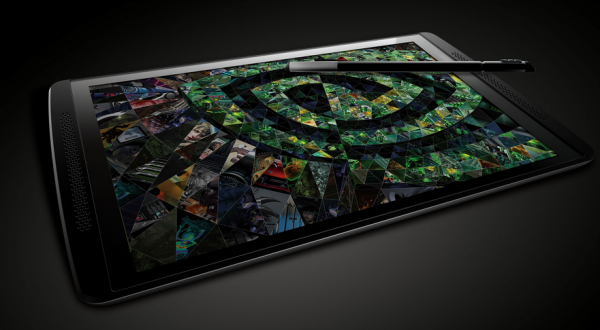
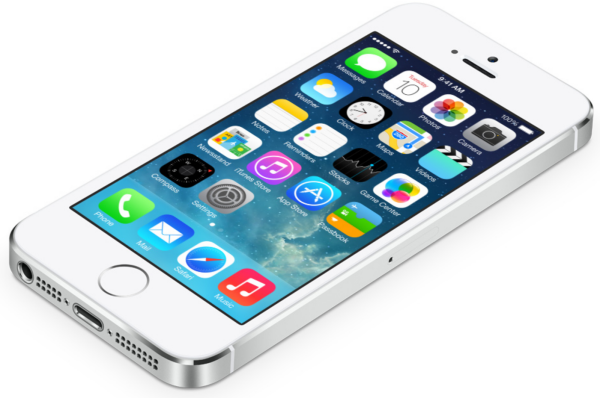 Anyone who manages to get their hands on an
Anyone who manages to get their hands on an 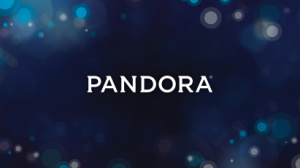 Just yesterday, Microsoft played its latest card in the music battle, announcing Linkin Park's latest song would
Just yesterday, Microsoft played its latest card in the music battle, announcing Linkin Park's latest song would  It seems that every online company is in a sharing mood at the moment.
It seems that every online company is in a sharing mood at the moment. 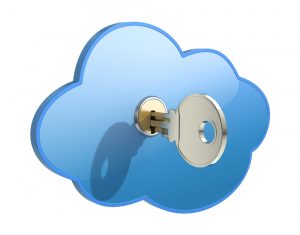 Microsoft and
Microsoft and 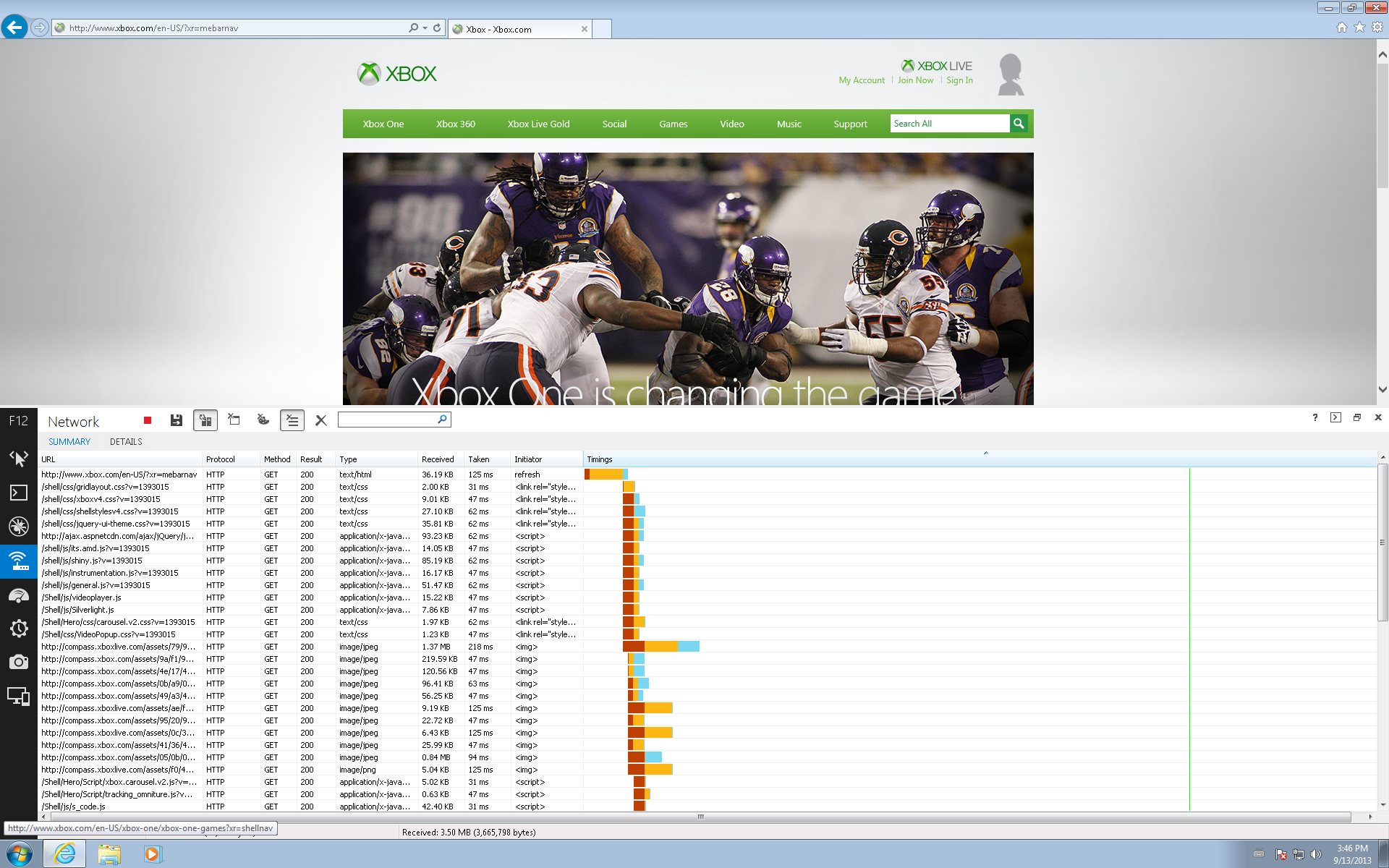

 There can be few of us who don’t rely on a todo list of one form or another to manage our increasingly hectic schedules -- and there are certainly plenty of tools to choose from. To help juggle deadlines and manage my time, I've long relied on
There can be few of us who don’t rely on a todo list of one form or another to manage our increasingly hectic schedules -- and there are certainly plenty of tools to choose from. To help juggle deadlines and manage my time, I've long relied on 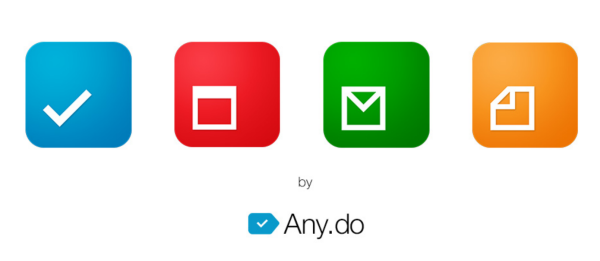
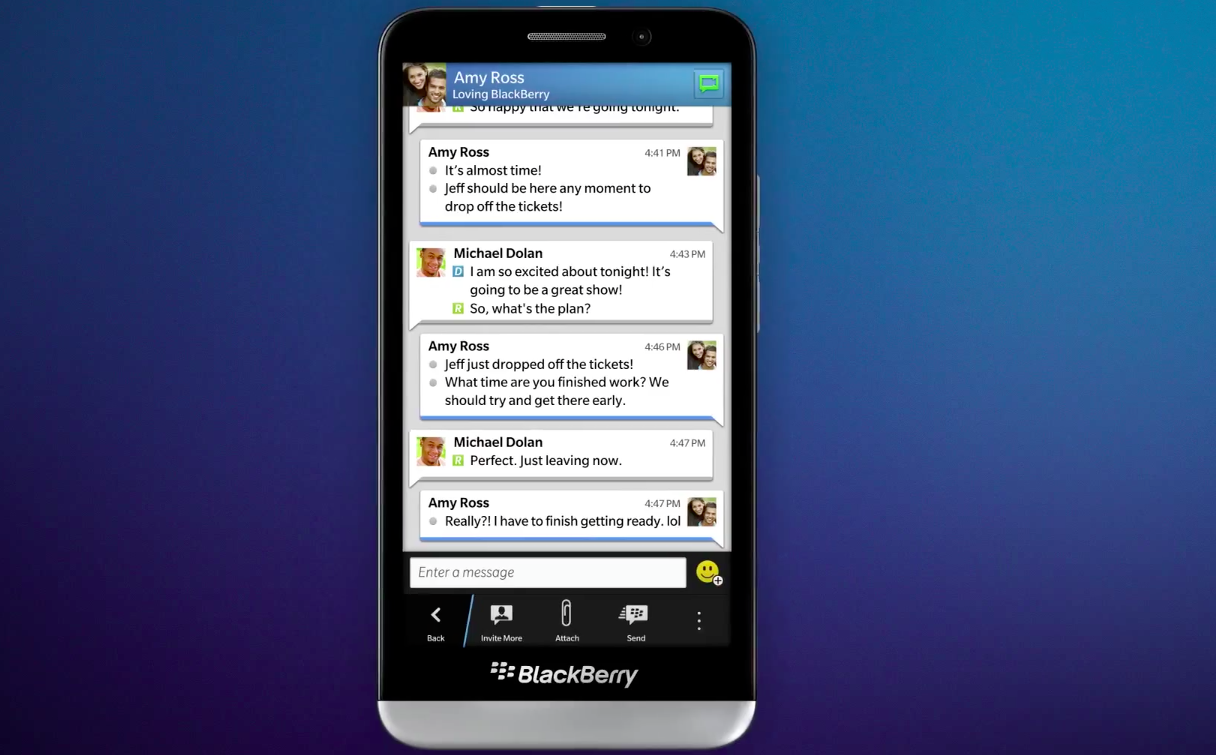
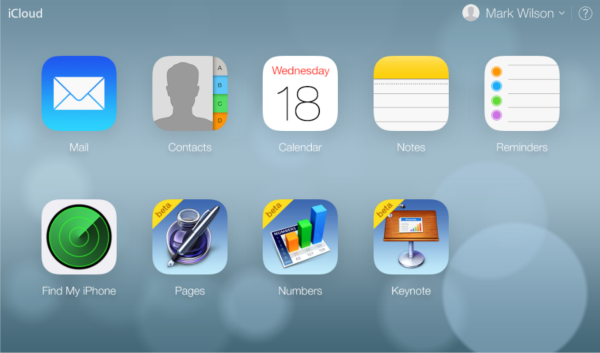
 We all have information relating to banks, insurance companies, utilities, retailers and more that we need to keep. But now that we increasingly manage our accounts online how do you cope with saving statements and other important information that you receive electronically?
We all have information relating to banks, insurance companies, utilities, retailers and more that we need to keep. But now that we increasingly manage our accounts online how do you cope with saving statements and other important information that you receive electronically?

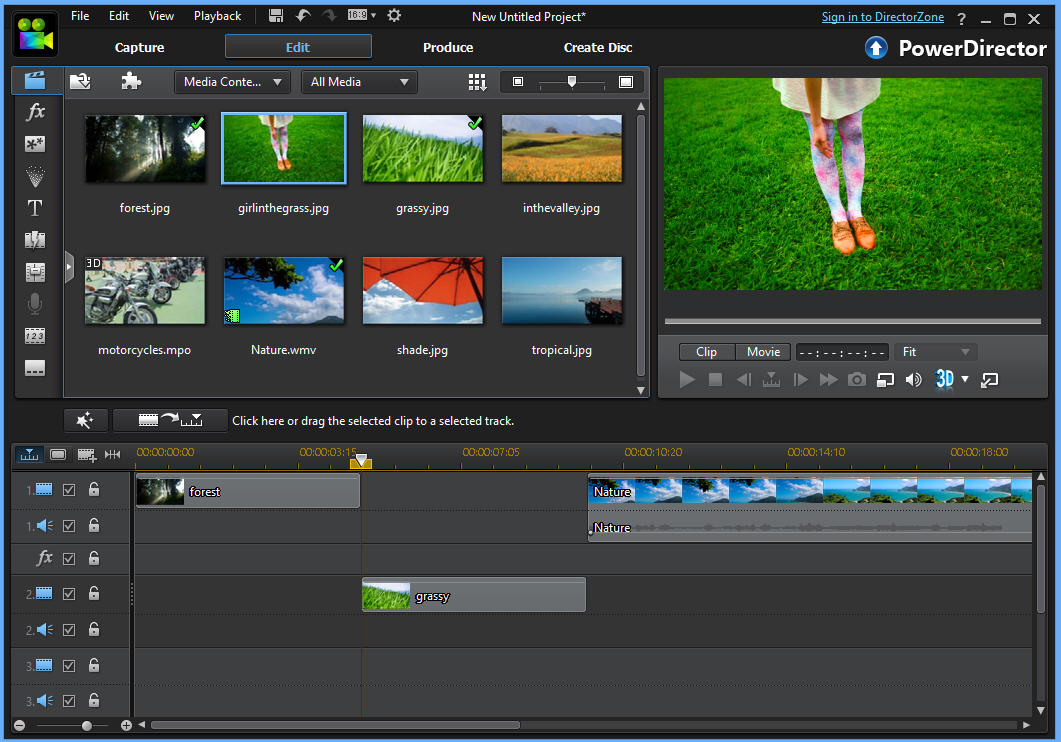
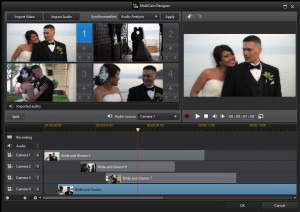 Clicking Plugins > MultiCam Designer opens a four pane window, where you can add your source clips (although only from the Media Room or your hard drive, not the timeline). As usual with multicam editing you must then synchronize your clips, and PowerDirector supports all the options you’d expect. Choose "Audio Analysis" and the program will sync the clips itself (and generally very successfully, in our first tests); it can also use video timecodes, or file creation times; or you can manually add markers representing the same time point in each clip.
Clicking Plugins > MultiCam Designer opens a four pane window, where you can add your source clips (although only from the Media Room or your hard drive, not the timeline). As usual with multicam editing you must then synchronize your clips, and PowerDirector supports all the options you’d expect. Choose "Audio Analysis" and the program will sync the clips itself (and generally very successfully, in our first tests); it can also use video timecodes, or file creation times; or you can manually add markers representing the same time point in each clip.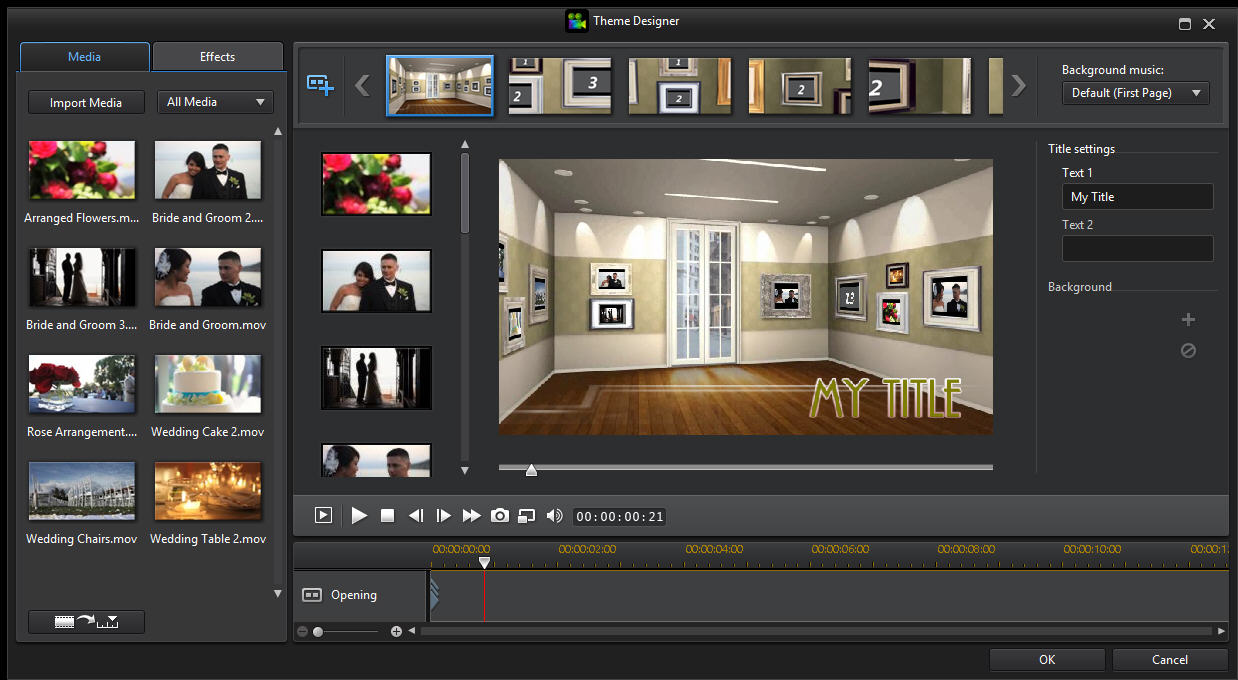
 Additionally, picture-in-picture and text objects can now be given a motion blur effect, with a custom blur length and density. It takes a little experimenting to find where this works, and where it really doesn’t, but we found the effect did give a smooth and more realistic motion to many of our animated captions.
Additionally, picture-in-picture and text objects can now be given a motion blur effect, with a custom blur length and density. It takes a little experimenting to find where this works, and where it really doesn’t, but we found the effect did give a smooth and more realistic motion to many of our animated captions.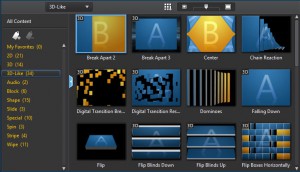 Better format and standards support sees the program able to import animated GIFs, movies with Dolby Digital Plus 5.1 channel audio, and PowerPoint files (although the latter needs PowerPoint to be installed on your PC). These may be enhanced with two new content packs, Holiday Pack 4 and Content Pack Premium, and there are some new transition effects on hand if you need them.
Better format and standards support sees the program able to import animated GIFs, movies with Dolby Digital Plus 5.1 channel audio, and PowerPoint files (although the latter needs PowerPoint to be installed on your PC). These may be enhanced with two new content packs, Holiday Pack 4 and Content Pack Premium, and there are some new transition effects on hand if you need them.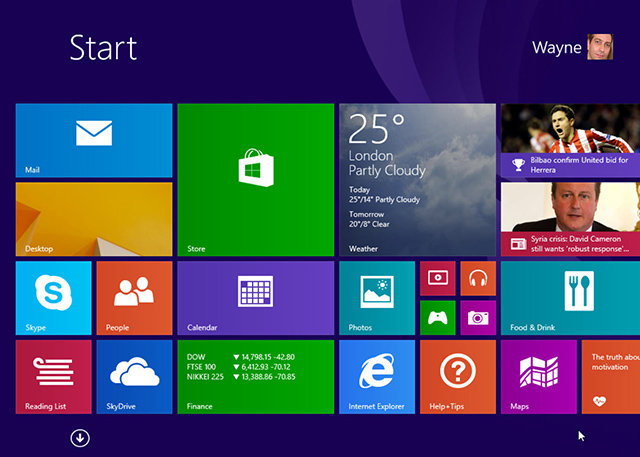 After saying everyone except hardware partners would need to wait until next month to get their hands on Windows 8.1, Microsoft last week relented and made the
After saying everyone except hardware partners would need to wait until next month to get their hands on Windows 8.1, Microsoft last week relented and made the 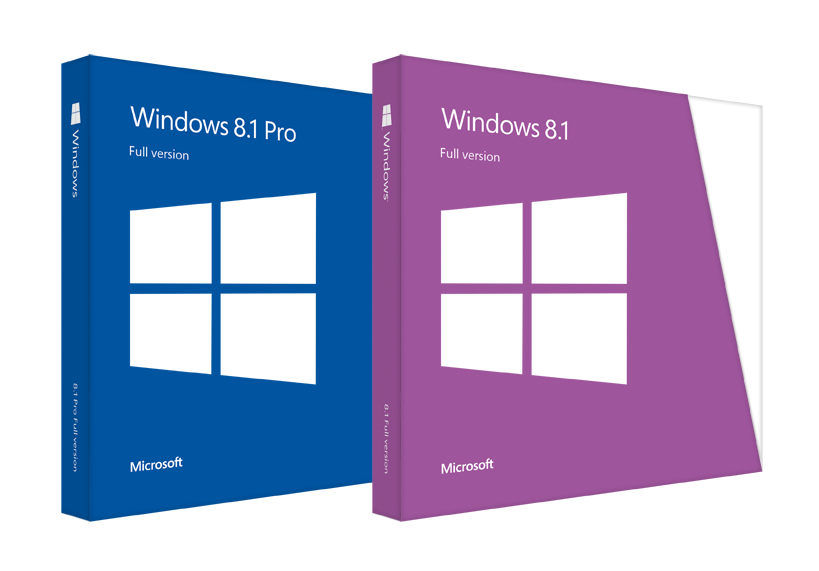 Windows 8.1 has been chewed on around the internet for sometime now, with a Preview release,
Windows 8.1 has been chewed on around the internet for sometime now, with a Preview release,  China has been in the spotlight lately. Most recently, the country was rumored to be the major catalyst for the "low cost" iPhone 5c. However, this has largely been
China has been in the spotlight lately. Most recently, the country was rumored to be the major catalyst for the "low cost" iPhone 5c. However, this has largely been 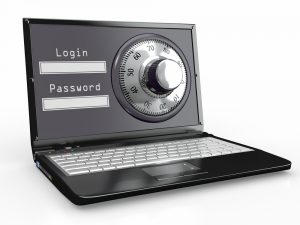 Microsoft is no stranger to finding itself on the receiving end of complaints about security issues that are found in Windows and its other software. But now the Redmond company is turning the tables on consumers, saying that they need to do more to secure their own computers.
Microsoft is no stranger to finding itself on the receiving end of complaints about security issues that are found in Windows and its other software. But now the Redmond company is turning the tables on consumers, saying that they need to do more to secure their own computers.  The Internet can be a dangerous place if you aren't careful. There are viruses, malware and Trojans just waiting to ruin your day. Unwary computer users can significantly increase their chances of infection by searching for questionable things, and even seemingly innocuous search terms can be unsafe.
The Internet can be a dangerous place if you aren't careful. There are viruses, malware and Trojans just waiting to ruin your day. Unwary computer users can significantly increase their chances of infection by searching for questionable things, and even seemingly innocuous search terms can be unsafe.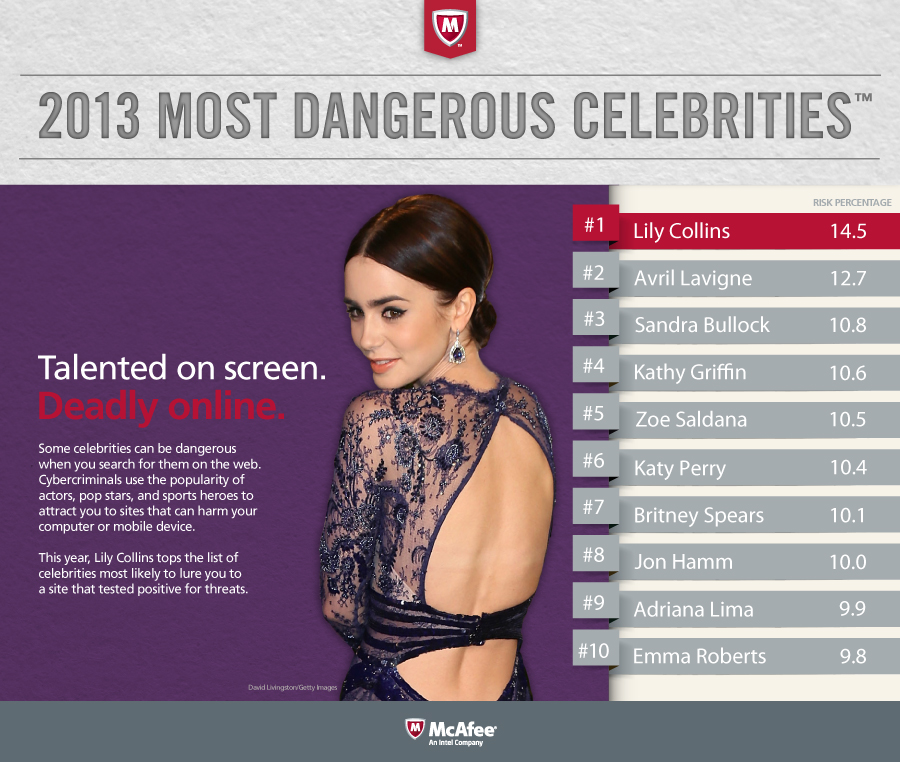
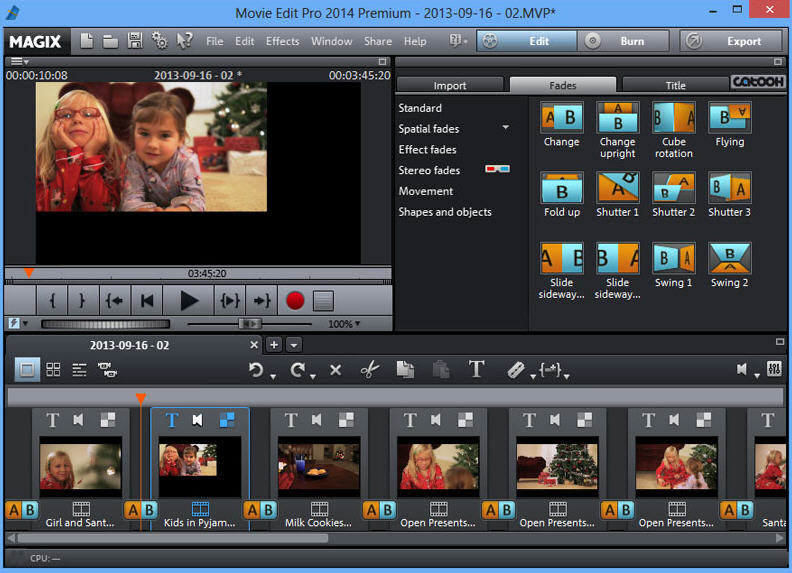
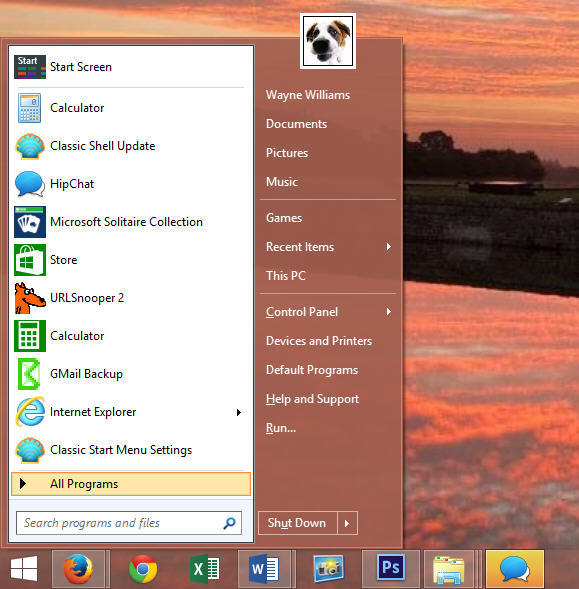 I’ve already declared my
I’ve already declared my 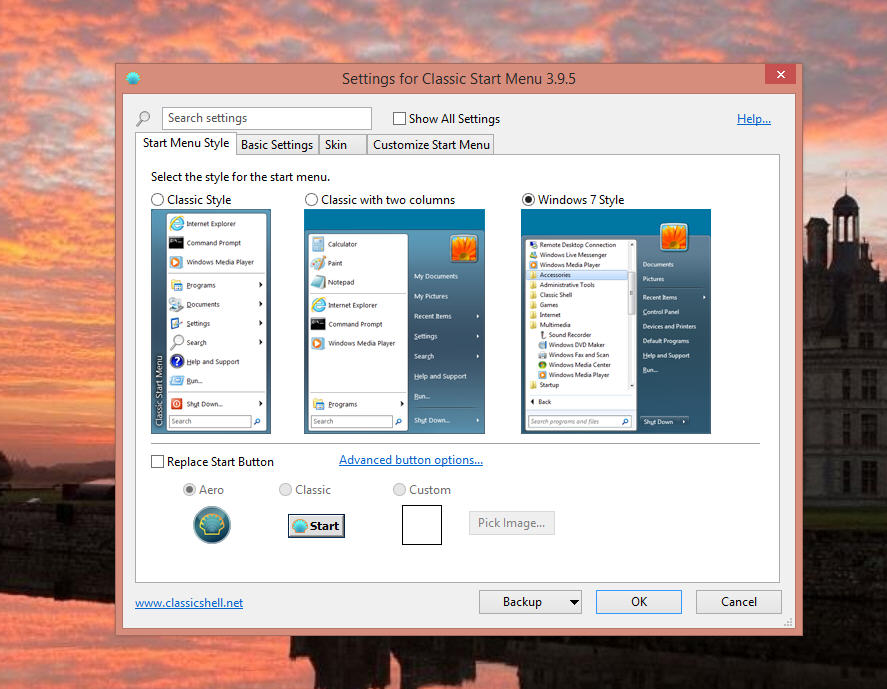

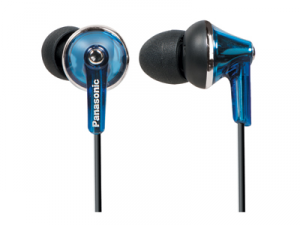 Panasonic has introduced its new lineup of headphones, including four over-ear, or monitor styles, and two in-ear, or earbud, models. In-ear has become quite popular after the success of the iPod and now many smartphones even come with an included pair, albeit generally of questionable quality.
Panasonic has introduced its new lineup of headphones, including four over-ear, or monitor styles, and two in-ear, or earbud, models. In-ear has become quite popular after the success of the iPod and now many smartphones even come with an included pair, albeit generally of questionable quality. Big news came from Apple and Microsoft this week. Microsoft seemingly had a change of heart; having previously said that Windows 8.1 RTM would not be made available before its official launch date, the company
Big news came from Apple and Microsoft this week. Microsoft seemingly had a change of heart; having previously said that Windows 8.1 RTM would not be made available before its official launch date, the company 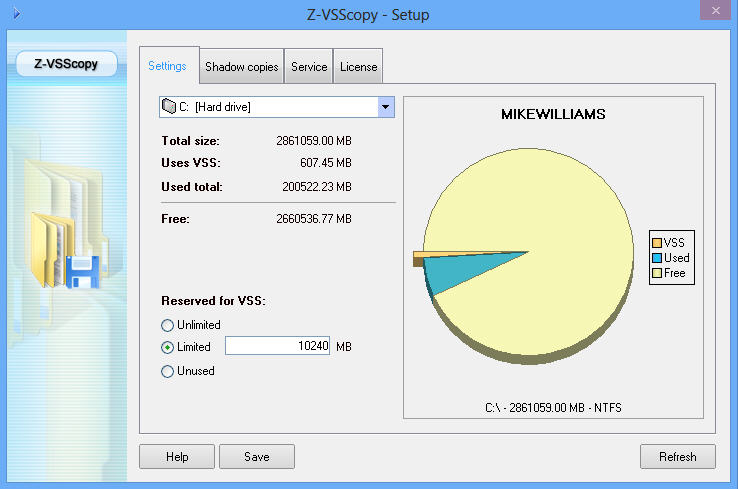
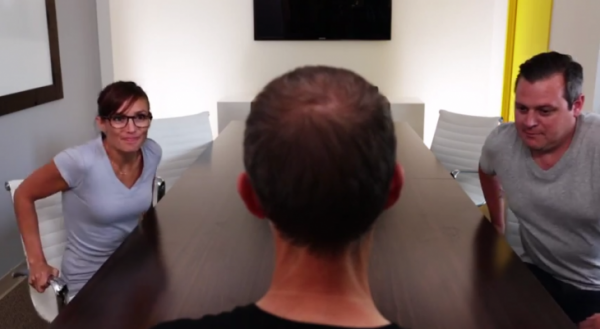
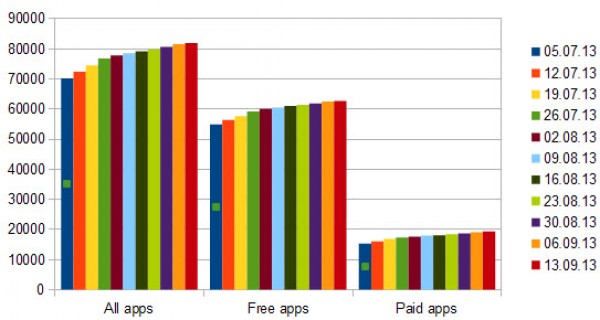
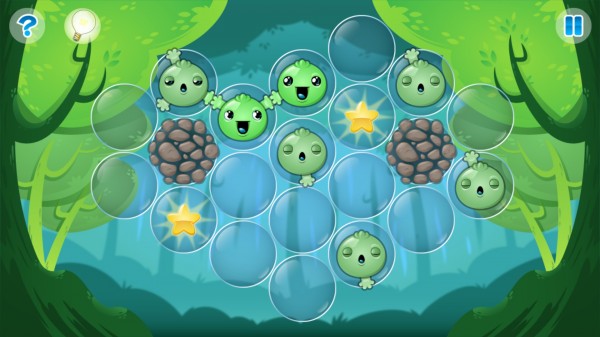
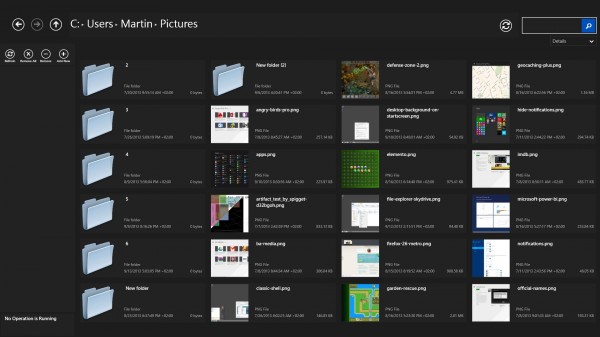
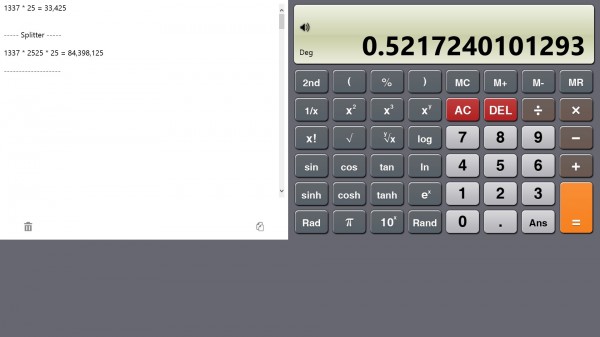
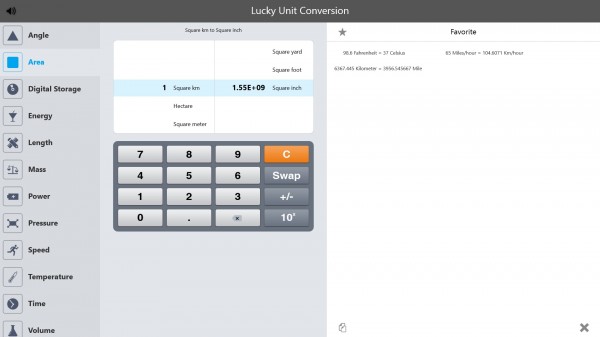
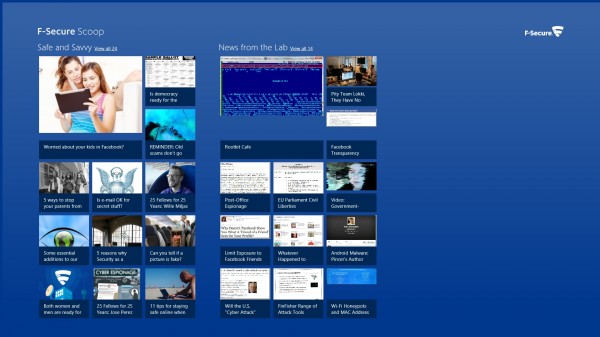
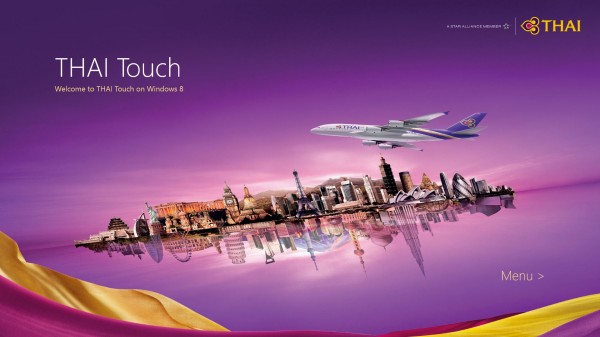
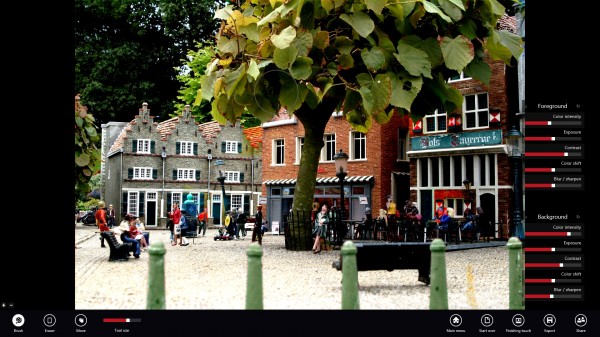
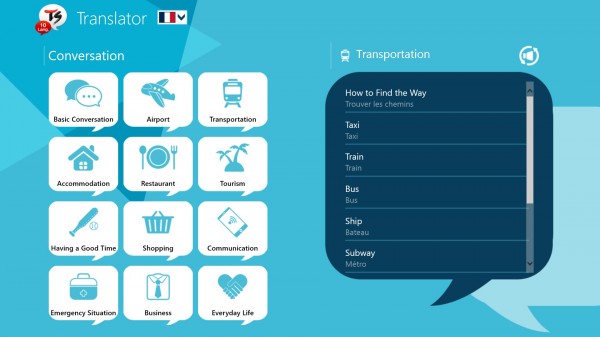
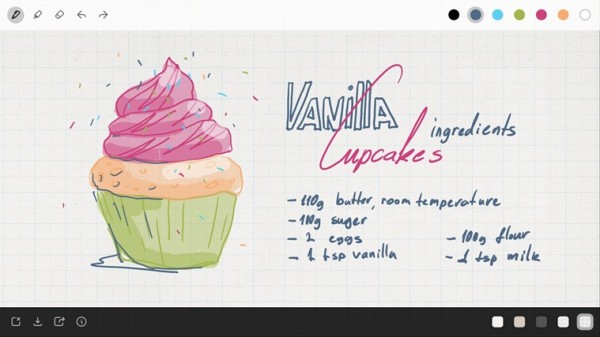
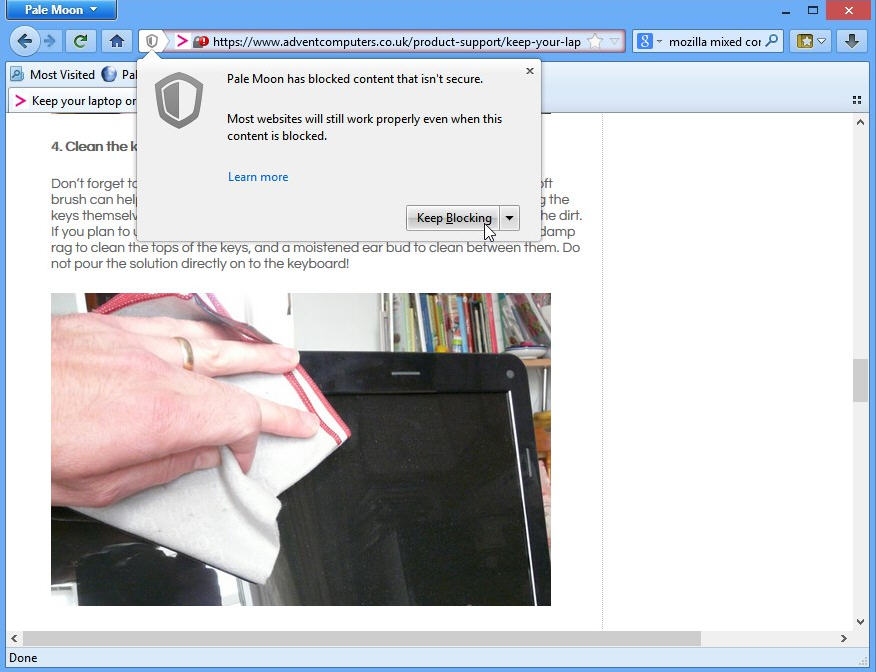
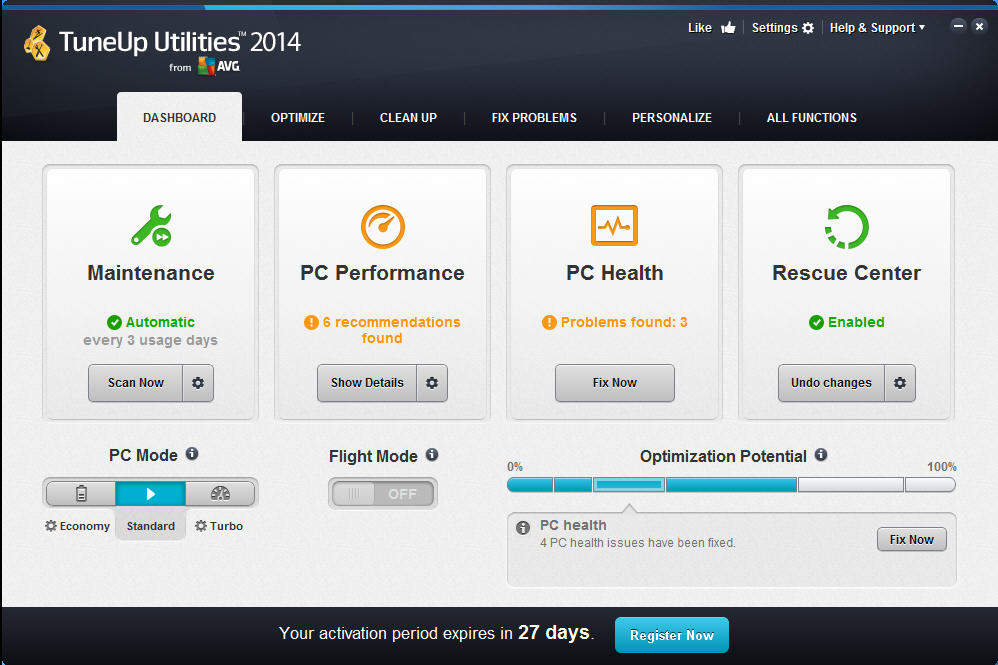
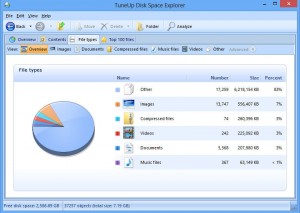 Clicking the "Clean Up" tab reveals six tools which aim to help you free up valuable hard drive space.
Clicking the "Clean Up" tab reveals six tools which aim to help you free up valuable hard drive space.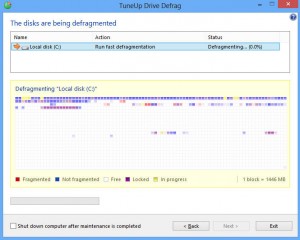 The Optimize tab provides access to a mix of tools, some familiar, some much more interesting.
The Optimize tab provides access to a mix of tools, some familiar, some much more interesting.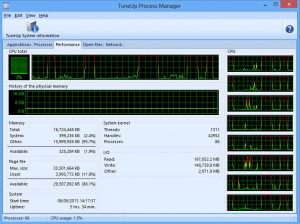 The results? Boot time fell 32 percent, from 69 to 47 seconds; used RAM dropped from 2.2 to 1.9GB; running processes fell from 85 to 74, and our thread and handle count also saw small drops (from 1,190 and 31,290 to 1,012 and 27,403). There was also significantly reduced CPU usage, particularly at boot time, and the whole system felt snappier and more responsive.
The results? Boot time fell 32 percent, from 69 to 47 seconds; used RAM dropped from 2.2 to 1.9GB; running processes fell from 85 to 74, and our thread and handle count also saw small drops (from 1,190 and 31,290 to 1,012 and 27,403). There was also significantly reduced CPU usage, particularly at boot time, and the whole system felt snappier and more responsive.
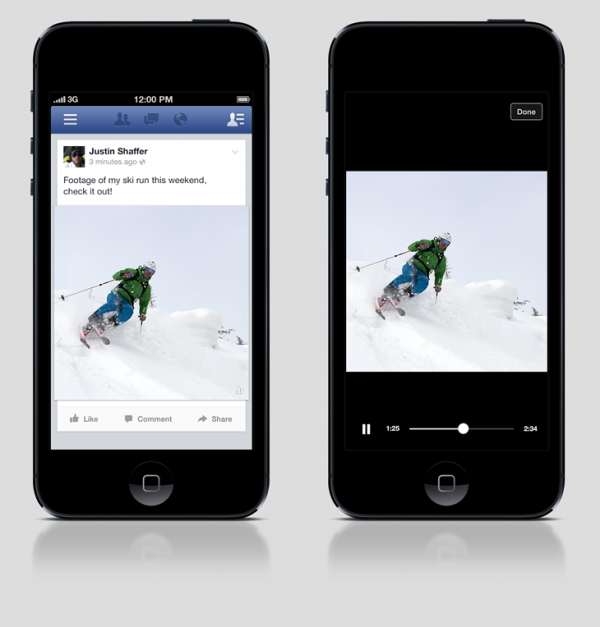

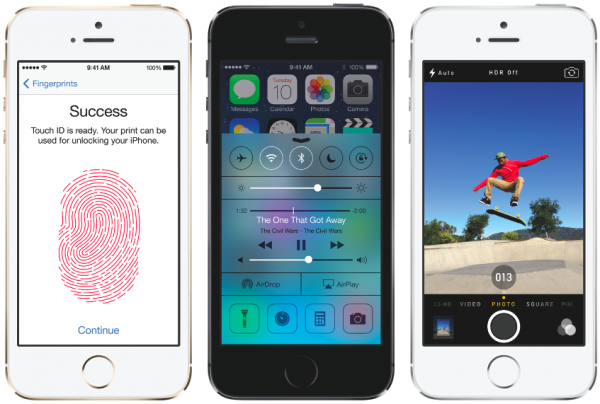

 California-based project management software provider
California-based project management software provider 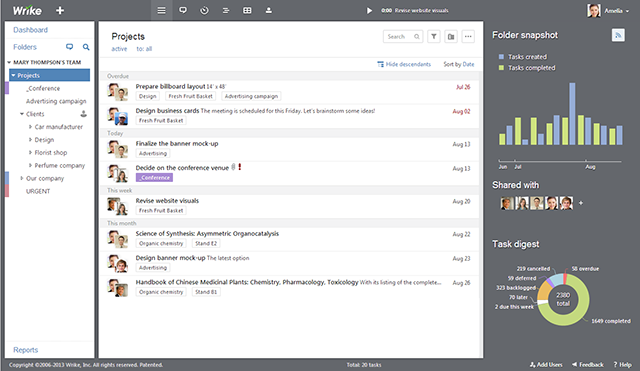

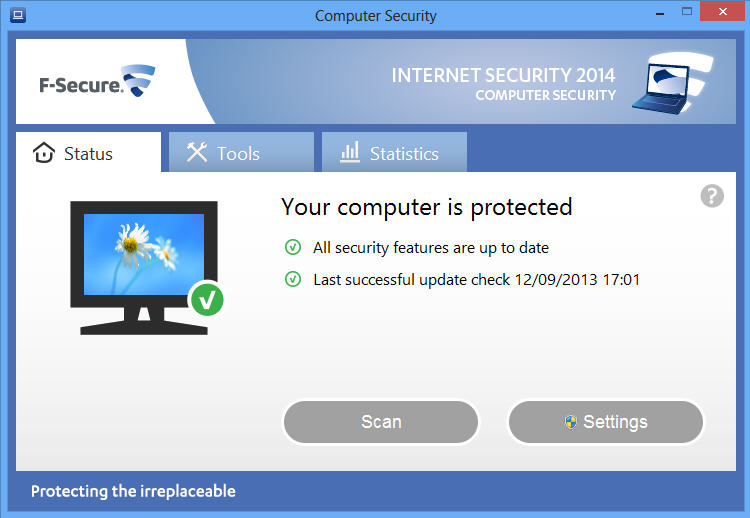
 Many of novelist Stephen King's books and short stories have found their way to the screen either through a movie or mini-series. Some, like The Shining, have become classics in the eyes of fans, while others...well... This season a King novel has returned the author to prominence on the small screen -- Under the Dome has been the most watched show of the summer season.
Many of novelist Stephen King's books and short stories have found their way to the screen either through a movie or mini-series. Some, like The Shining, have become classics in the eyes of fans, while others...well... This season a King novel has returned the author to prominence on the small screen -- Under the Dome has been the most watched show of the summer season. Following in the footsteps of Facebook, fellow social-media site Twitter has filed for an IPO. In other words, the company wants to sell stock in itself by going public. However, Twitter probably hopes not to follow Facebook's initial performance which was
Following in the footsteps of Facebook, fellow social-media site Twitter has filed for an IPO. In other words, the company wants to sell stock in itself by going public. However, Twitter probably hopes not to follow Facebook's initial performance which was 

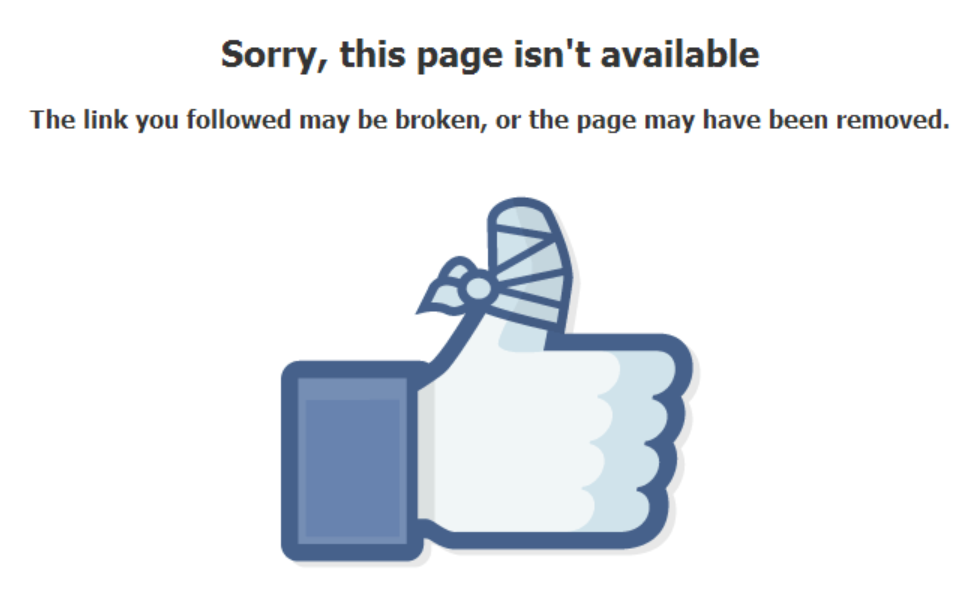

 I use Facebook daily to stay in touch with friends, family and colleagues. However, despite my heavy usage, I am concerned about my privacy. Facebook is notorious for changing its policies and settings and it can be difficult to stay on top of it. Today, popular security and anti-virus company AVG
I use Facebook daily to stay in touch with friends, family and colleagues. However, despite my heavy usage, I am concerned about my privacy. Facebook is notorious for changing its policies and settings and it can be difficult to stay on top of it. Today, popular security and anti-virus company AVG 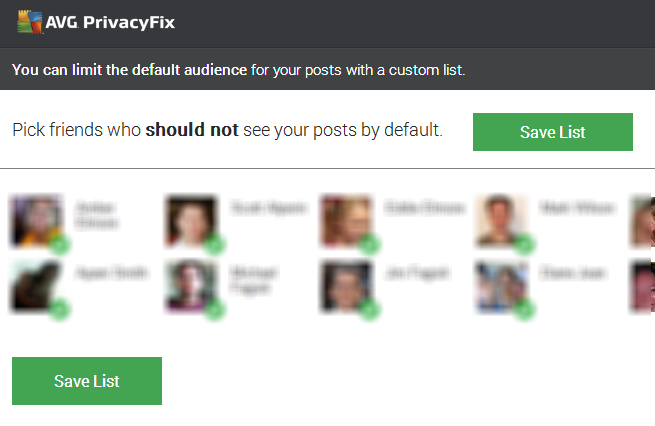

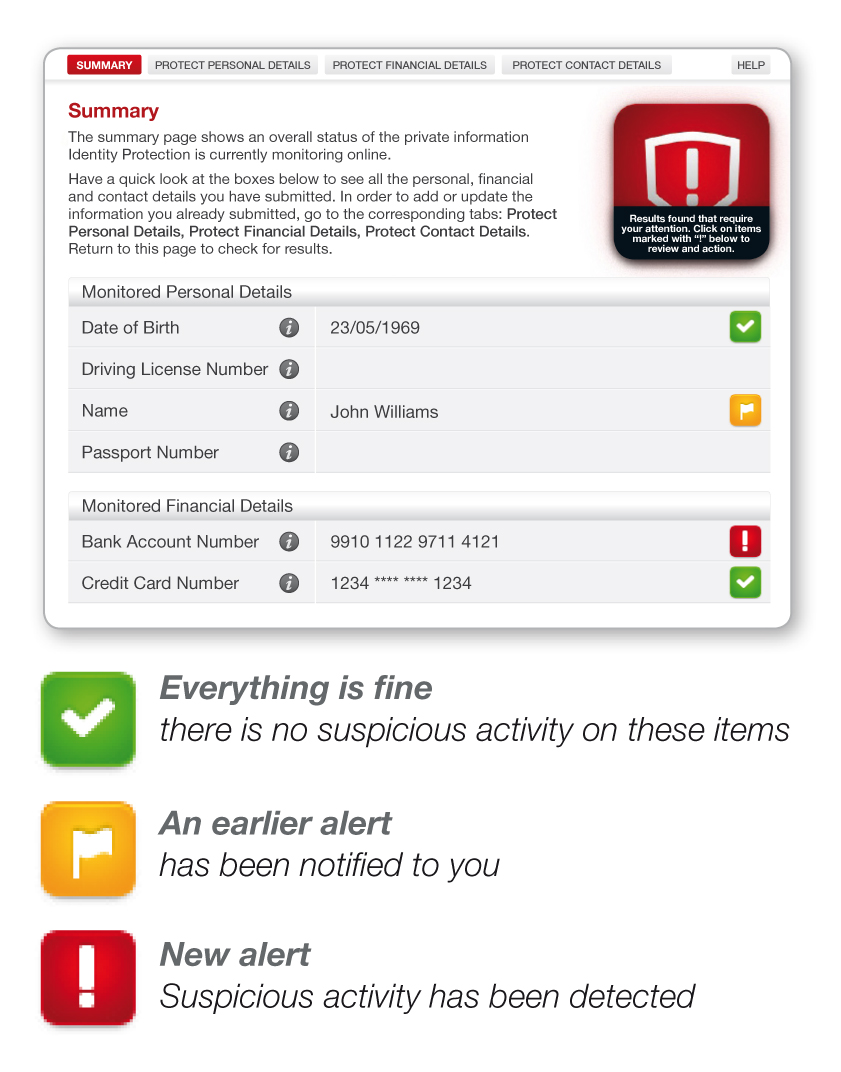 Where once malware was aimed at disrupting your computer, today it's more likely to be out to steal your personal information and get access to your finances. BullGuard has a track record of guarding against this type of threat with products like
Where once malware was aimed at disrupting your computer, today it's more likely to be out to steal your personal information and get access to your finances. BullGuard has a track record of guarding against this type of threat with products like 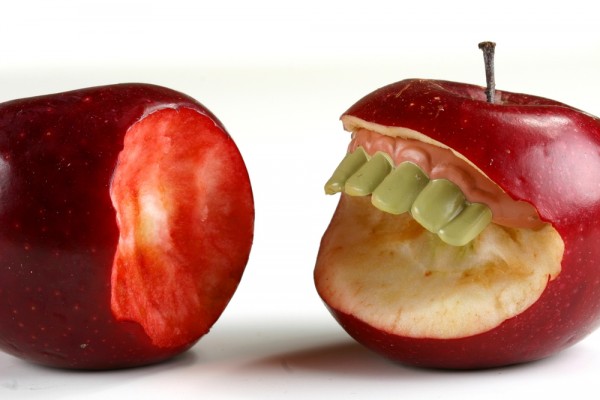
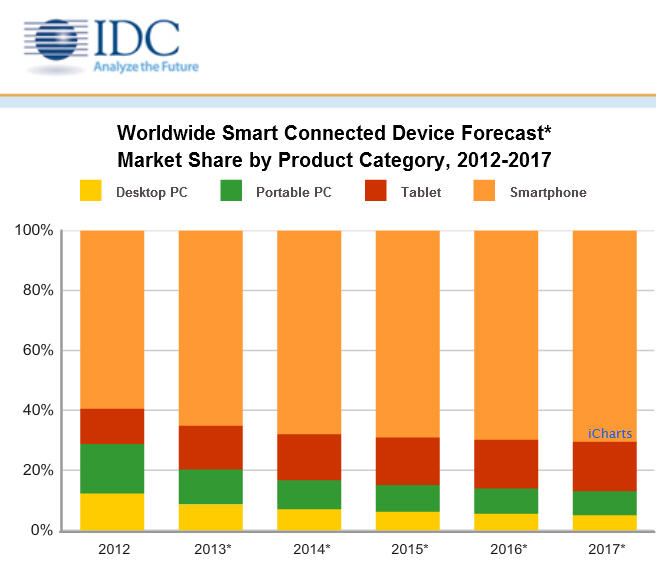


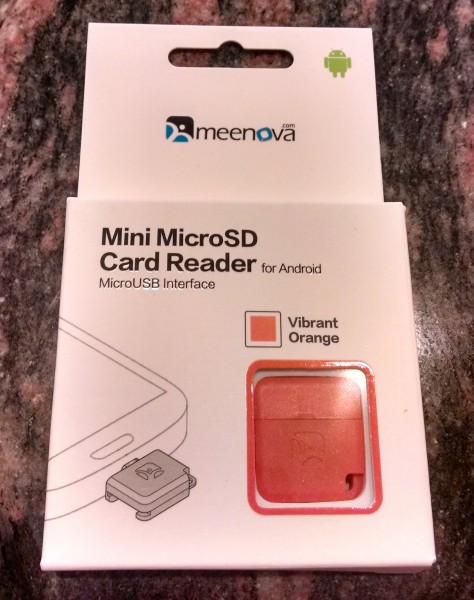
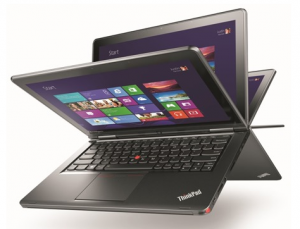 The launch of Windows 8.1 is right around the corner and, in fact, many of us are already using the next-generation operating system either in Preview or RTM form. Consumers, however, are not the only focus for Windows, and the software maker has taken steps in version 8.1 to ease the transition for business by bringing back the Start button (sort of) and adding a "boot to desktop" mode.
The launch of Windows 8.1 is right around the corner and, in fact, many of us are already using the next-generation operating system either in Preview or RTM form. Consumers, however, are not the only focus for Windows, and the software maker has taken steps in version 8.1 to ease the transition for business by bringing back the Start button (sort of) and adding a "boot to desktop" mode.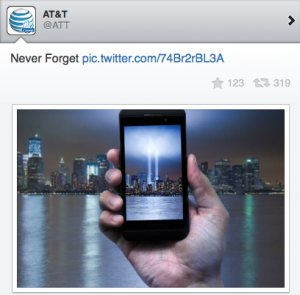 AT&T finds itself on the receiving end of an internet backlash after tweeting an advertisement for the BlackBerry Z10 that used 9/11 imagery. On the anniversary of the tragedy that saw the Twin Towers fall, the US phone giant
AT&T finds itself on the receiving end of an internet backlash after tweeting an advertisement for the BlackBerry Z10 that used 9/11 imagery. On the anniversary of the tragedy that saw the Twin Towers fall, the US phone giant 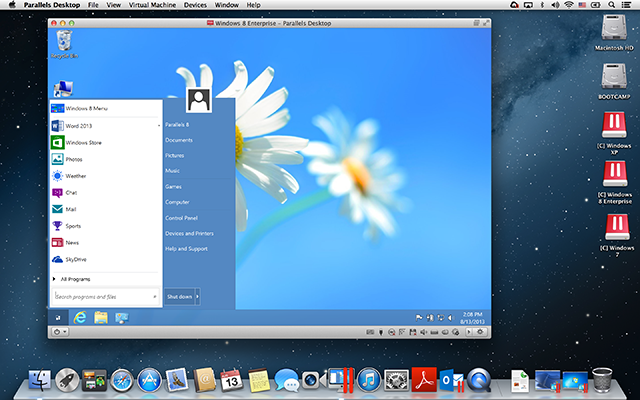

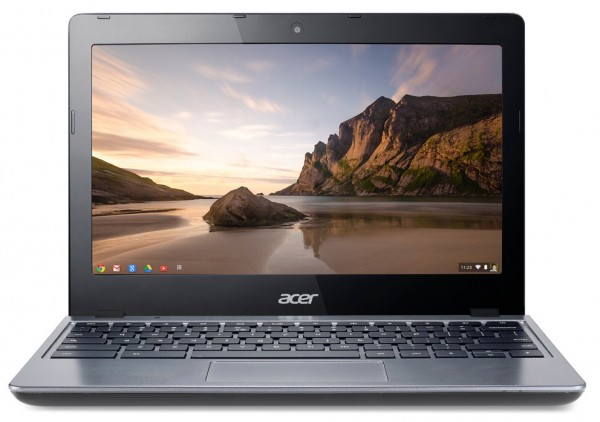
 Google faces claims for damages from people who had personal data collected from their wireless networks as the company gathered information for its Street View service. Google had previously claimed that emails, usernames and passwords had been collected unintentionally, but the
Google faces claims for damages from people who had personal data collected from their wireless networks as the company gathered information for its Street View service. Google had previously claimed that emails, usernames and passwords had been collected unintentionally, but the 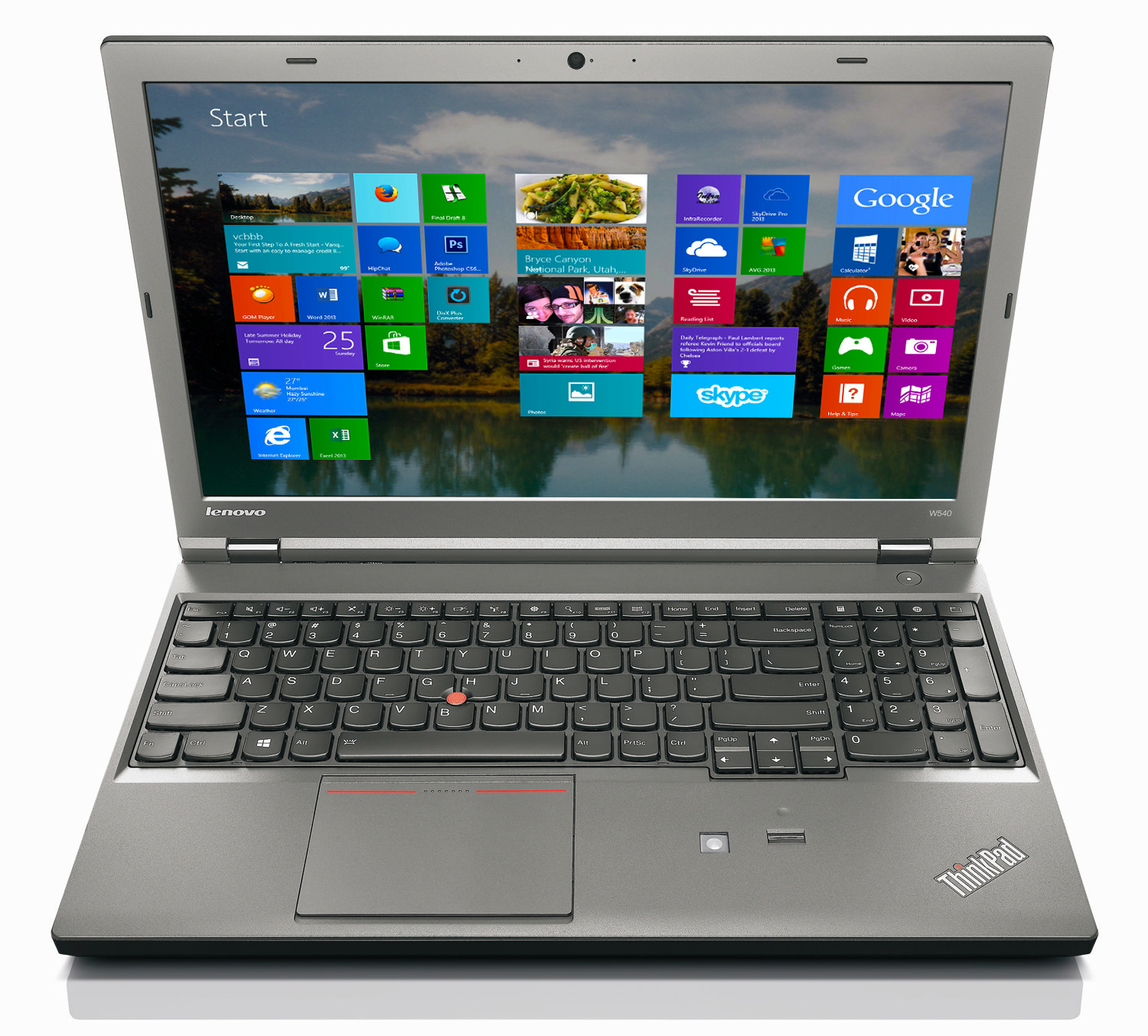

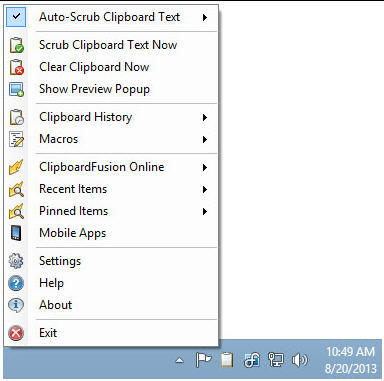 You’ve found some text you need on a web page, and so you copy it to the clipboard, paste it into a document. But now there’s a problem. Not only have you got the text, but it’s also come with links, colors, and a host of other formatting you really didn’t want at all.
You’ve found some text you need on a web page, and so you copy it to the clipboard, paste it into a document. But now there’s a problem. Not only have you got the text, but it’s also come with links, colors, and a host of other formatting you really didn’t want at all.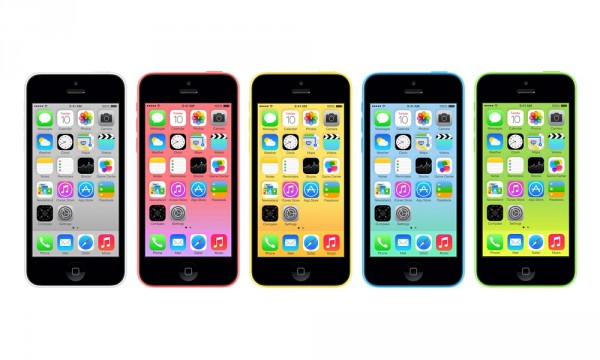
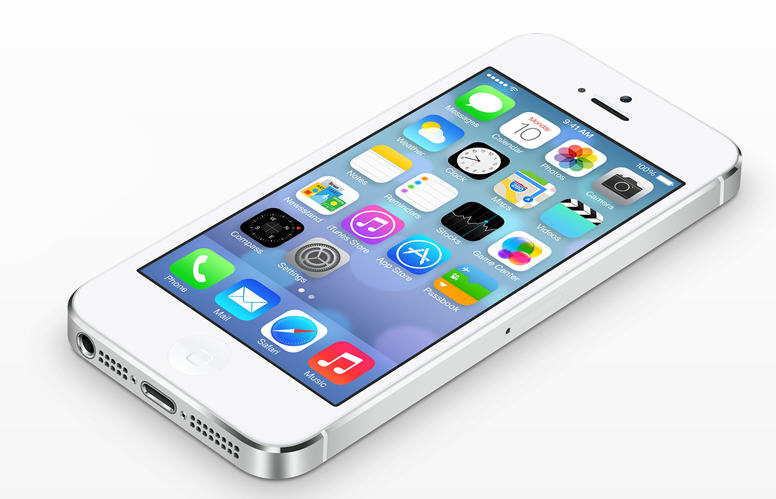
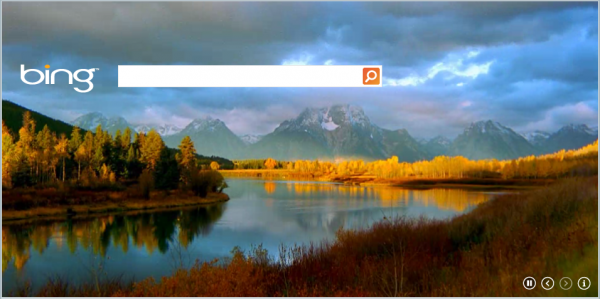
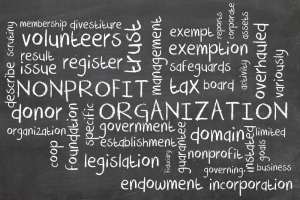 Okay, it was an easy joke, I confess, but thanks to recent
Okay, it was an easy joke, I confess, but thanks to recent 

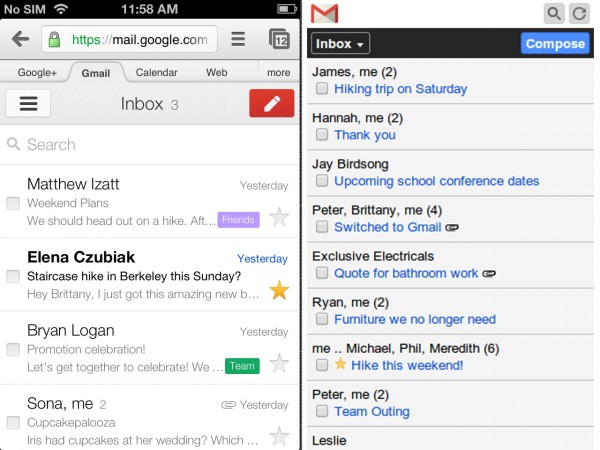


 You know how the internet is meant to be one of the few remaining forums in which you’re free to speak your mind? That could be set to change in a slightly concerning way. You might think that if you have your own website you're free to say pretty much whatever you want (legality providing), but the UK's domain name registry,
You know how the internet is meant to be one of the few remaining forums in which you’re free to speak your mind? That could be set to change in a slightly concerning way. You might think that if you have your own website you're free to say pretty much whatever you want (legality providing), but the UK's domain name registry, 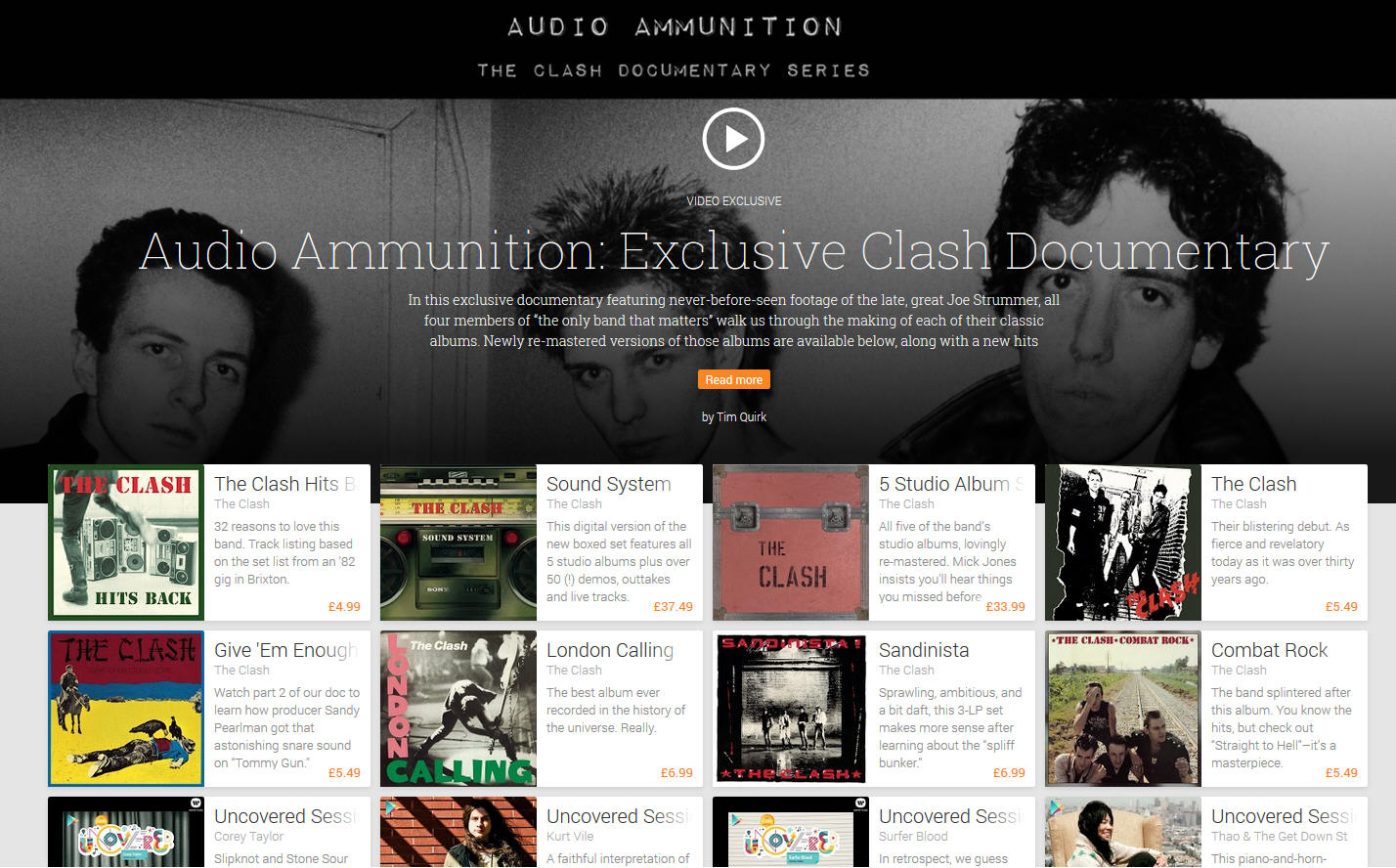
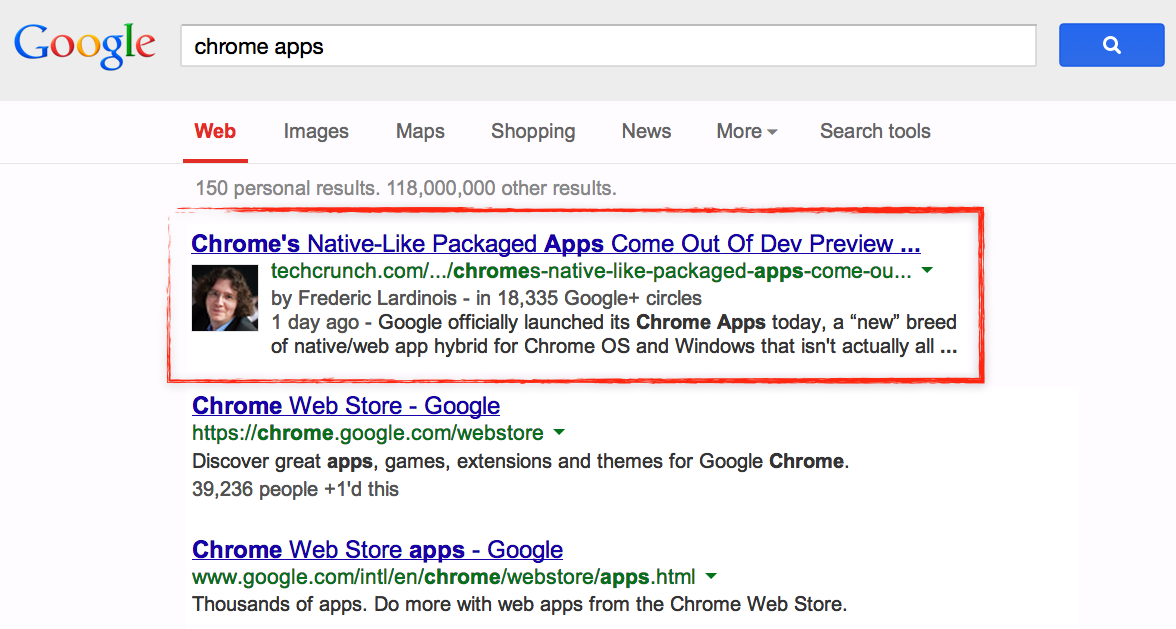
 ROX Player
ROX Player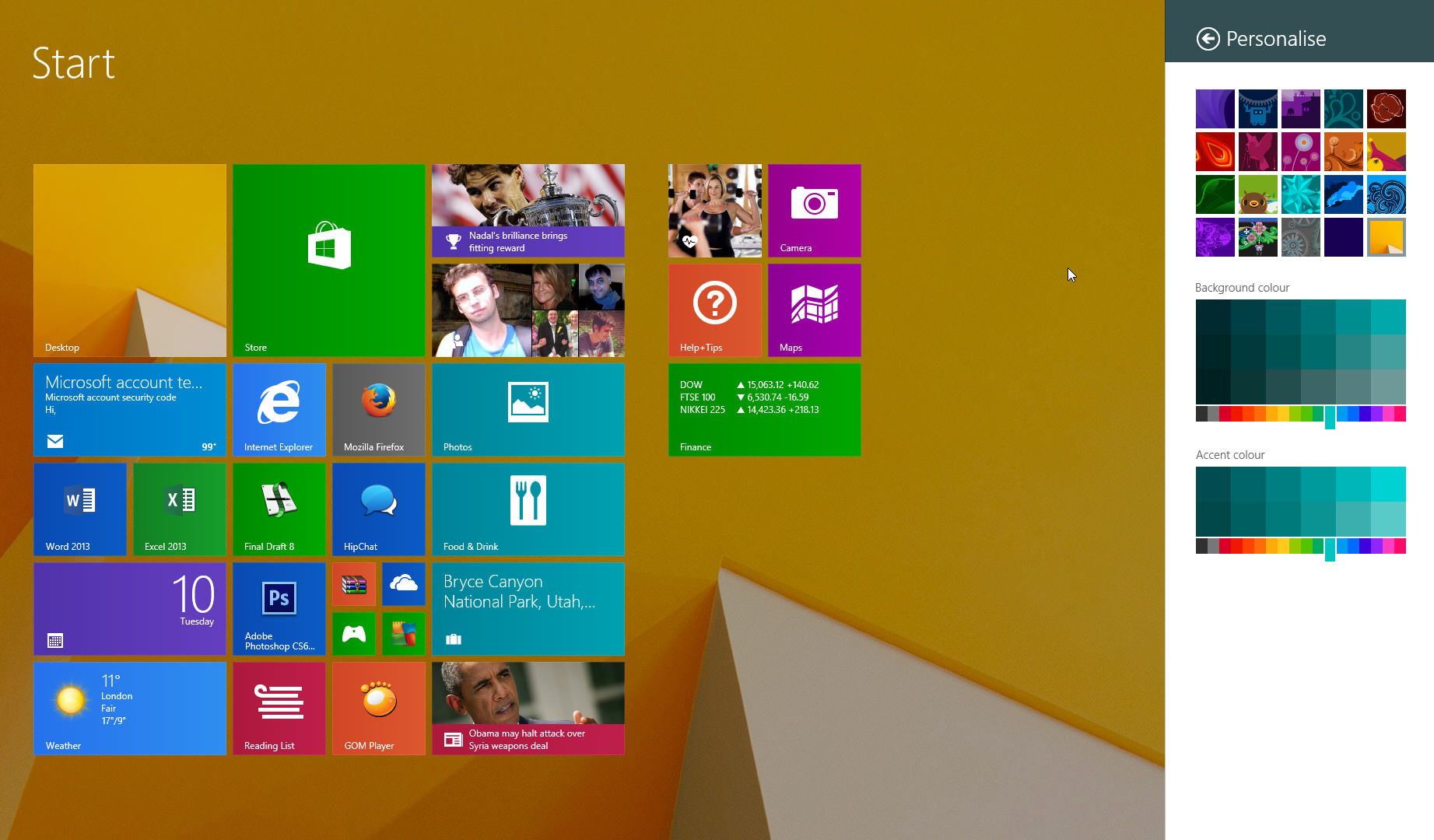
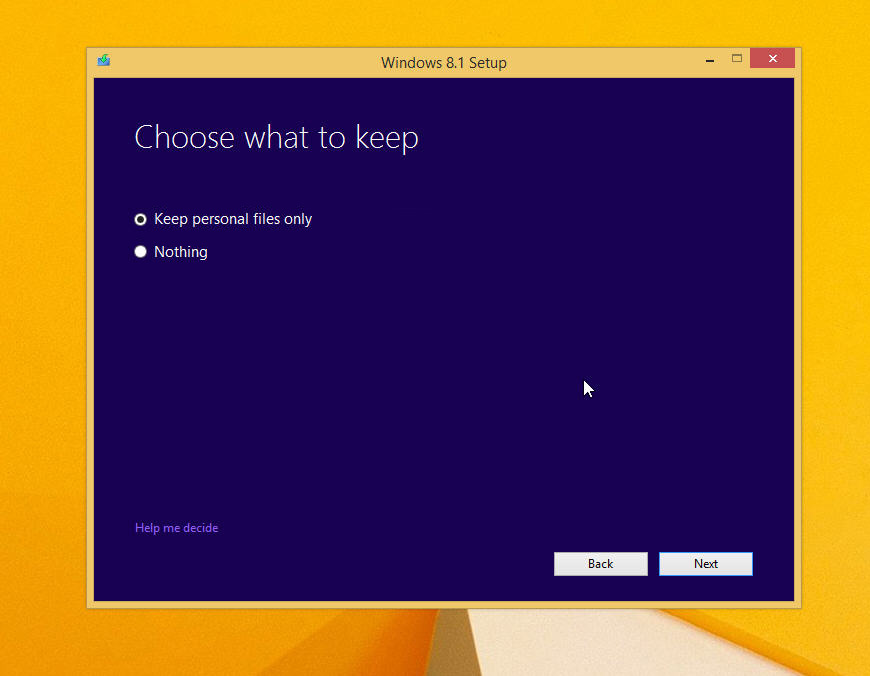 Select the option you require, and setup will go through the install process, restarting as required and when it completes you’ll be invited to customize the OS, log into your Windows account and so on.
Select the option you require, and setup will go through the install process, restarting as required and when it completes you’ll be invited to customize the OS, log into your Windows account and so on.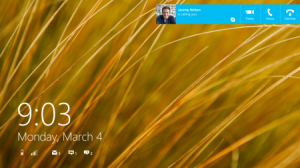 Its no secret that a lot is changing in the 8.1 update of Microsoft's operating system, which suddenly
Its no secret that a lot is changing in the 8.1 update of Microsoft's operating system, which suddenly 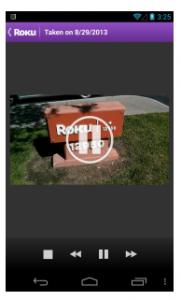 So, you got that new Android phone that's capable of taking HD video, but your friends and family really do not care to watch your cinematography skills on a five-inch screen. The good news is that you may just have a certain streaming set-top box sitting right in your living room that can solve your woes.
So, you got that new Android phone that's capable of taking HD video, but your friends and family really do not care to watch your cinematography skills on a five-inch screen. The good news is that you may just have a certain streaming set-top box sitting right in your living room that can solve your woes. Android is my mobile operating system of choice. While I am
Android is my mobile operating system of choice. While I am 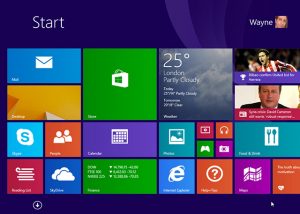 Two weeks ago I wrote a piece called
Two weeks ago I wrote a piece called  When you need to send confidential documents to someone else steganography can be an effective technique. Use SteganPEG to embed your files inside JPEGs, say, then just email them as normal, and casual observers will see only normal pictures. They’ll never realize your hidden data is inside.
When you need to send confidential documents to someone else steganography can be an effective technique. Use SteganPEG to embed your files inside JPEGs, say, then just email them as normal, and casual observers will see only normal pictures. They’ll never realize your hidden data is inside.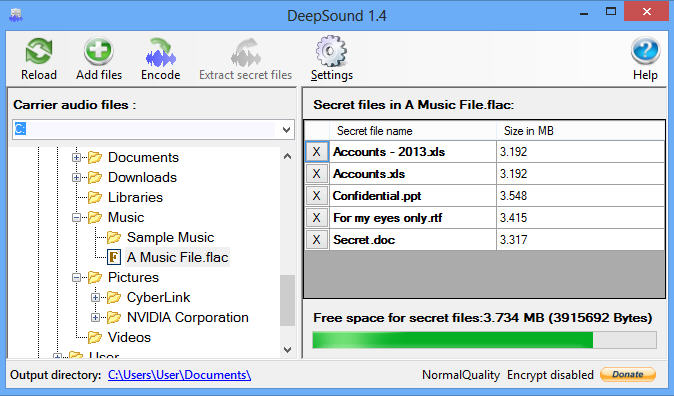
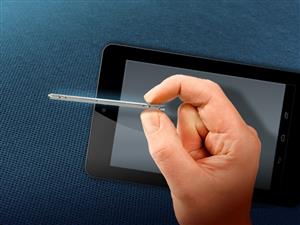 The best and fastest computer upgrade I ever made was when I went from a hard-disk to a solid-state drive. It greatly improved my boot speed and overall performance. However, with great speed came a great decrease in storage space. At the time, I had gone from a 2TB HDD to a 90GB SSD.
The best and fastest computer upgrade I ever made was when I went from a hard-disk to a solid-state drive. It greatly improved my boot speed and overall performance. However, with great speed came a great decrease in storage space. At the time, I had gone from a 2TB HDD to a 90GB SSD.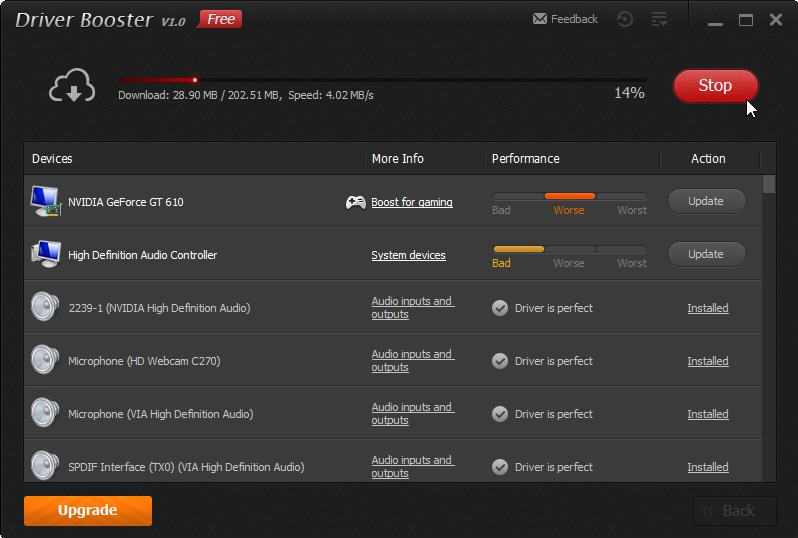
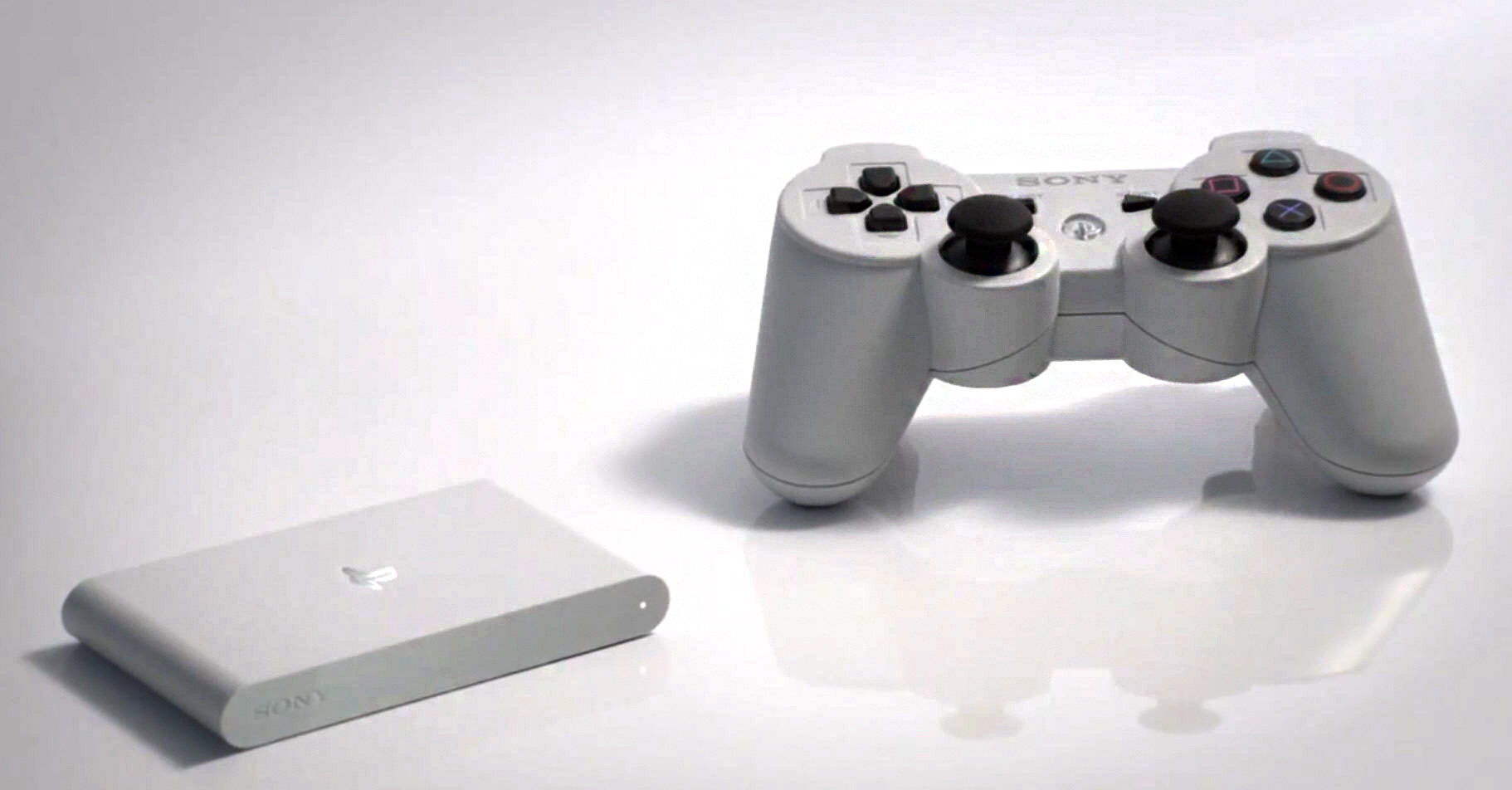
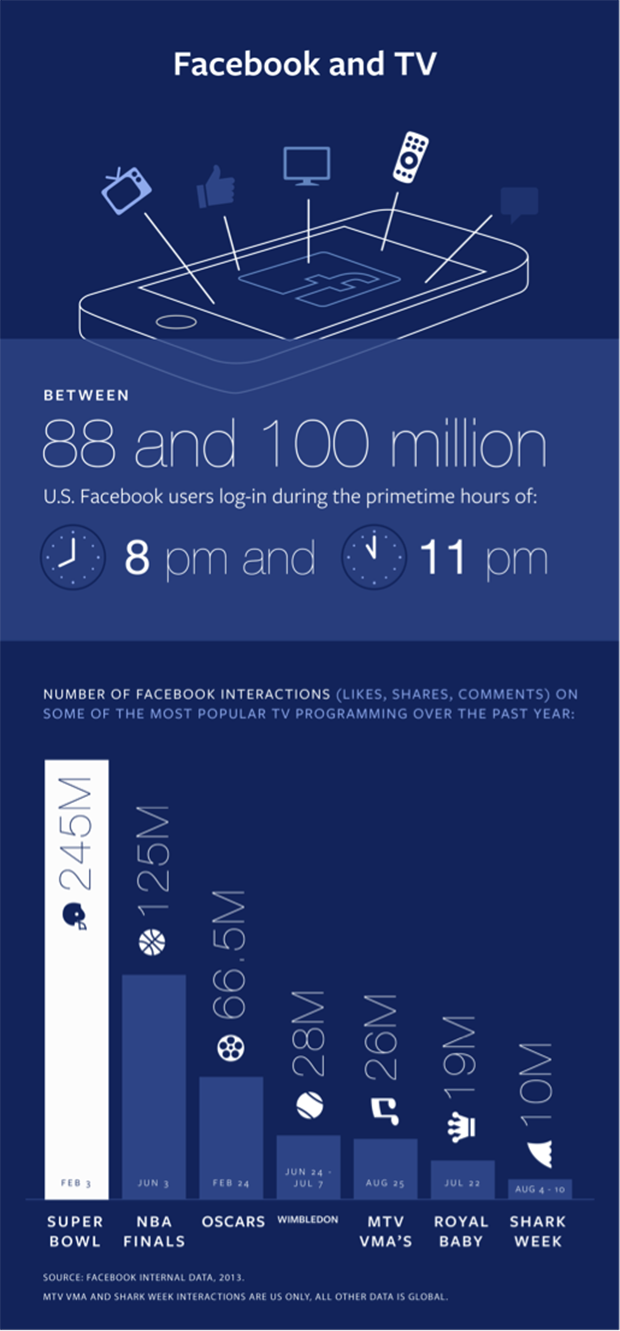
 Chief information officers are increasingly looking at enterprise architecture in order to drive their digital strategy according the latest research by analysts
Chief information officers are increasingly looking at enterprise architecture in order to drive their digital strategy according the latest research by analysts 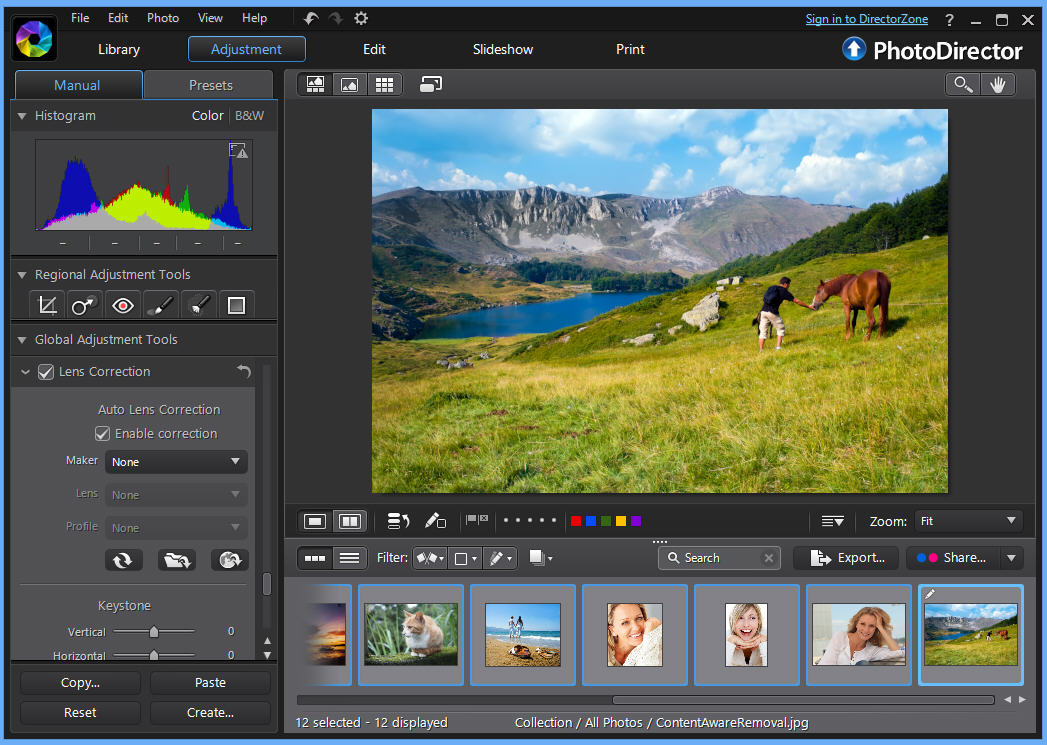
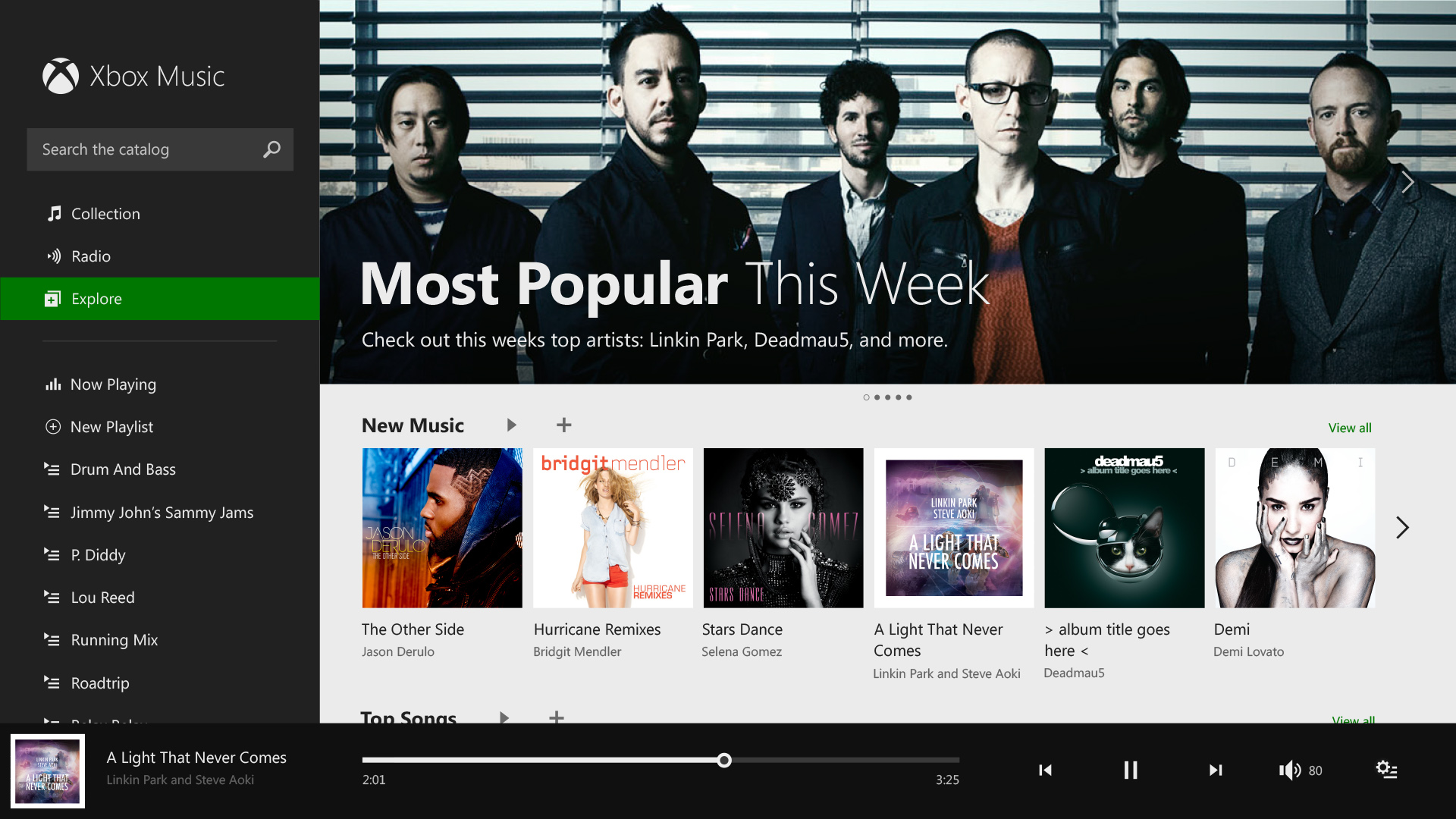
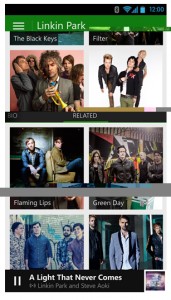 The Xbox Music expansion doesn’t end there. Microsoft will be adding Radio to its web player in the coming months, and a Web Playlist feature -- which scans tracks on a web page and then creates a custom playlist inside Xbox Music -- will be added to Windows 8 on October 17, rolling out alongside Windows 8.1.
The Xbox Music expansion doesn’t end there. Microsoft will be adding Radio to its web player in the coming months, and a Web Playlist feature -- which scans tracks on a web page and then creates a custom playlist inside Xbox Music -- will be added to Windows 8 on October 17, rolling out alongside Windows 8.1. Looking at the biggest stories on BetaNews from September, 1 - 7, 2013. This was a week packed with news from IFA in Berlin -- lots of big announcements to whet our appetites for the coming months.
Looking at the biggest stories on BetaNews from September, 1 - 7, 2013. This was a week packed with news from IFA in Berlin -- lots of big announcements to whet our appetites for the coming months.  America has been a leader in space since Neil Armstrong set foot on the moon and I was still wearing diapers. A teacher rolled a TV into our classroom letting us all view the landing of the first Space Shuttle mission and, later, Challenger's journey tragically ended on my birthday as I sat stunned in front of my TV.
America has been a leader in space since Neil Armstrong set foot on the moon and I was still wearing diapers. A teacher rolled a TV into our classroom letting us all view the landing of the first Space Shuttle mission and, later, Challenger's journey tragically ended on my birthday as I sat stunned in front of my TV.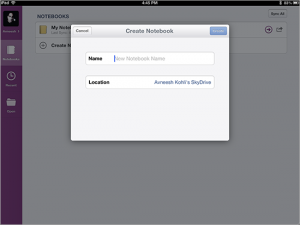 Microsoft is locked in a battle for your note-taking needs on mobile devices. Evernote is the perceived king of the field, but OneNote is certainly a strong competitor and today the software giant announces improvements to the iOS version of the Office app.
Microsoft is locked in a battle for your note-taking needs on mobile devices. Evernote is the perceived king of the field, but OneNote is certainly a strong competitor and today the software giant announces improvements to the iOS version of the Office app.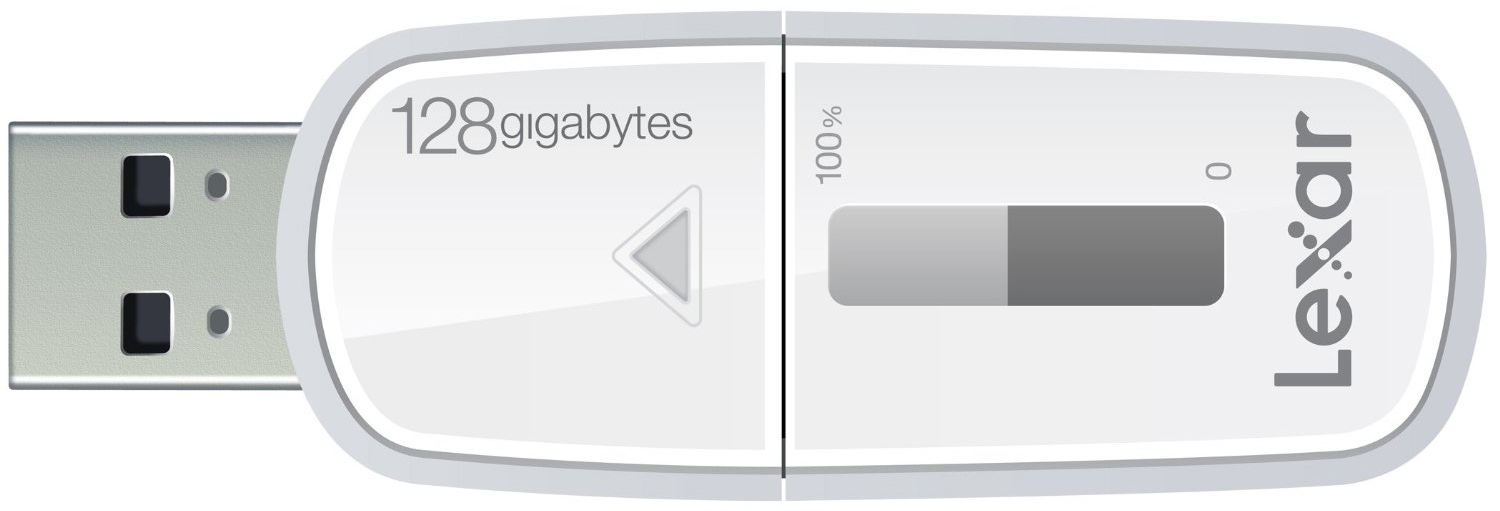
 A taste of the future of computing is available from the Physics department of the
A taste of the future of computing is available from the Physics department of the 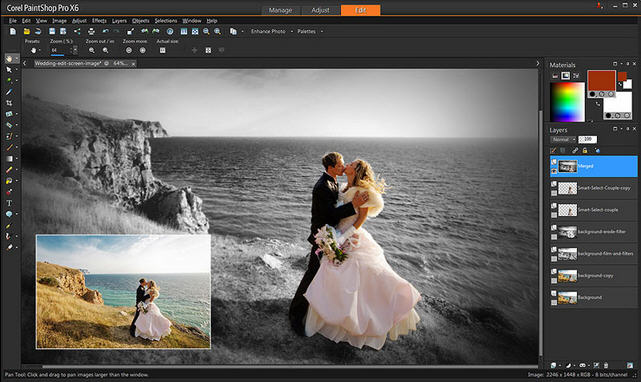
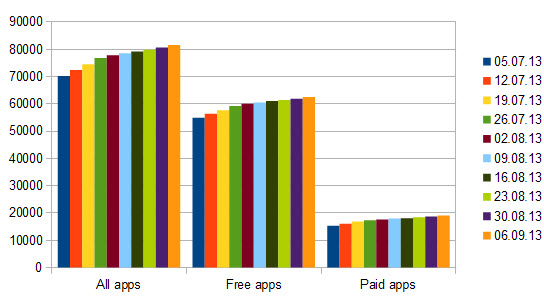
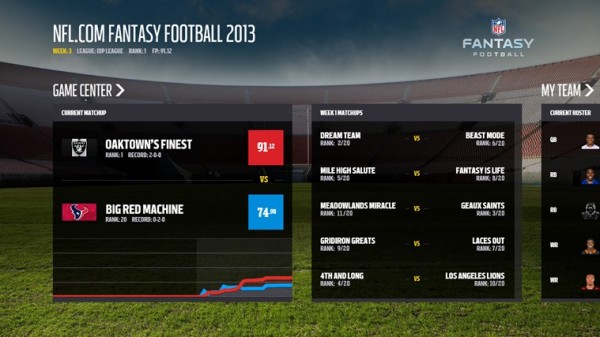
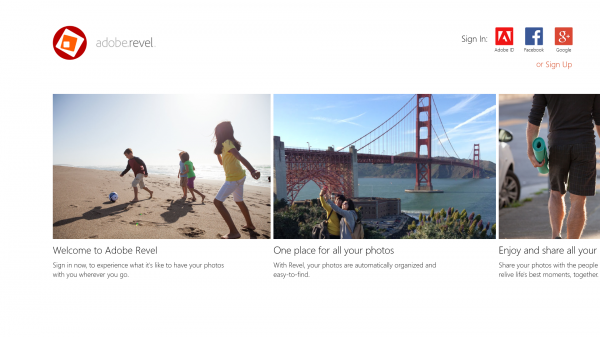
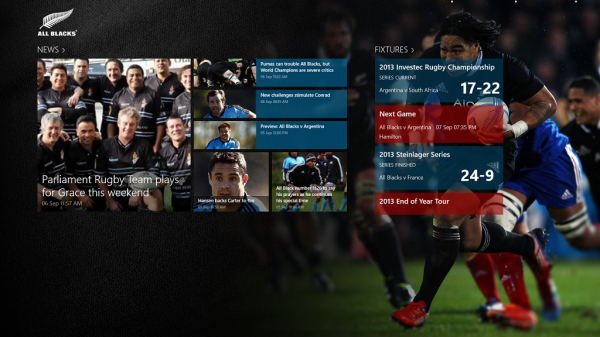
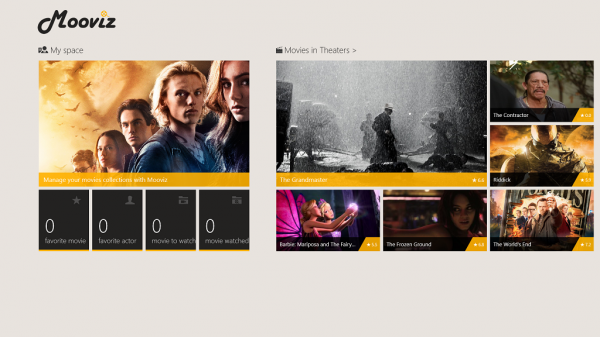
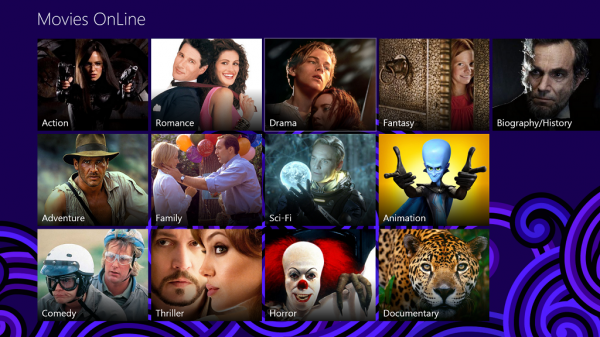

 Apple says it will appeal against
Apple says it will appeal against 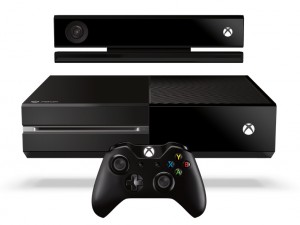 Microsoft's partnership with the National Football League has entered the spotlight recently, thanks to the software giant
Microsoft's partnership with the National Football League has entered the spotlight recently, thanks to the software giant 
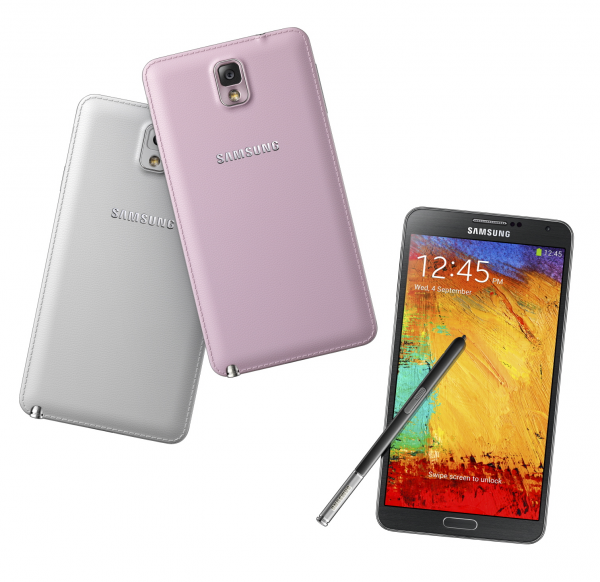
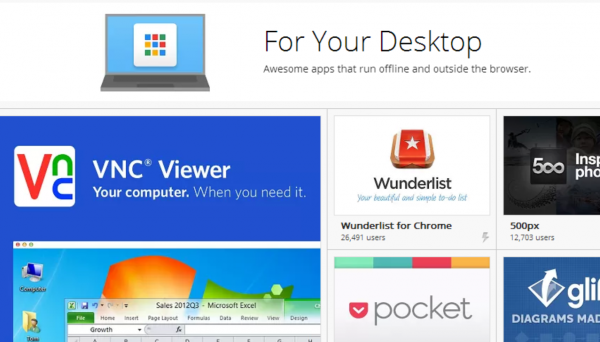
 I love frozen yogurt; particularly
I love frozen yogurt; particularly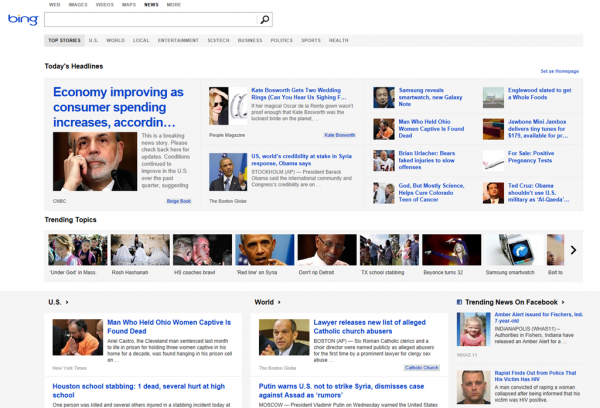
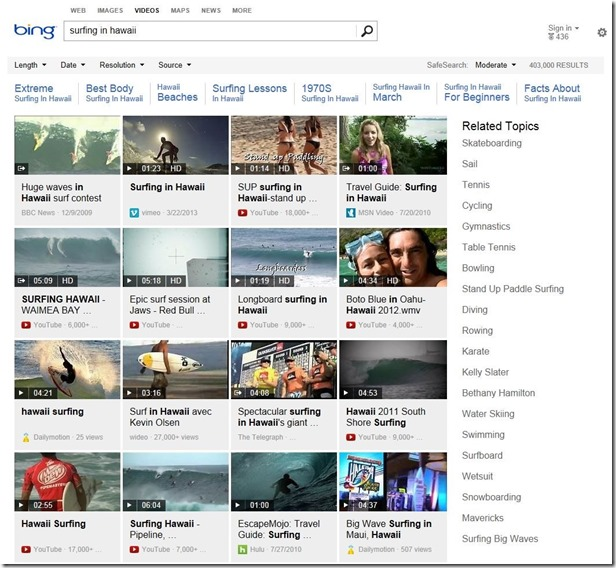
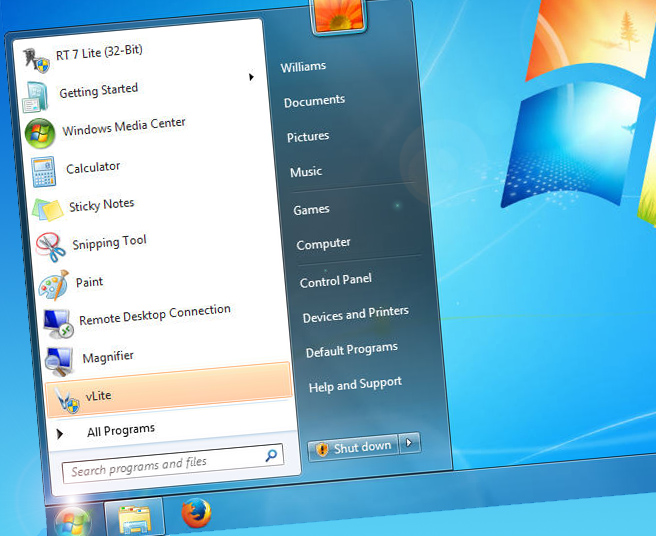 When Windows 95 was released there was a lot of fuss about the Start menu and debate about whether it would catch-on. It was a significant departure from icon shortcuts in program groups; or superficially at least. In reality, it was simply the program groups (folders) put in a hierarchical order and rather wisely, the option to place folders, icons and shortcuts on the desktop remained (to this day).
When Windows 95 was released there was a lot of fuss about the Start menu and debate about whether it would catch-on. It was a significant departure from icon shortcuts in program groups; or superficially at least. In reality, it was simply the program groups (folders) put in a hierarchical order and rather wisely, the option to place folders, icons and shortcuts on the desktop remained (to this day). Andy Gowen is a compulsive buyer of the latest and brightest tech. He has managed UK regional IT projects, has a successful consultancy business and is COO of Extremis Technology; a company that develops communities for people displaced by disaster. Andy is an associate lecturer at the University of East Anglia teaching market strategy and leadership.
Andy Gowen is a compulsive buyer of the latest and brightest tech. He has managed UK regional IT projects, has a successful consultancy business and is COO of Extremis Technology; a company that develops communities for people displaced by disaster. Andy is an associate lecturer at the University of East Anglia teaching market strategy and leadership.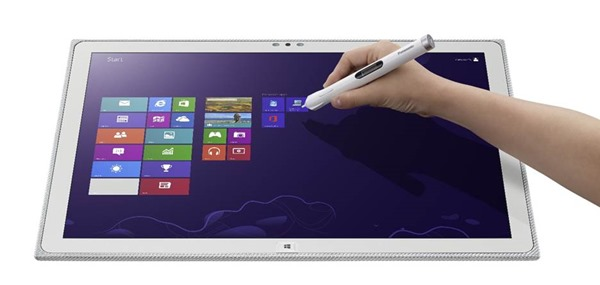
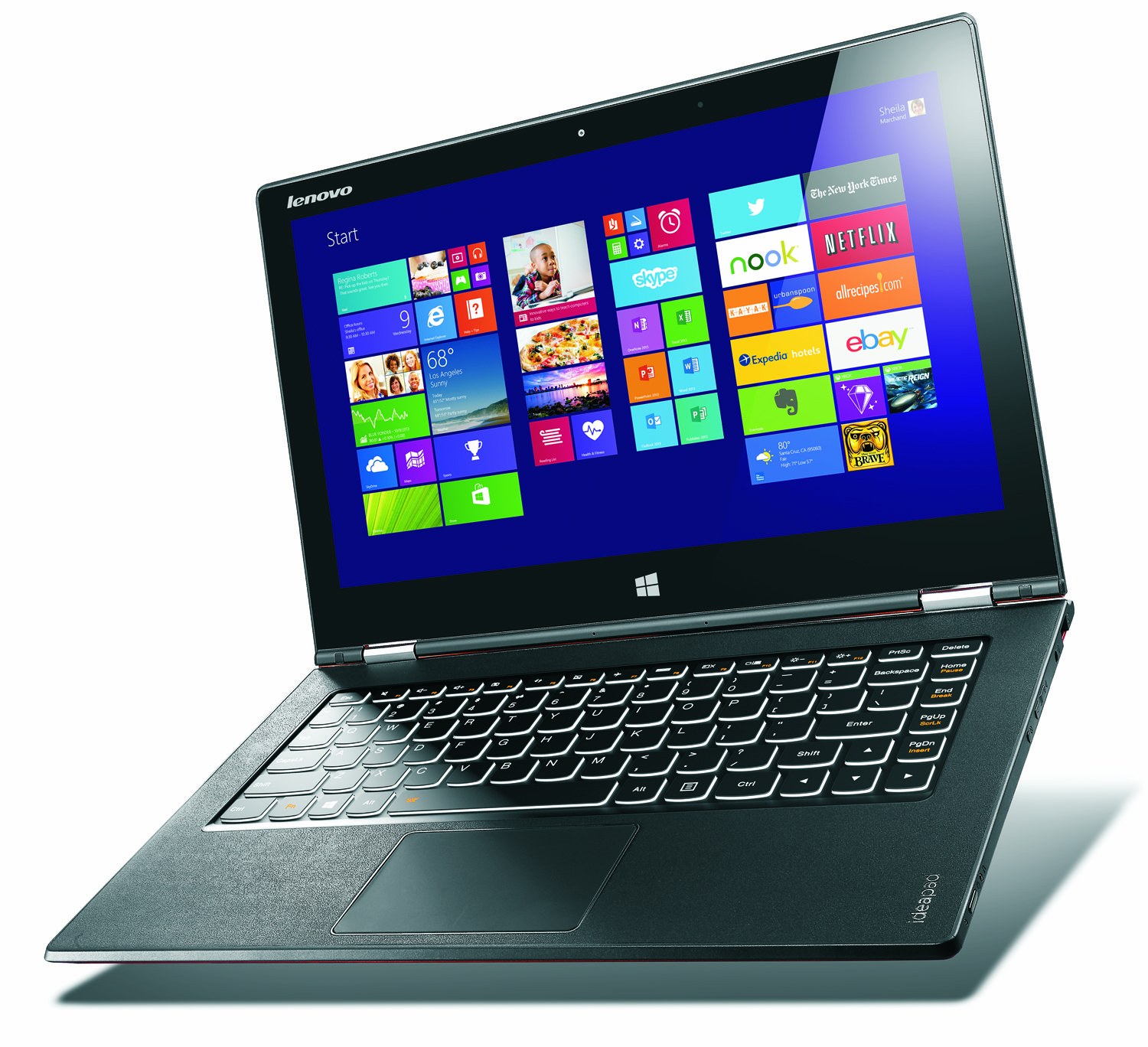 Earlier in the week, Lenovo
Earlier in the week, Lenovo 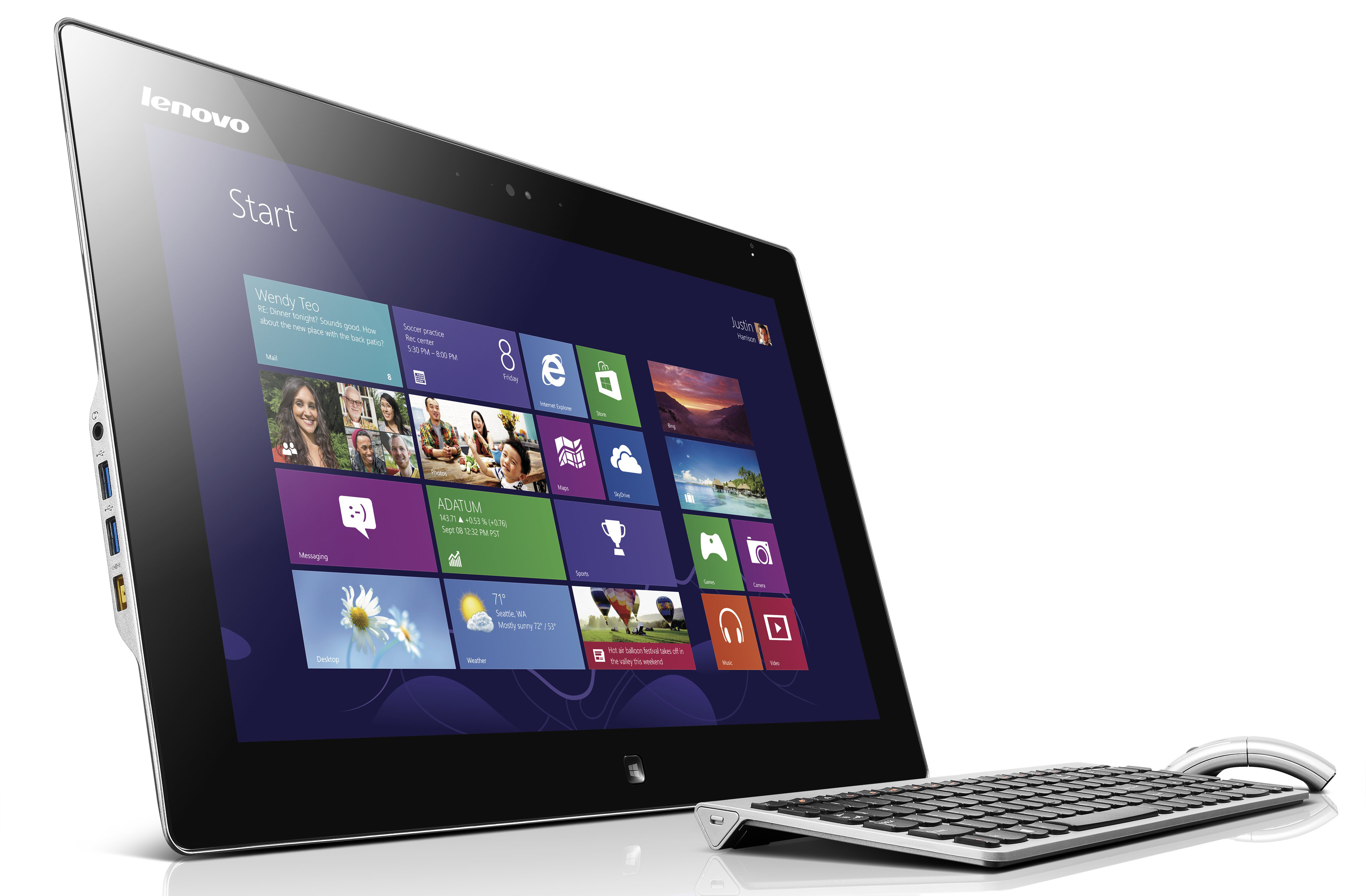

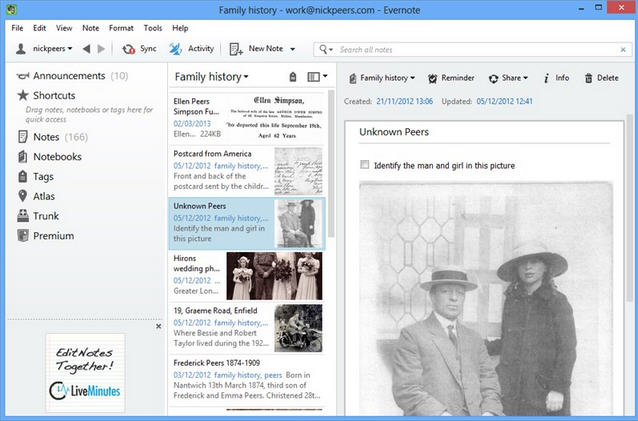





 Derrick Wlodarz is an IT Specialist who owns Park Ridge, IL (USA) based technology consulting & service company
Derrick Wlodarz is an IT Specialist who owns Park Ridge, IL (USA) based technology consulting & service company  In recent weeks we've seen social collaboration become the new black as far as business computing is concerned.
In recent weeks we've seen social collaboration become the new black as far as business computing is concerned. 

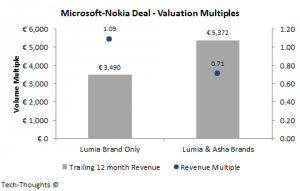 Nokia's "Devices & Services" division generated revenues of almost €27 billion over the last 12 months. However, this included Nokia's feature phone division which is practically worthless from Microsoft's perspective. At best, Microsoft may have considered the Asha range to be relevant, while ignoring the rest of the feature phone portfolio. Using Lumia revenues for the last 12 months, the deal was valued at 1.09 times revenue (effectively €187 for every Lumia sold in the past 12 months). If we use Lumia/Asha revenue, the deal was valued at 0.71 times revenue. Earnings multiples in this case were irrelevant as Nokia was making operating losses.
Nokia's "Devices & Services" division generated revenues of almost €27 billion over the last 12 months. However, this included Nokia's feature phone division which is practically worthless from Microsoft's perspective. At best, Microsoft may have considered the Asha range to be relevant, while ignoring the rest of the feature phone portfolio. Using Lumia revenues for the last 12 months, the deal was valued at 1.09 times revenue (effectively €187 for every Lumia sold in the past 12 months). If we use Lumia/Asha revenue, the deal was valued at 0.71 times revenue. Earnings multiples in this case were irrelevant as Nokia was making operating losses.

 Sameer Singh is an M&A professional and business strategy consultant focusing on the mobile technology sector. He is founder and editor of
Sameer Singh is an M&A professional and business strategy consultant focusing on the mobile technology sector. He is founder and editor of 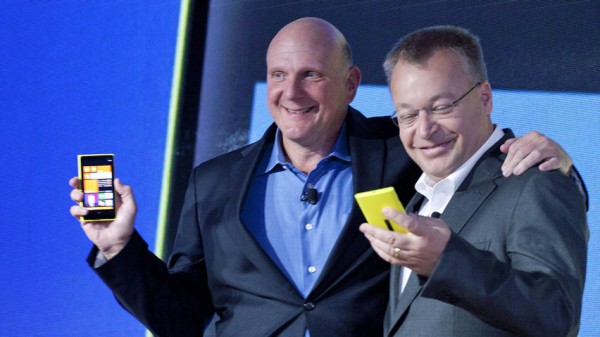
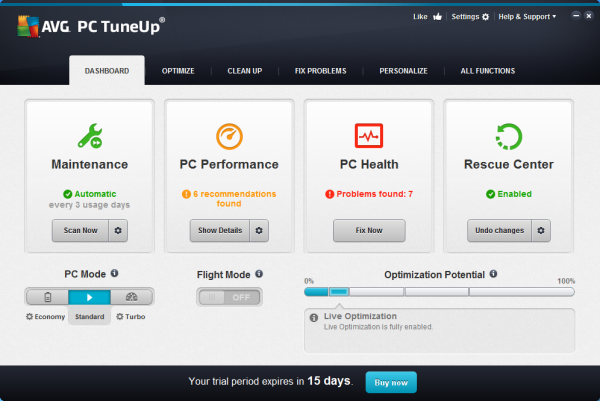
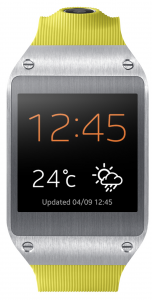 When I was in elementary school, I thought I was pretty cool. You see, I wore the Nintendo
When I was in elementary school, I thought I was pretty cool. You see, I wore the Nintendo 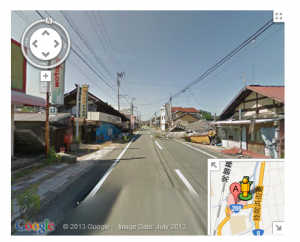 On March 11, 2011 a magnitude 9.0 earthquake struck off the coast of Japan, but despite the extremely high intensity of the tremor itself, it was the resulting tsunami that caused the real damage. Most notable, and scary, was the meltdown of three reactors at the Fukishima nuclear plant.
On March 11, 2011 a magnitude 9.0 earthquake struck off the coast of Japan, but despite the extremely high intensity of the tremor itself, it was the resulting tsunami that caused the real damage. Most notable, and scary, was the meltdown of three reactors at the Fukishima nuclear plant.
 I still remember buying my first 64-bit processor -- the AMD Athlon 64 3200+. I bought it a decade ago for a system built in 2003. At the time, home computers were still mostly using 32-bit processors and running 32-bit software. However, one of my favorite Linux distributions, Ubuntu, has been offering 64-bit versions since 2004 with the
I still remember buying my first 64-bit processor -- the AMD Athlon 64 3200+. I bought it a decade ago for a system built in 2003. At the time, home computers were still mostly using 32-bit processors and running 32-bit software. However, one of my favorite Linux distributions, Ubuntu, has been offering 64-bit versions since 2004 with the 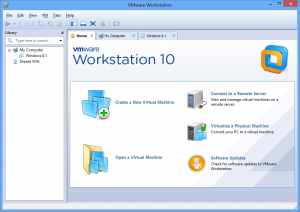 VMware today announces
VMware today announces 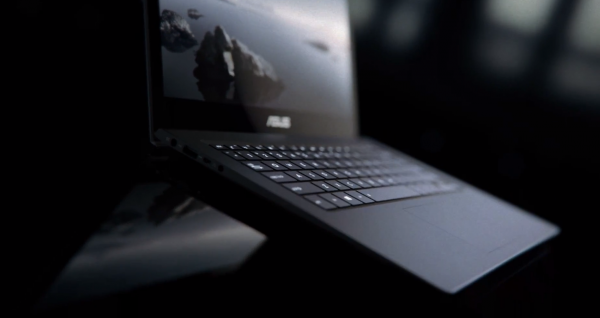
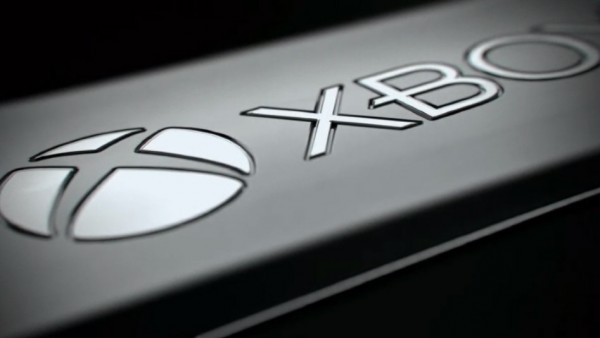
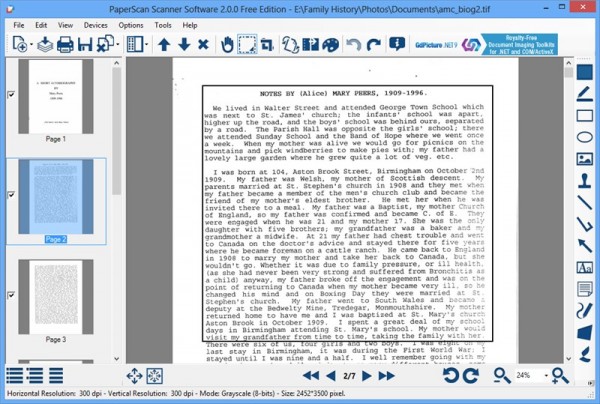

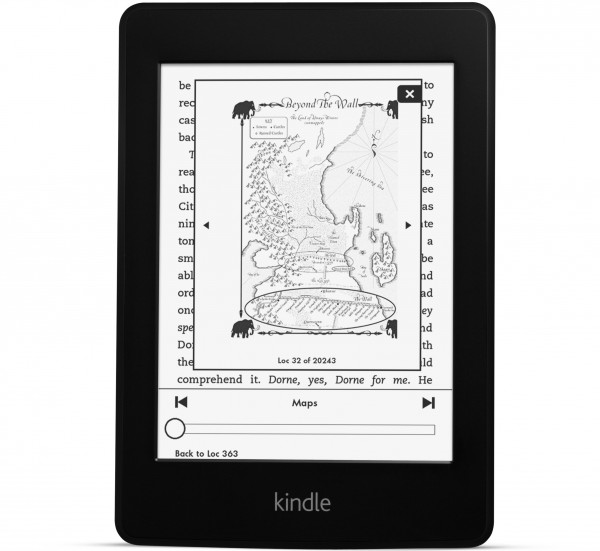

 Playing with fire is generally considered bad practice -- I know, as a parent I recommend my kids avoid it. Amazon, however has a whole new Matchbook that it can not wait to set alight. In this case, thankfully, there are no pyrotechnics involved -- just some good literature.
Playing with fire is generally considered bad practice -- I know, as a parent I recommend my kids avoid it. Amazon, however has a whole new Matchbook that it can not wait to set alight. In this case, thankfully, there are no pyrotechnics involved -- just some good literature.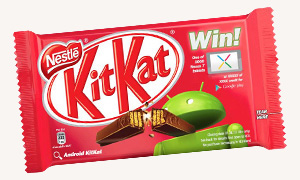 In 2004, Major League Baseball announced a Spiderman 2 promotion. The first, second and third bases would display the superhero's logo. As expected, baseball fans were livid and, as a result, the promotion was cancelled -- they did not want to cheapen the sport that they love. However, baseball is not just a game. It is an identity. Yes, people actually identify with the pastime, and the same can be said for Android. Sure, some may view it as just a mobile operating system, however, many geeks and nerds actually identify with the mobile OS. It is not just an operating system to them. Android is their stance against the establishment and a way to bond with other Google OS users.
In 2004, Major League Baseball announced a Spiderman 2 promotion. The first, second and third bases would display the superhero's logo. As expected, baseball fans were livid and, as a result, the promotion was cancelled -- they did not want to cheapen the sport that they love. However, baseball is not just a game. It is an identity. Yes, people actually identify with the pastime, and the same can be said for Android. Sure, some may view it as just a mobile operating system, however, many geeks and nerds actually identify with the mobile OS. It is not just an operating system to them. Android is their stance against the establishment and a way to bond with other Google OS users.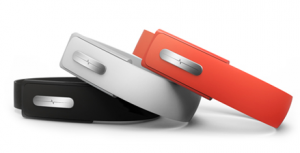 We've already seen an
We've already seen an 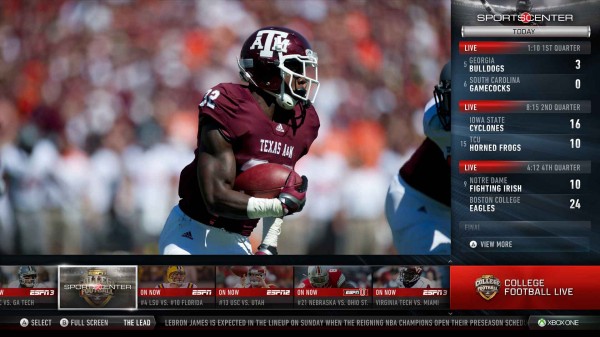
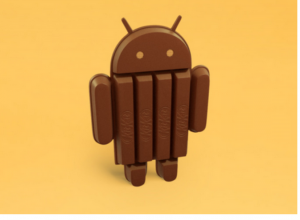 In something of a surprise move,
In something of a surprise move, 
